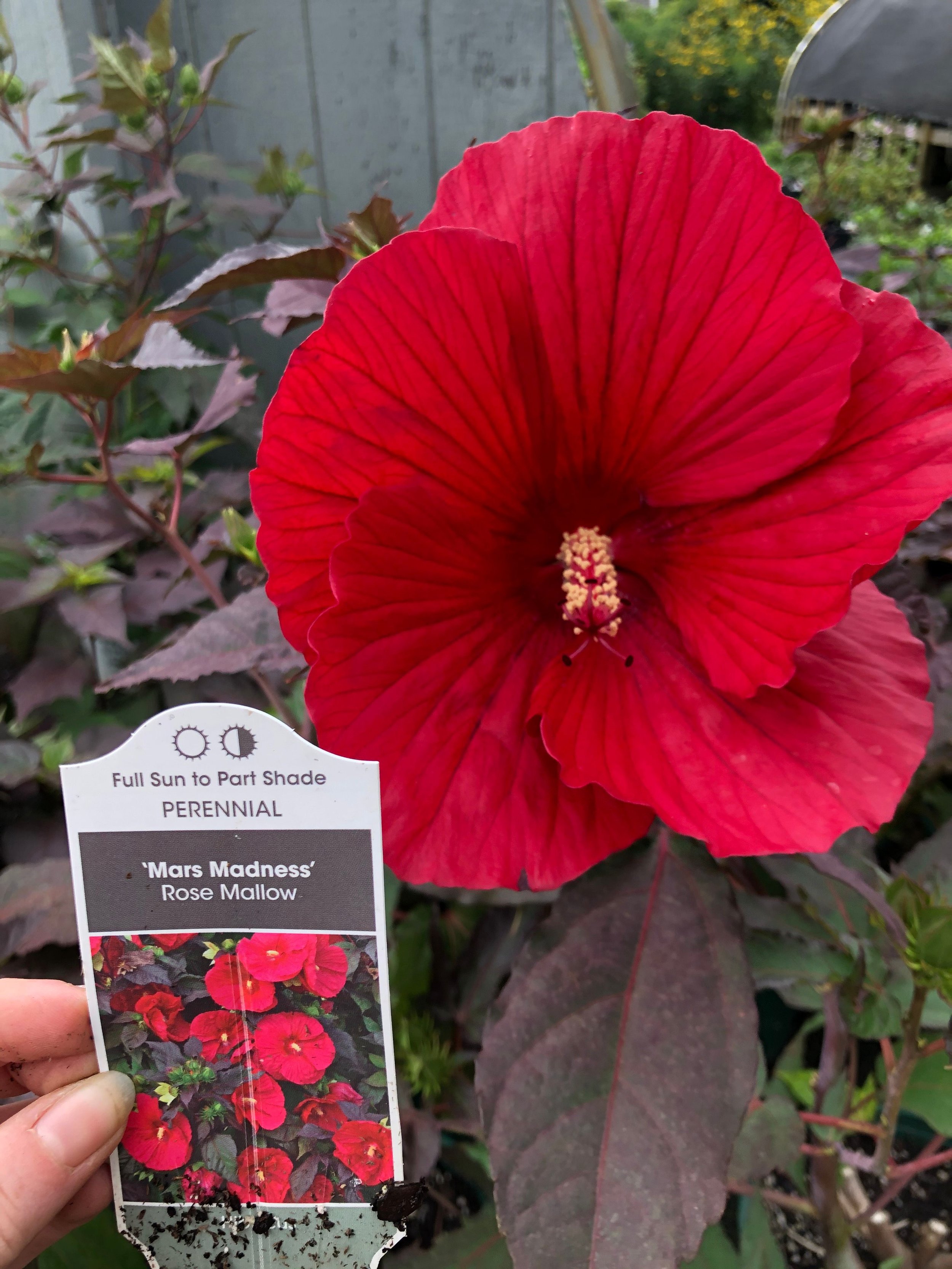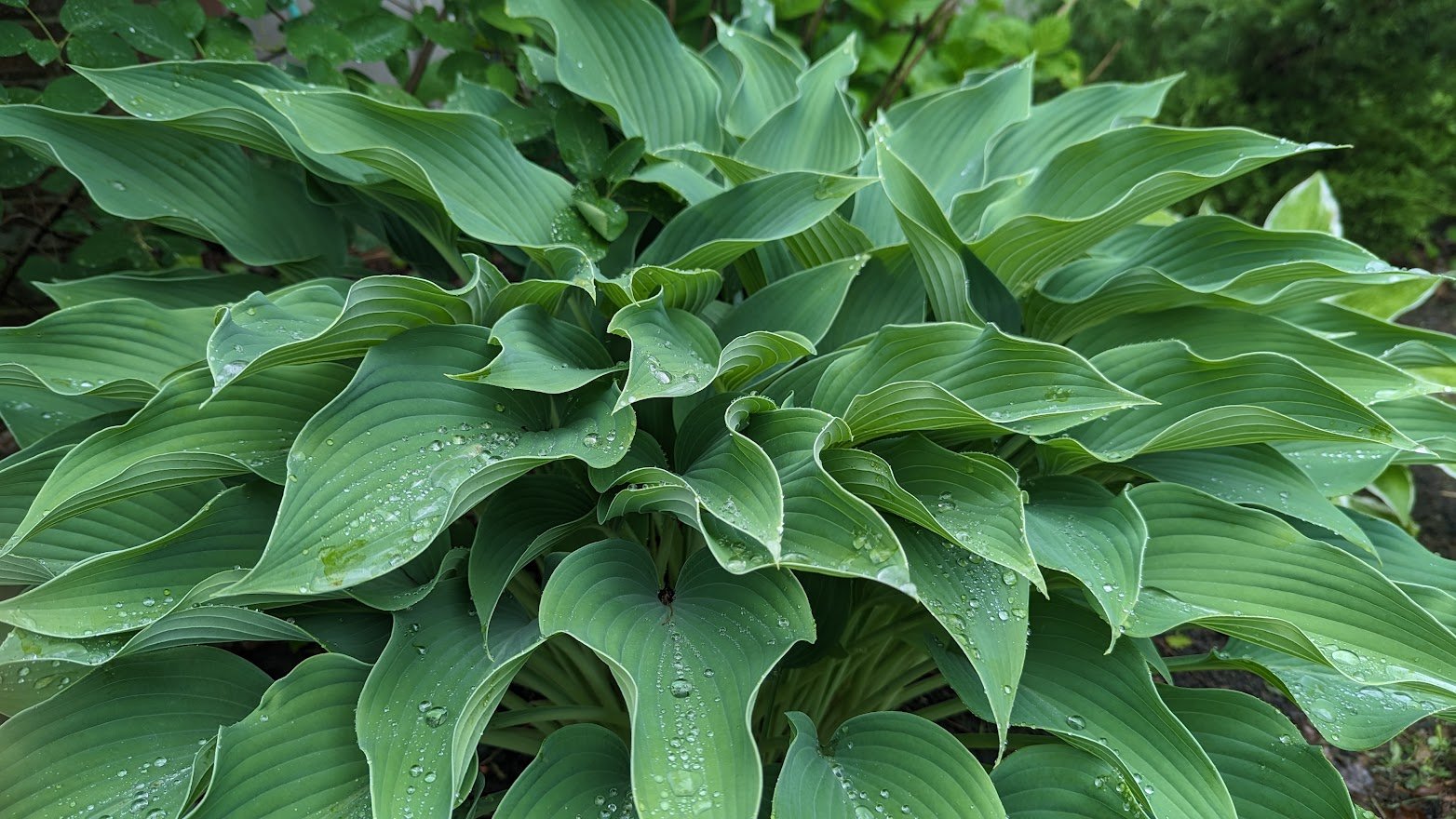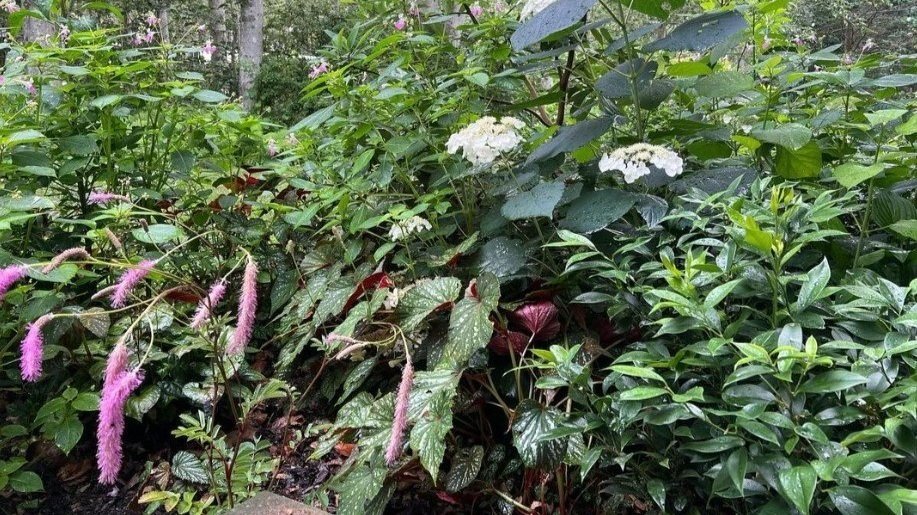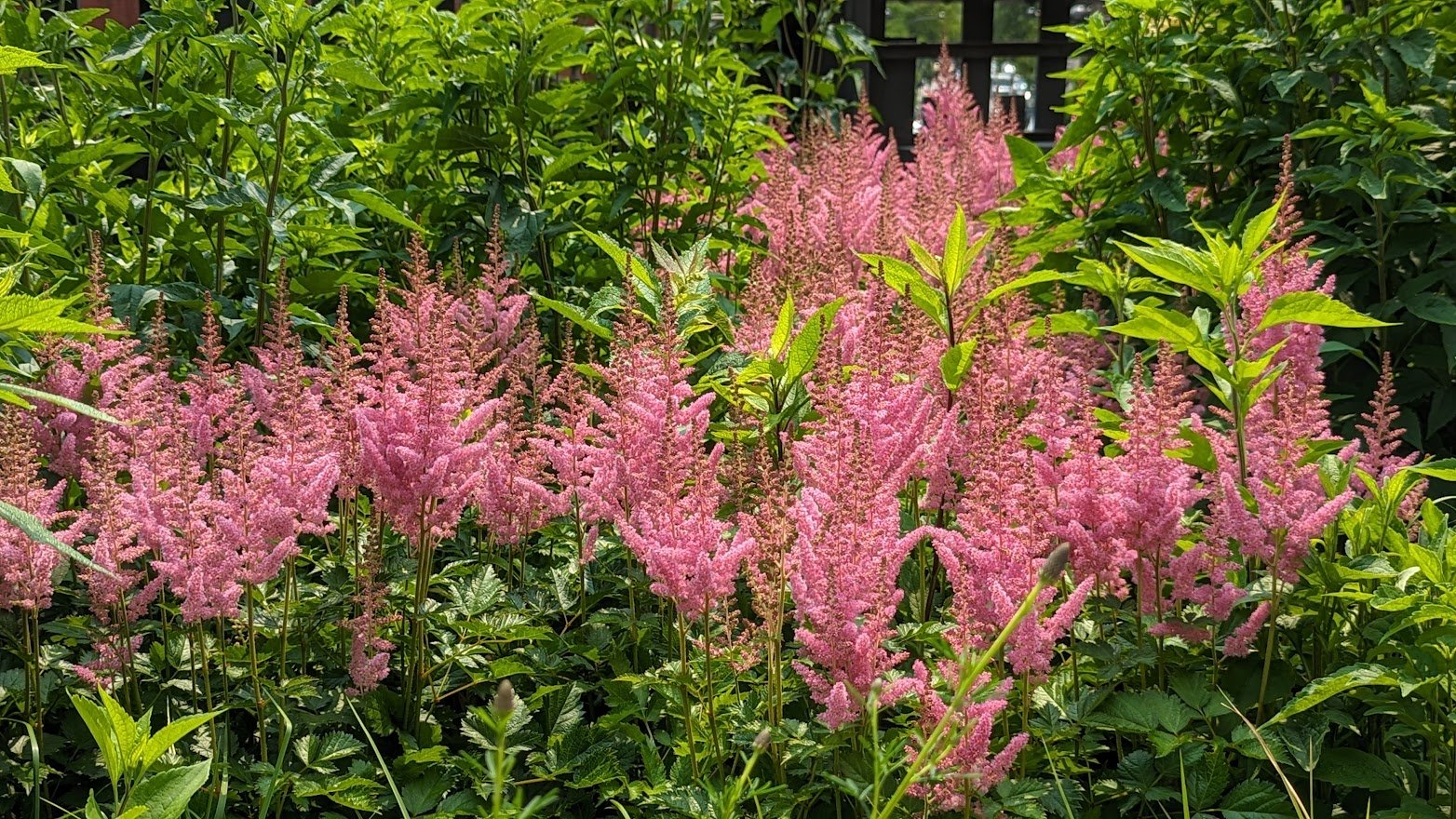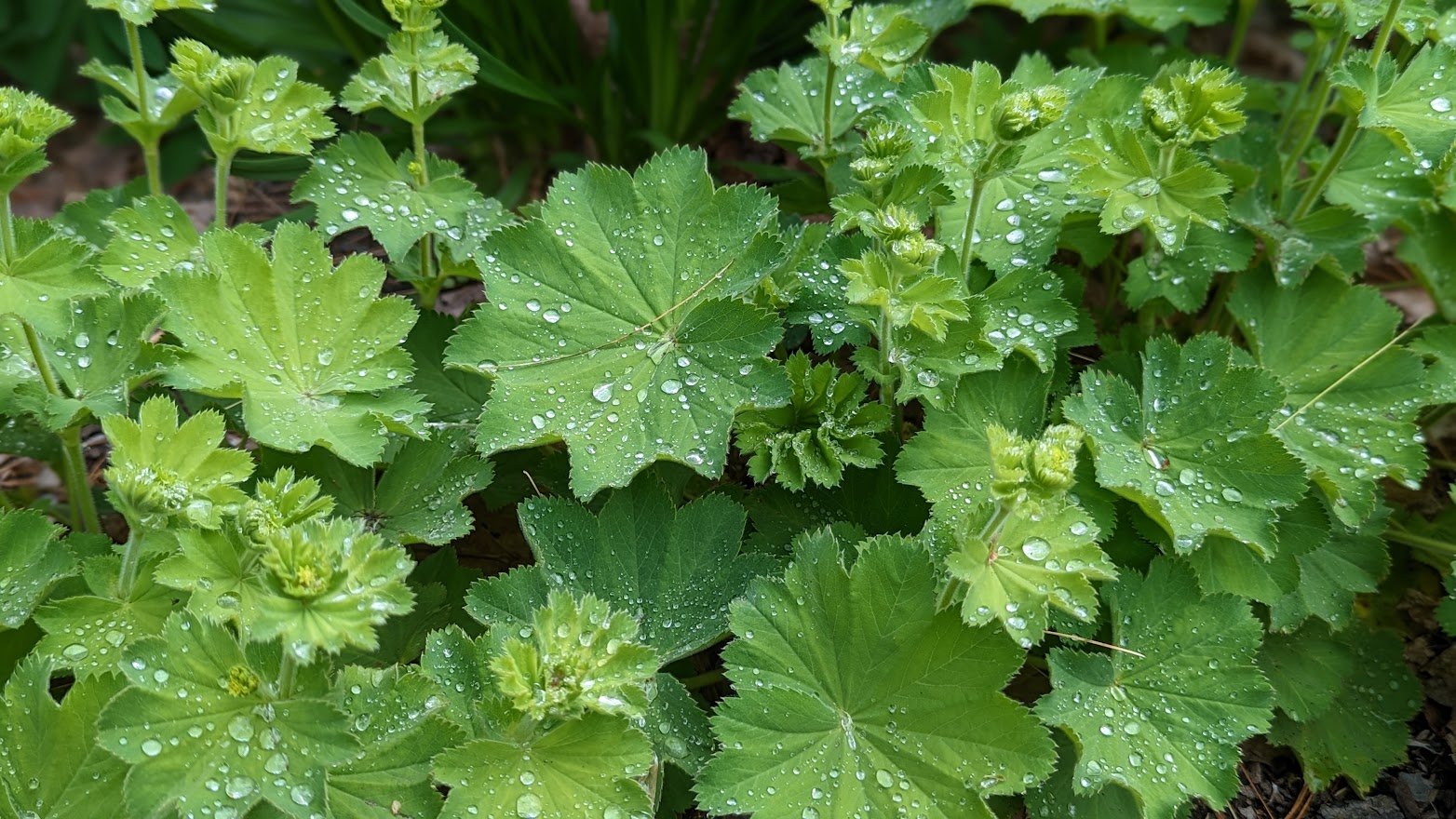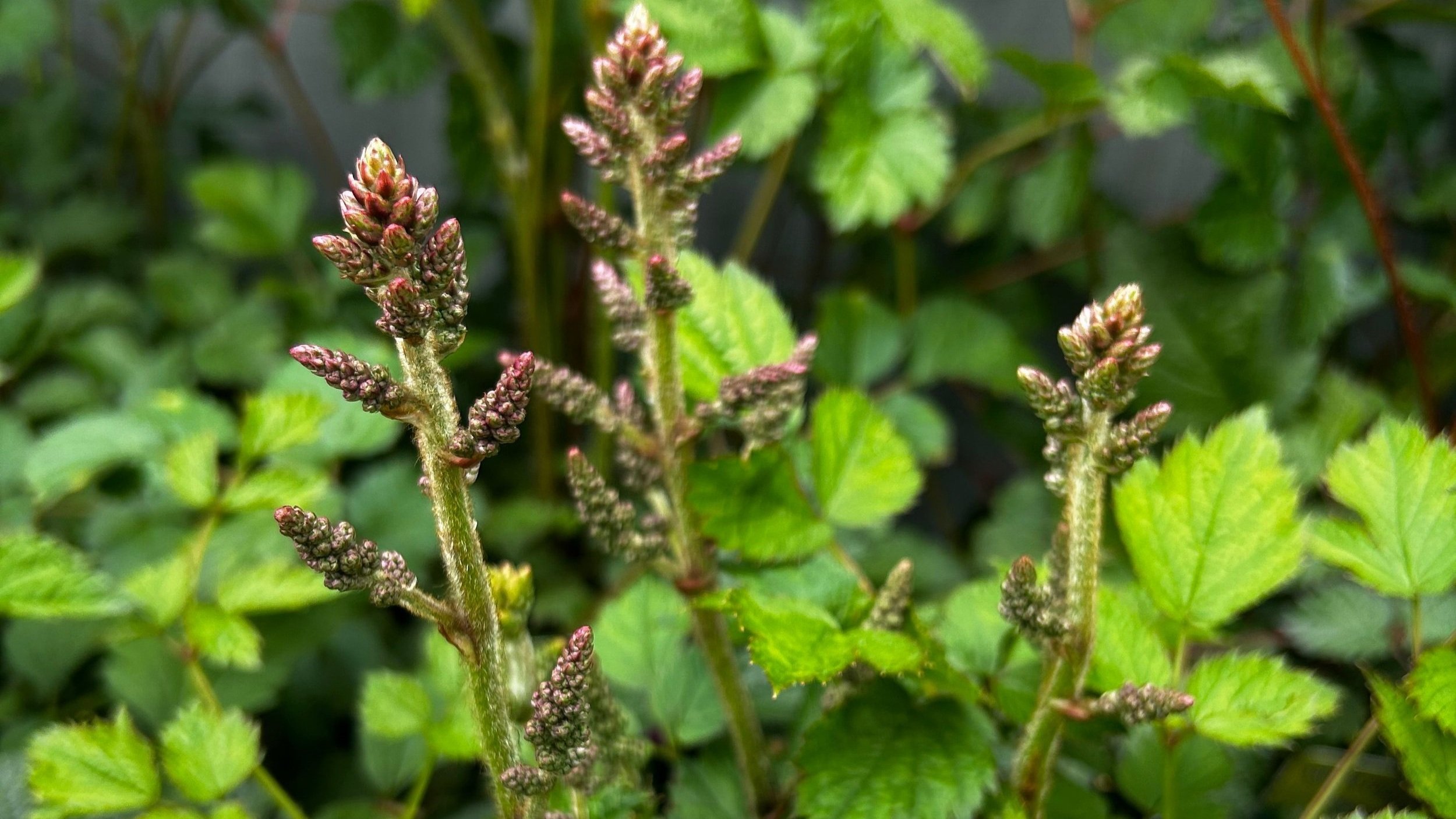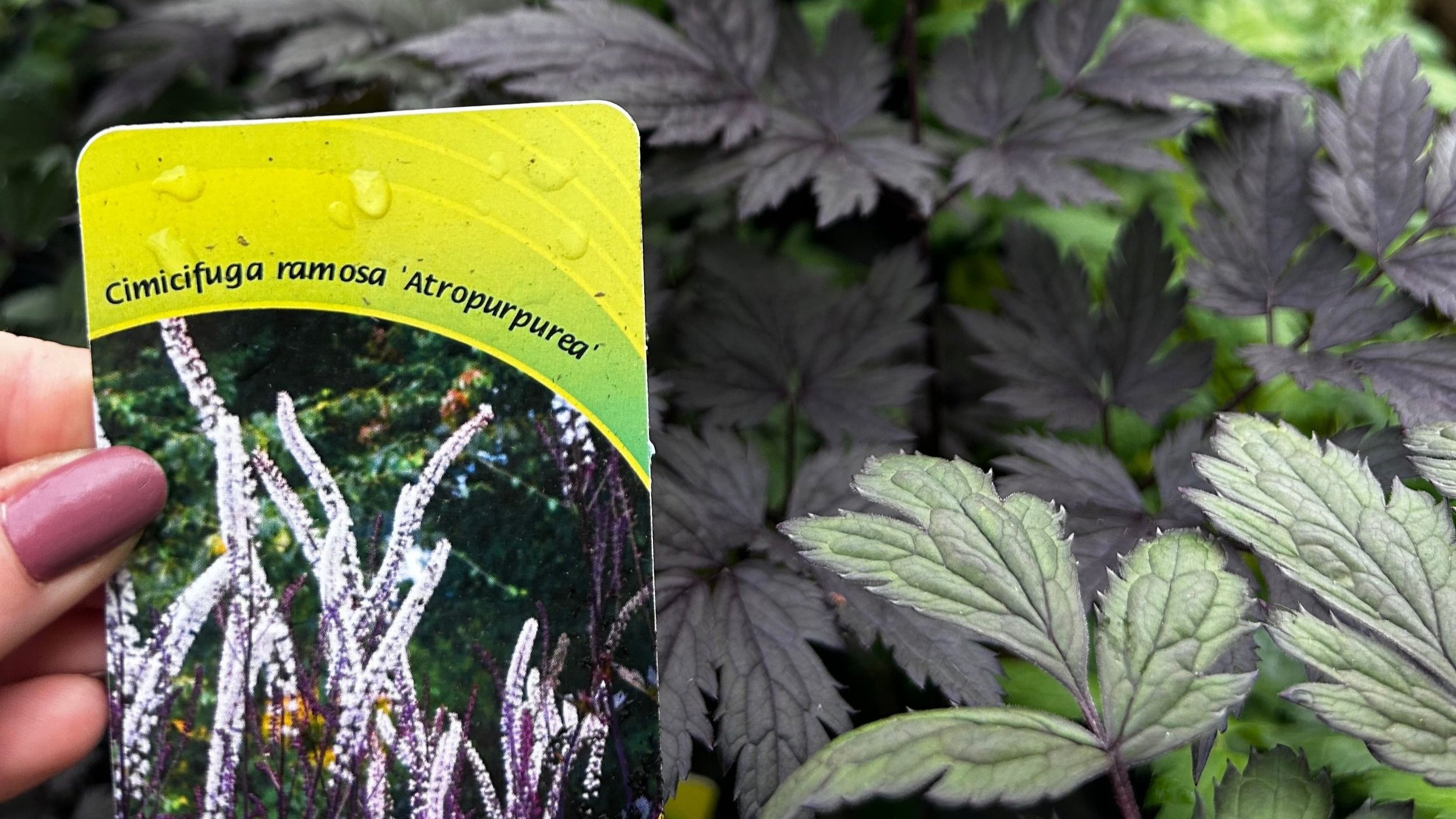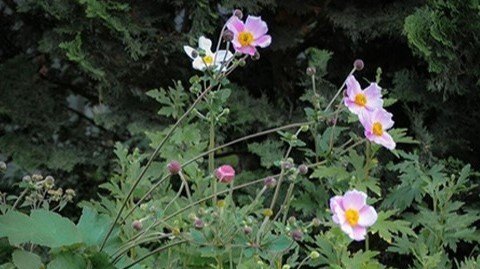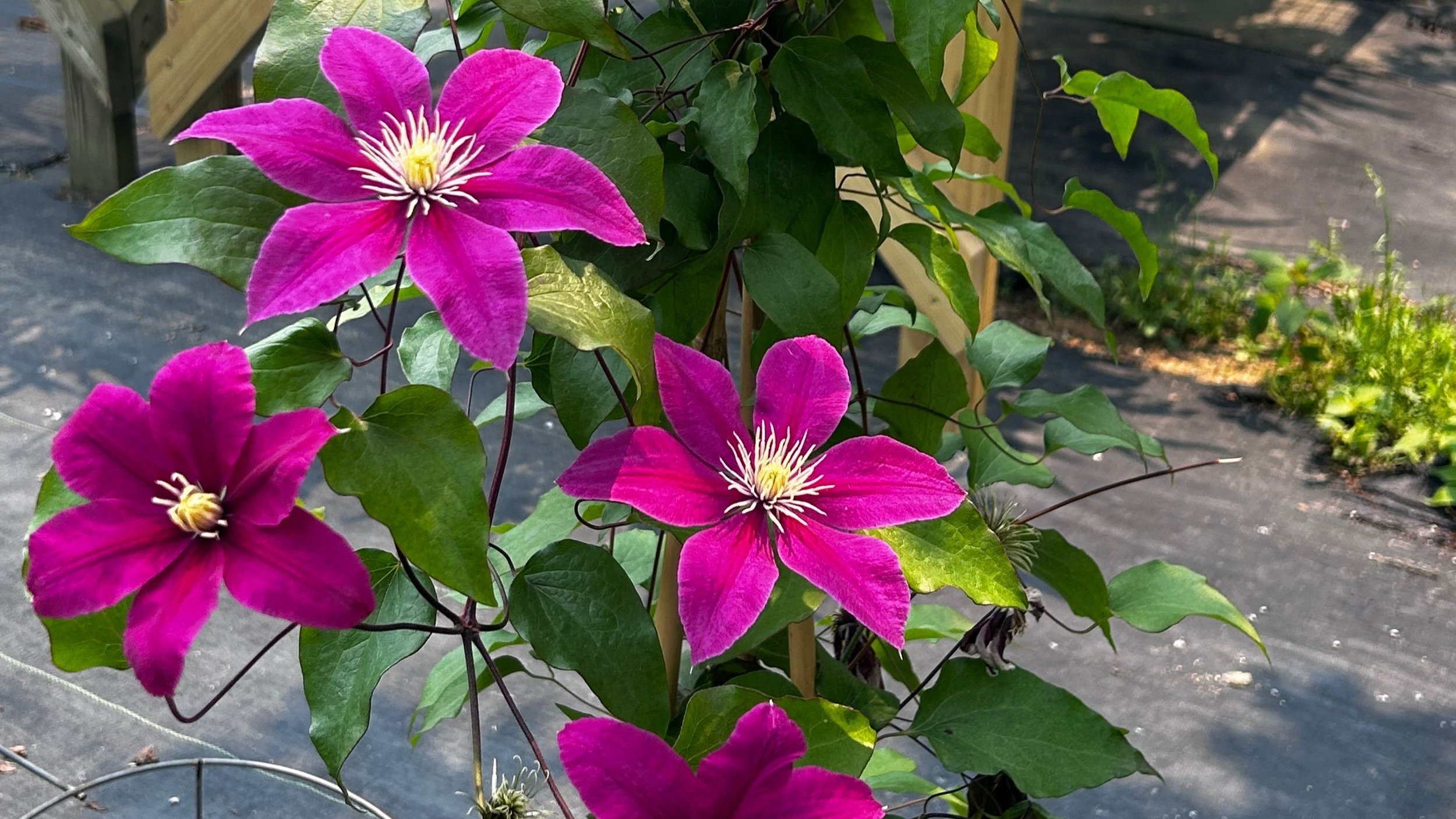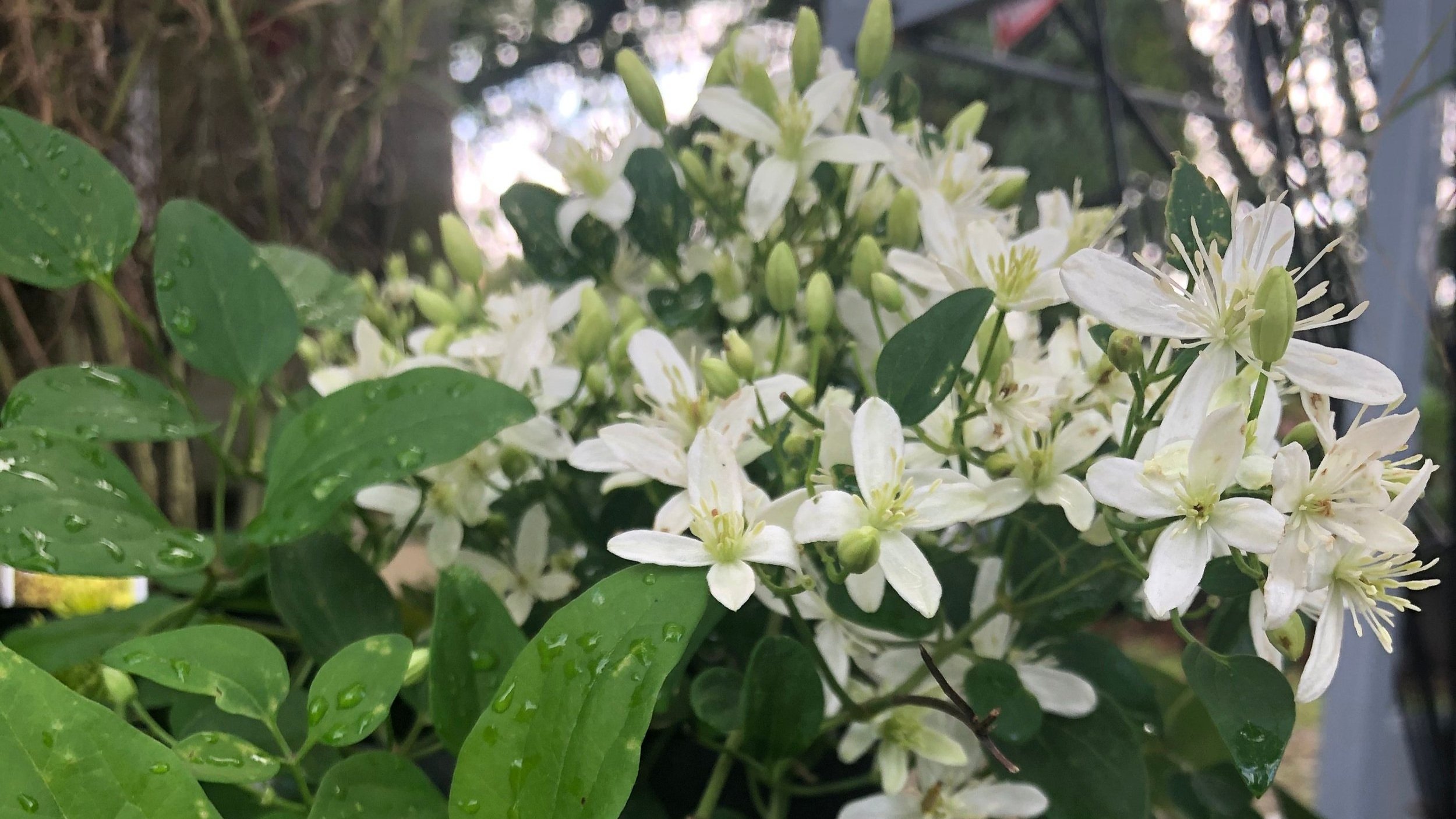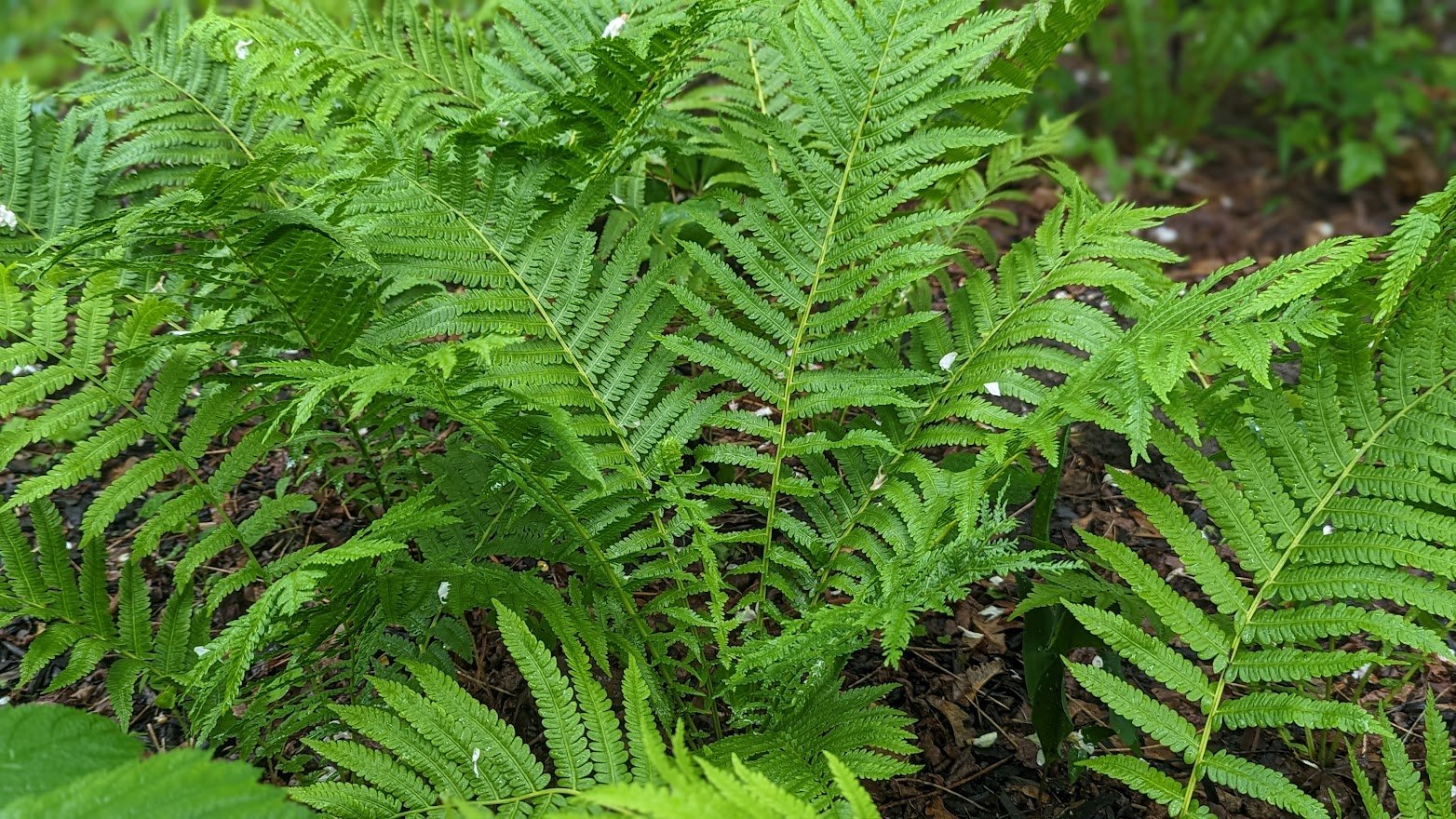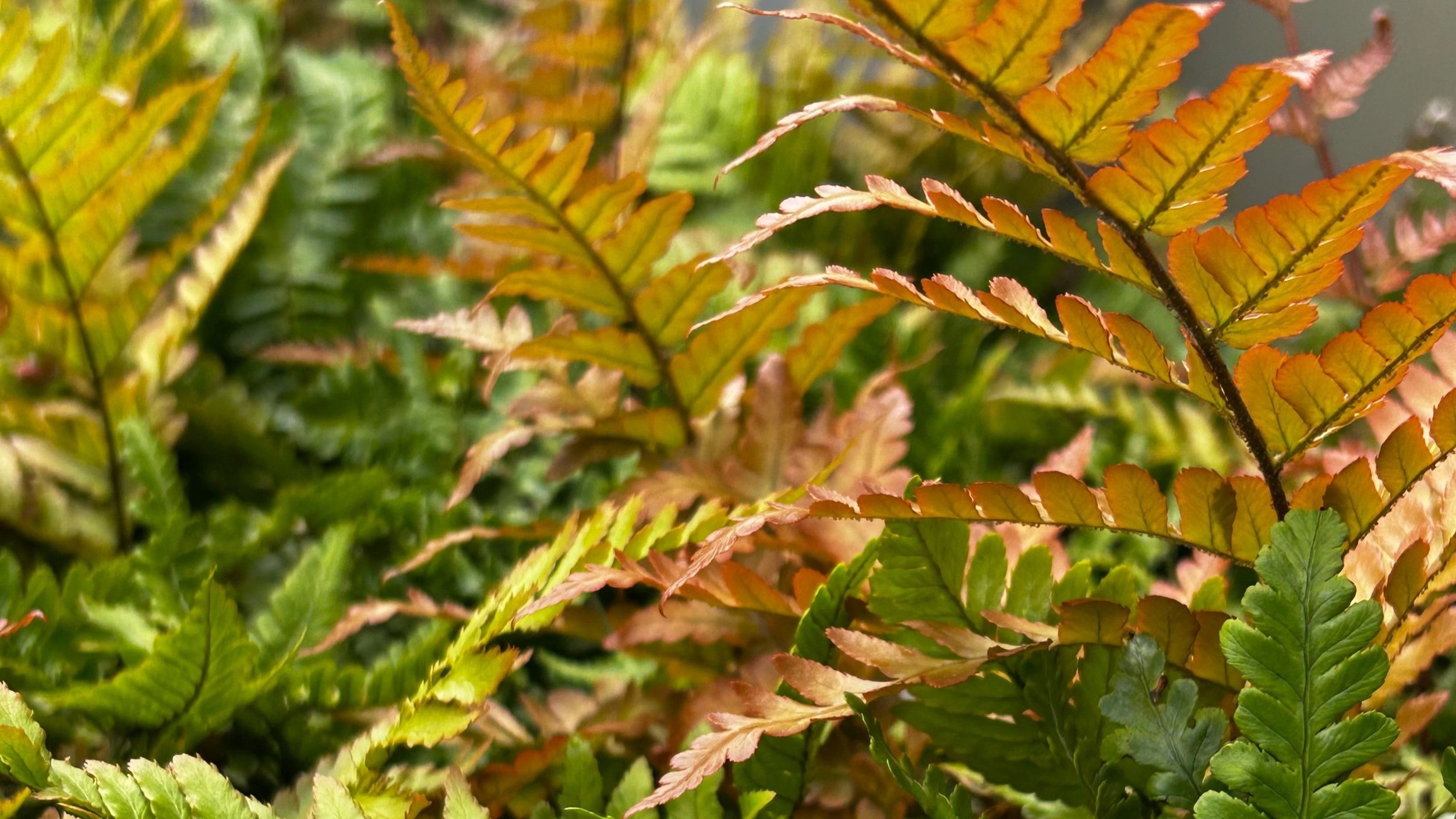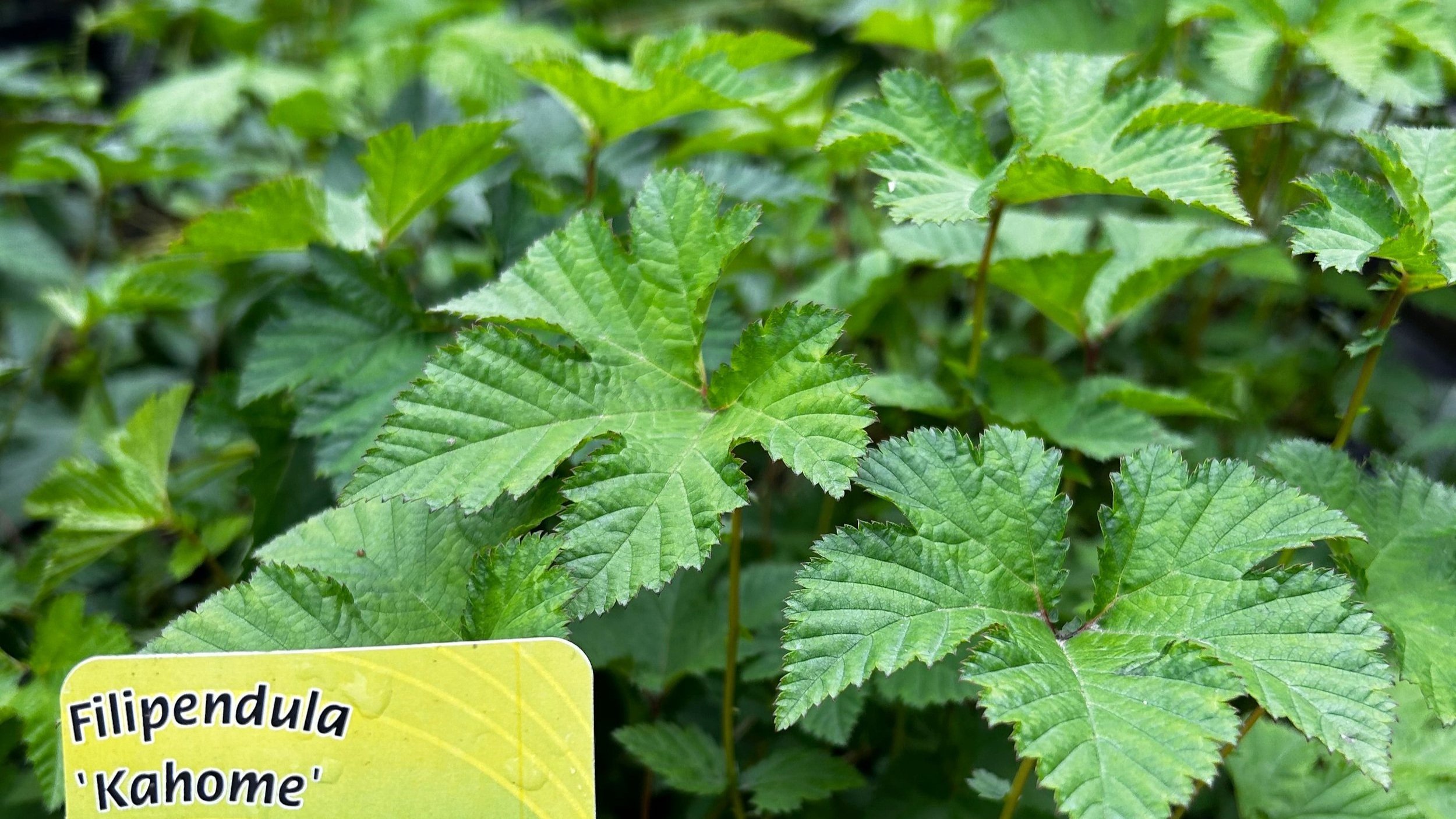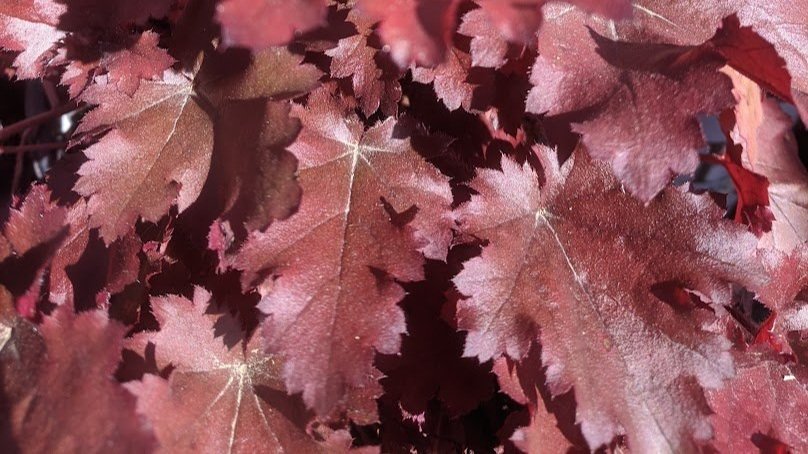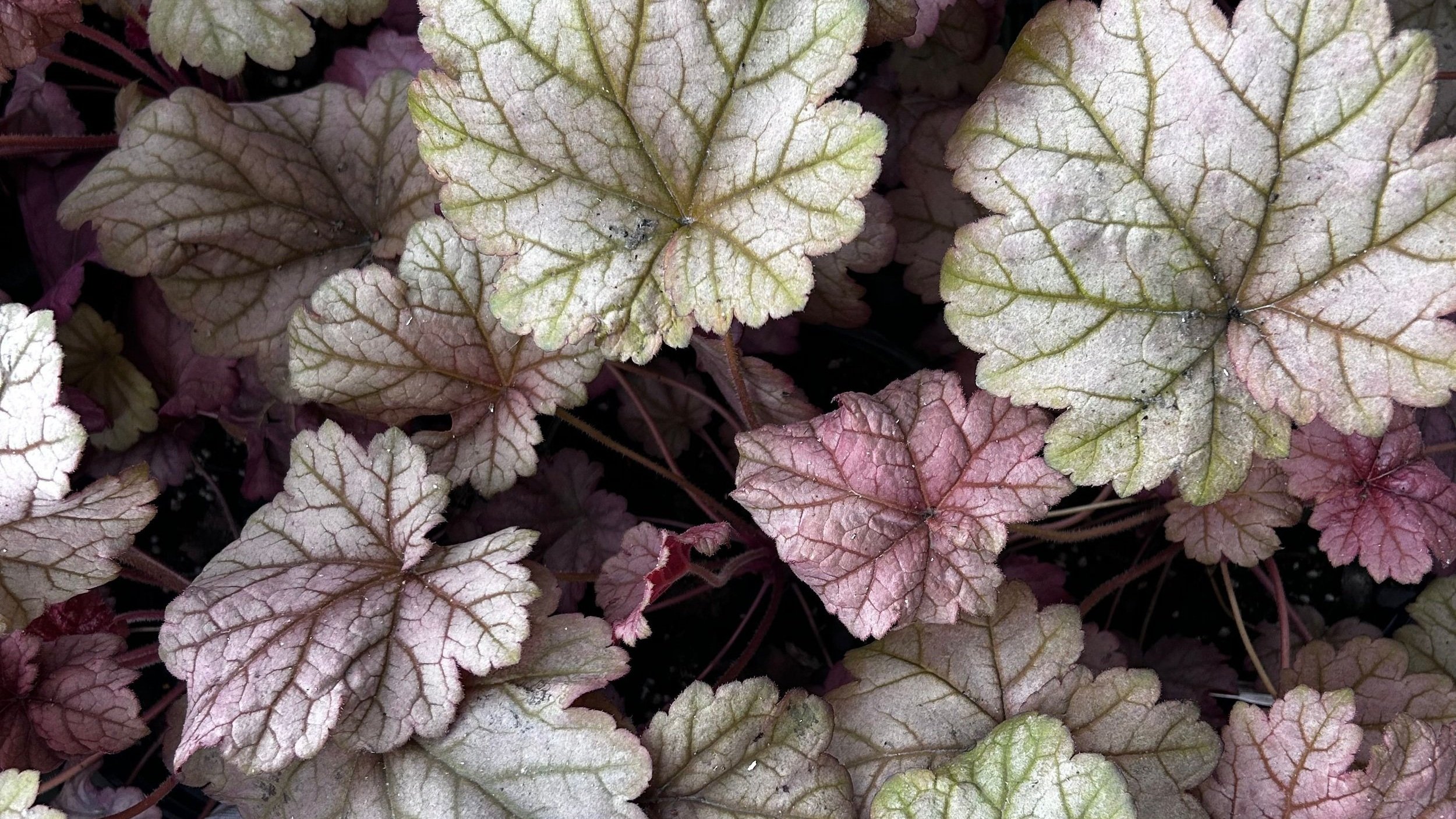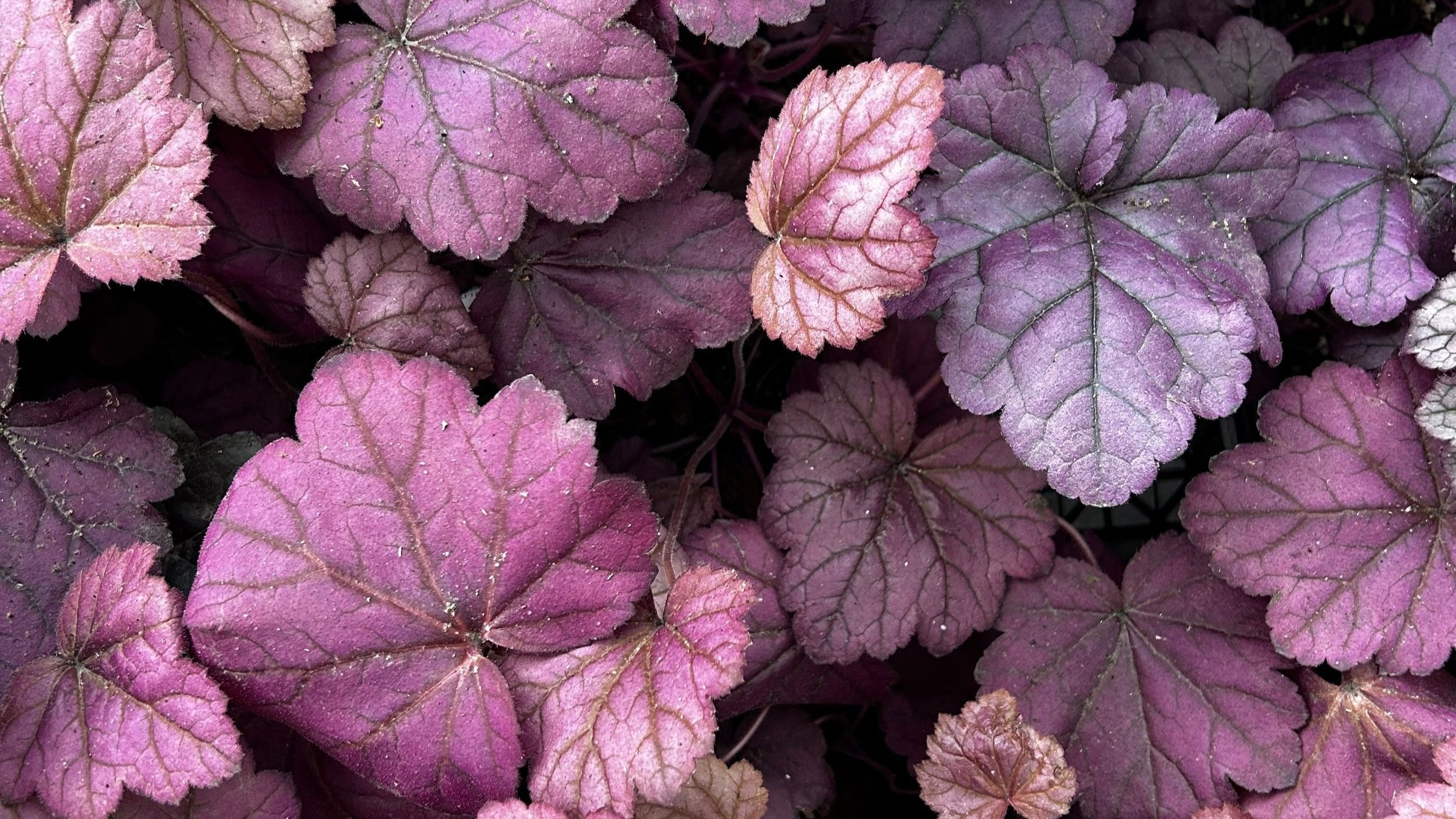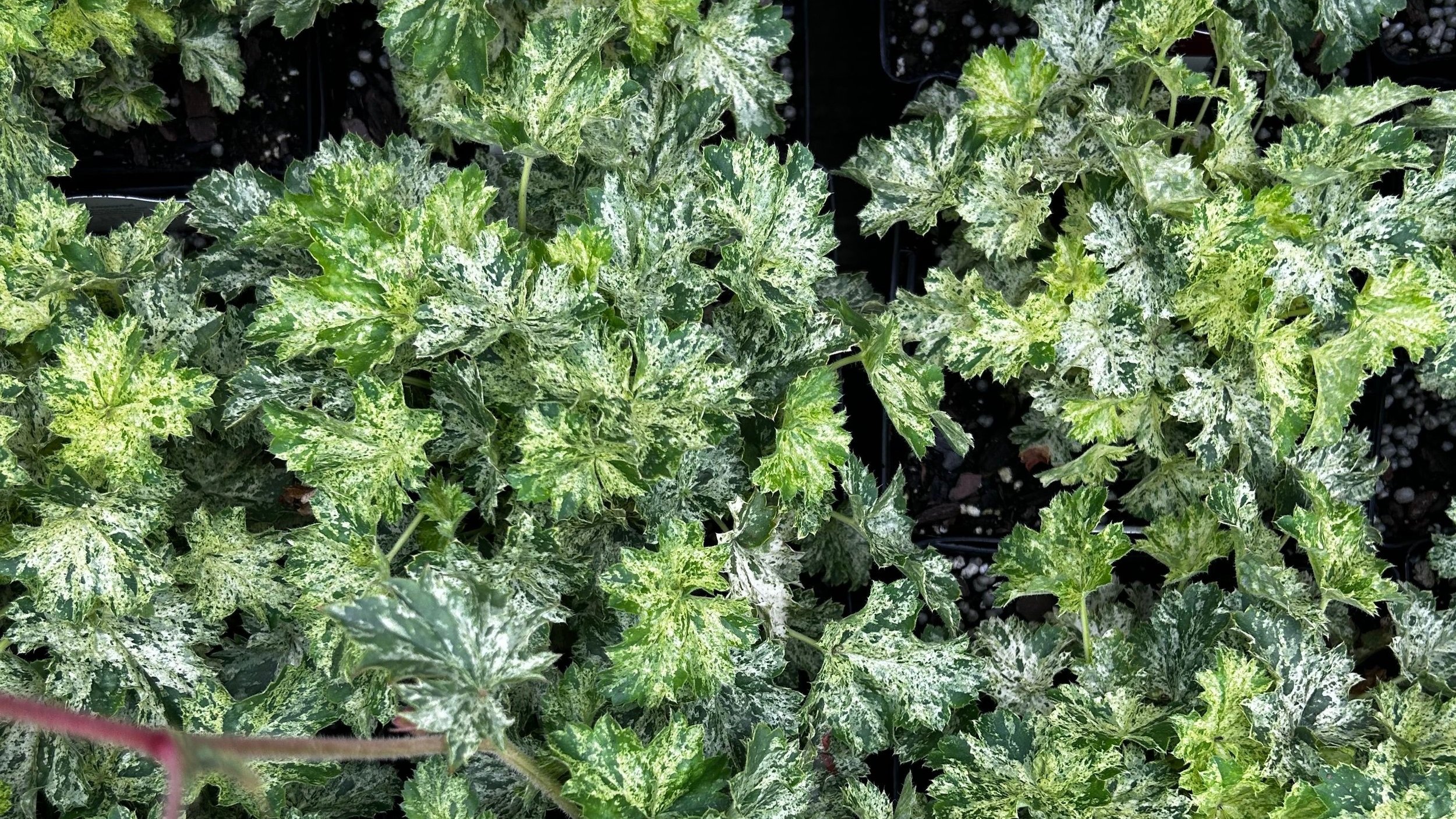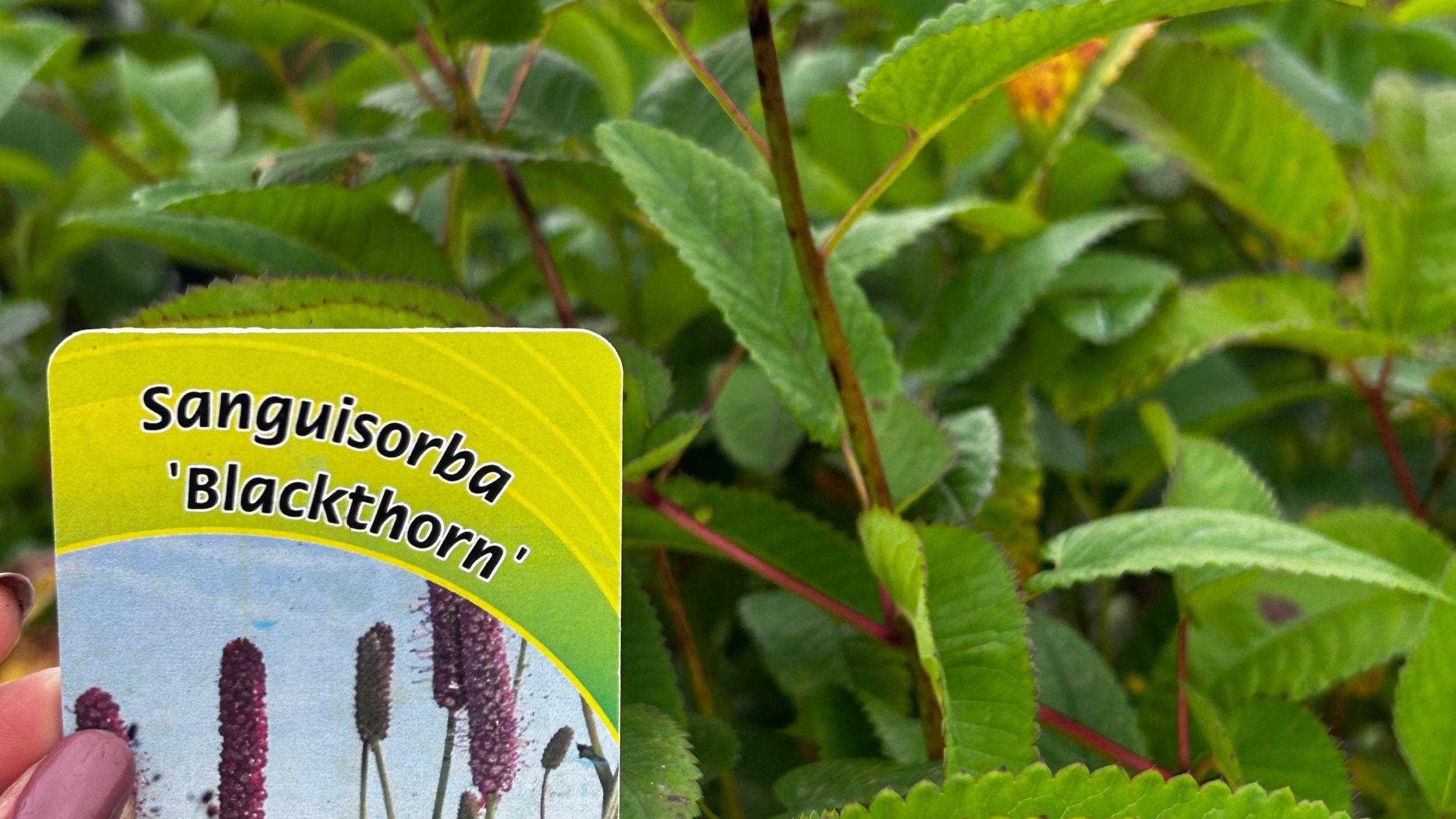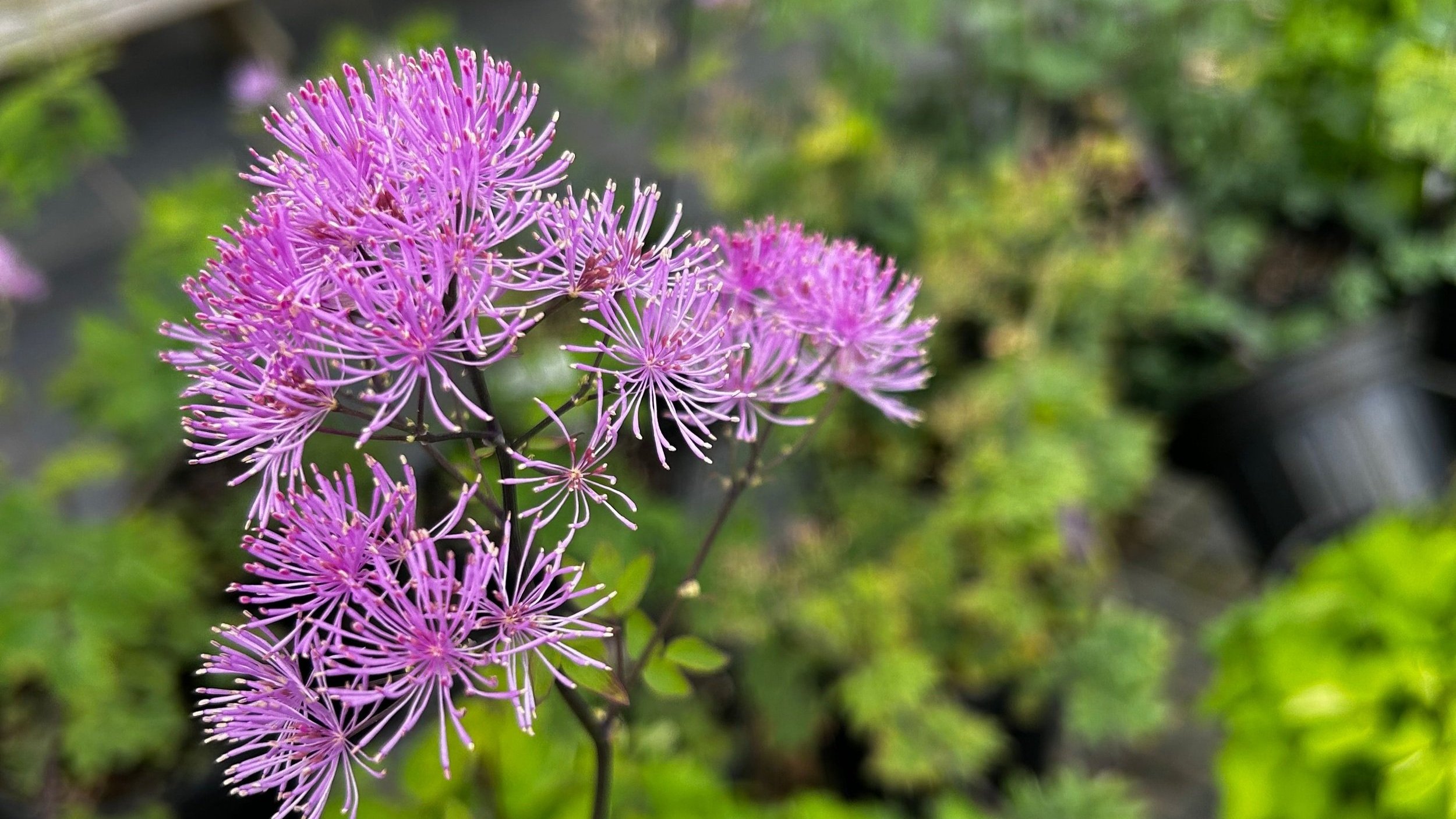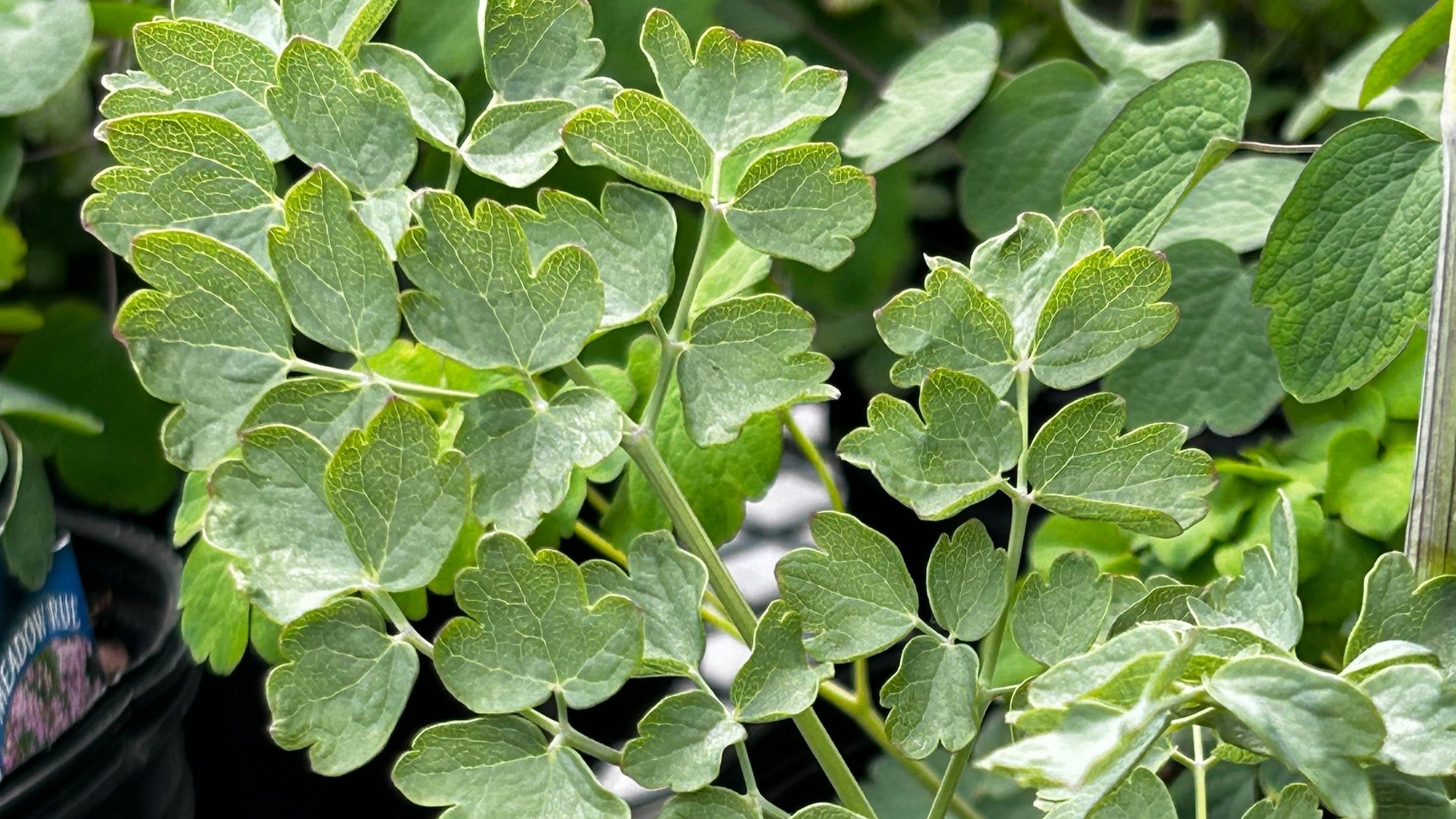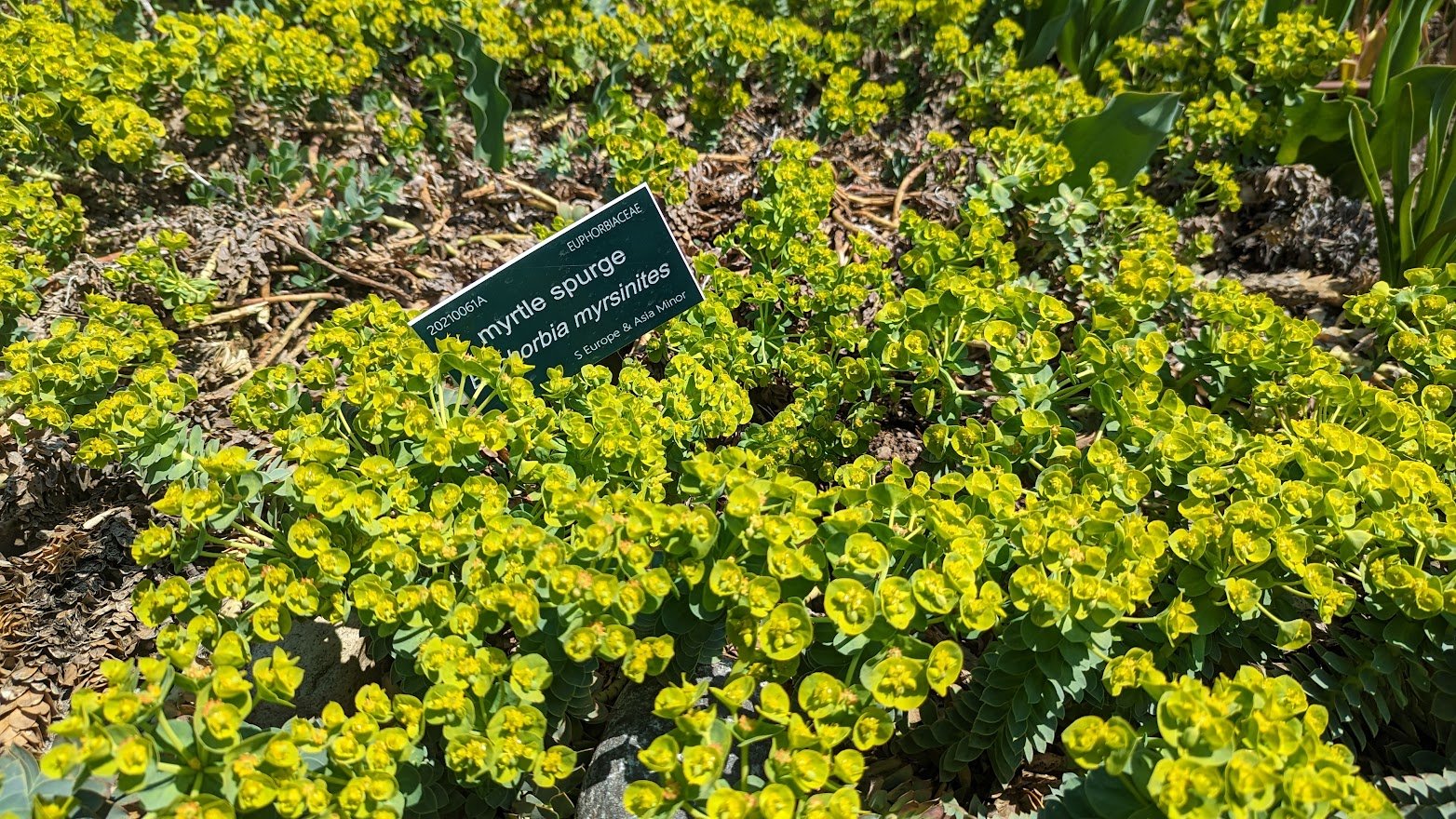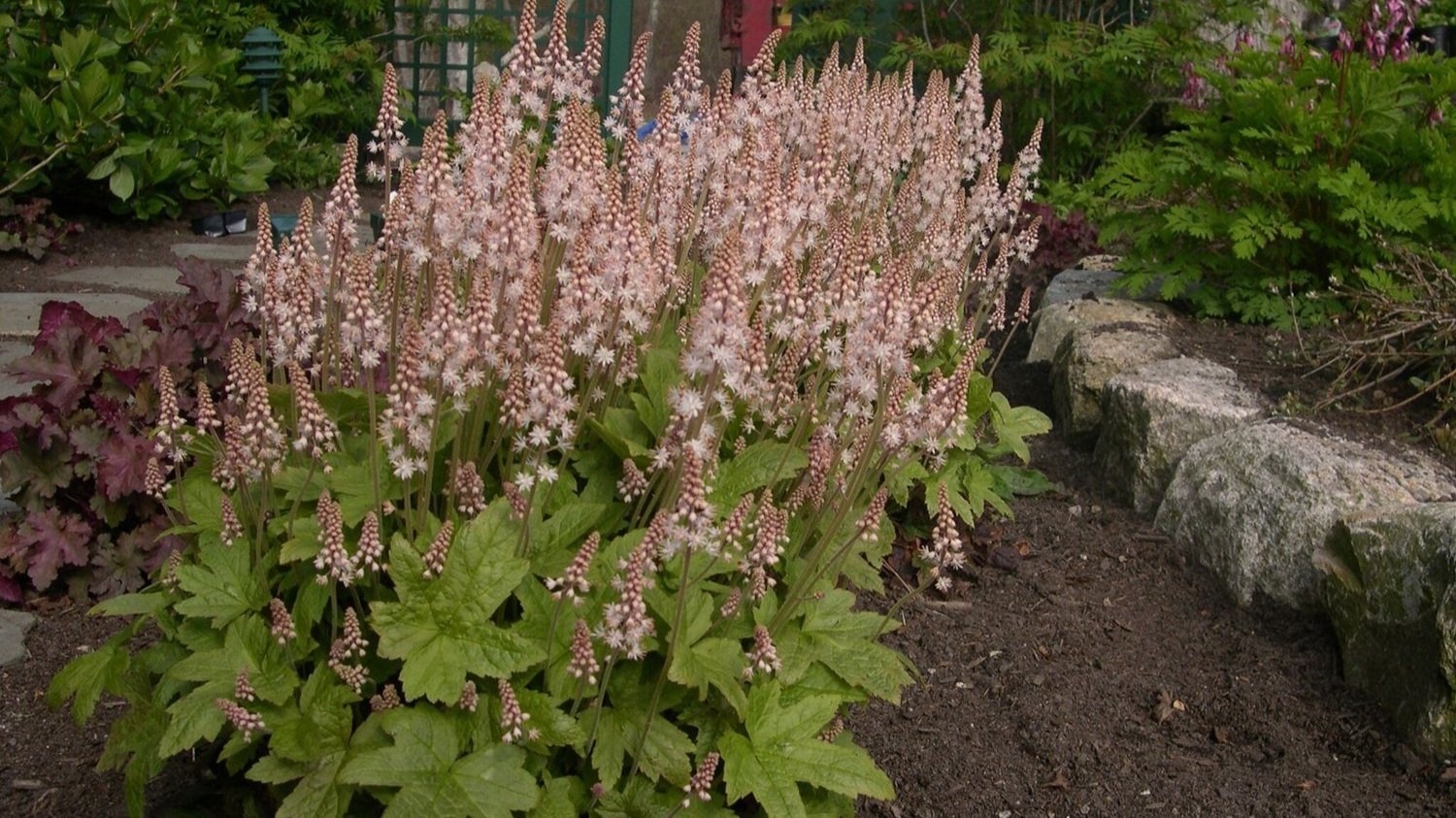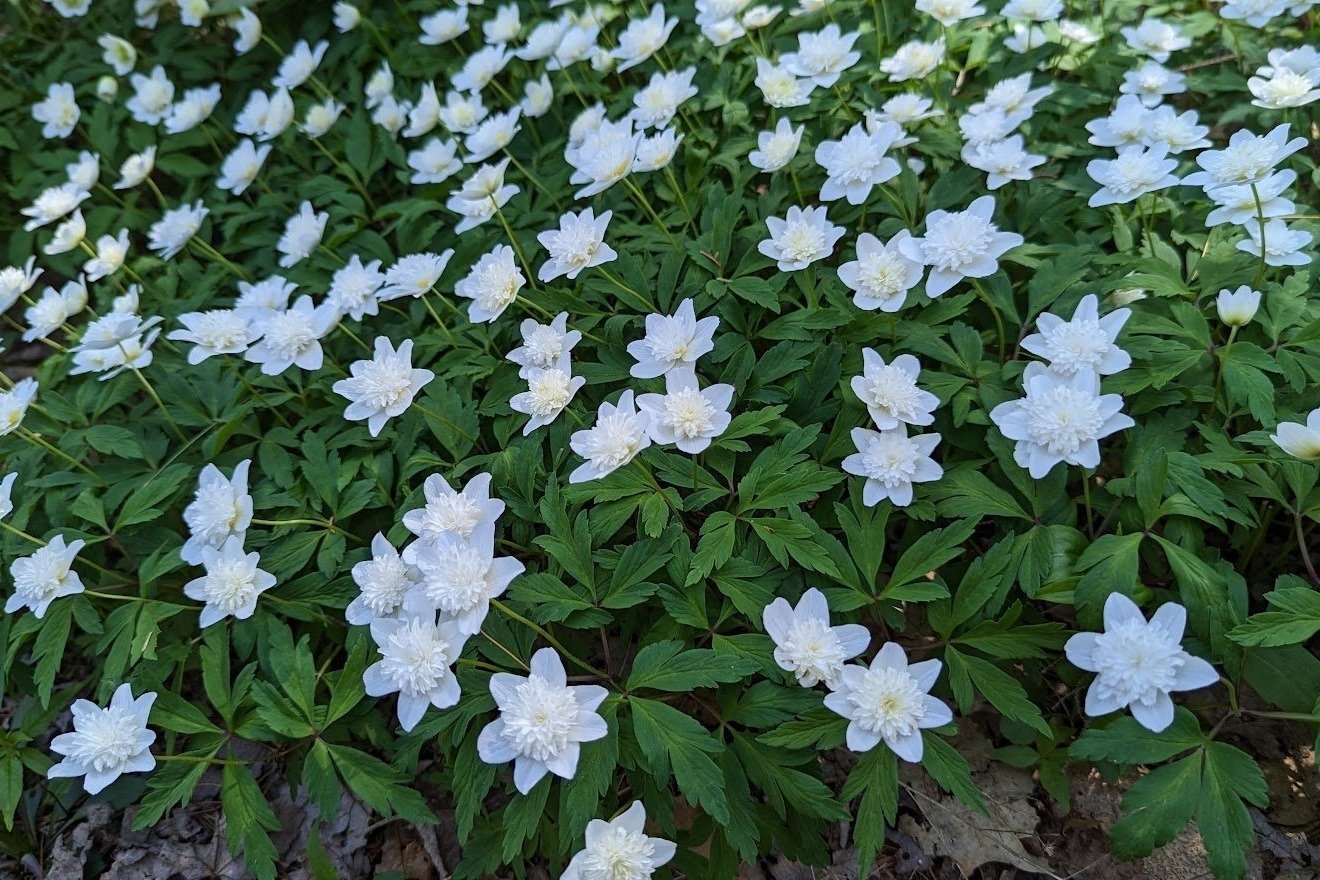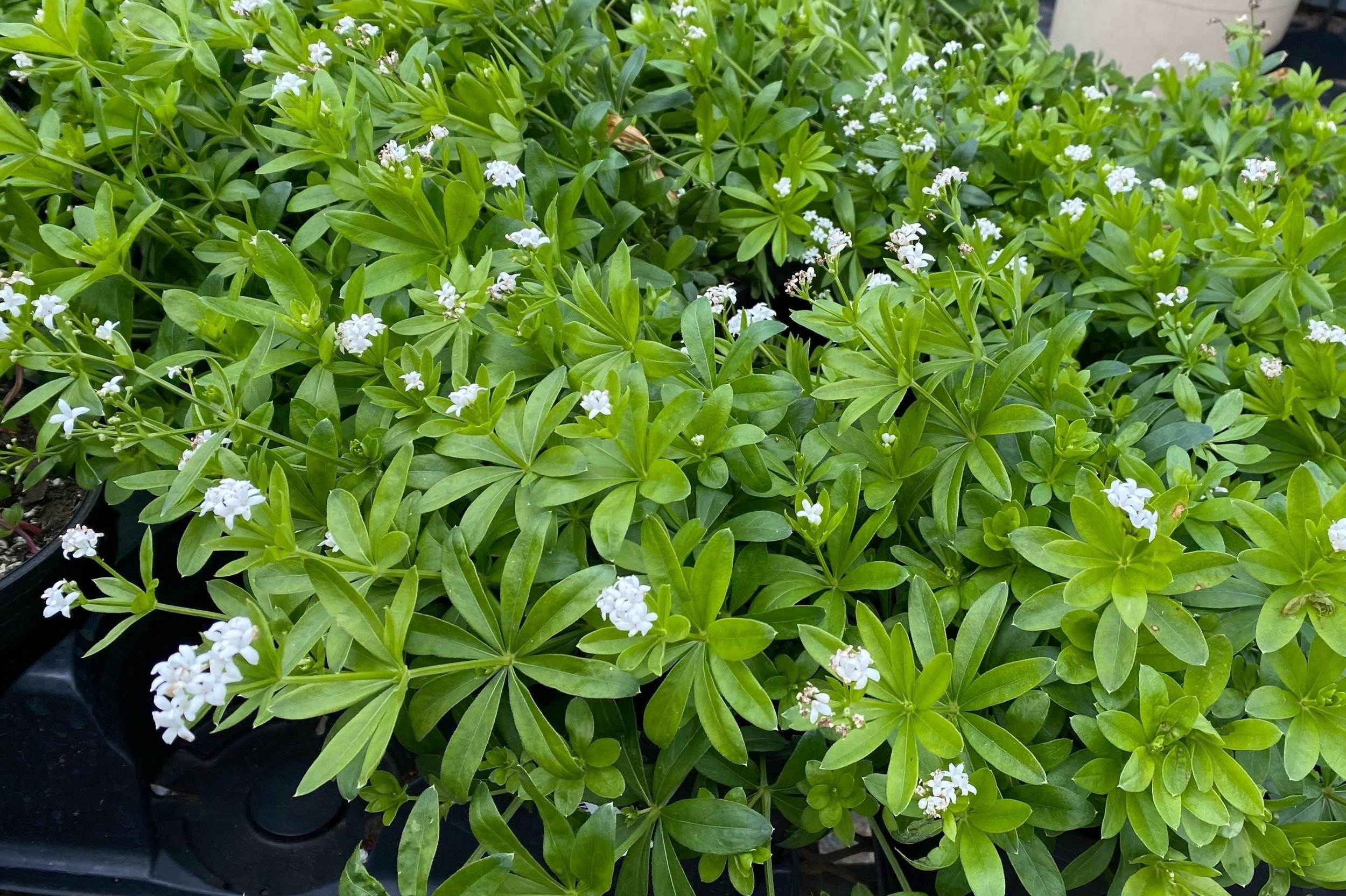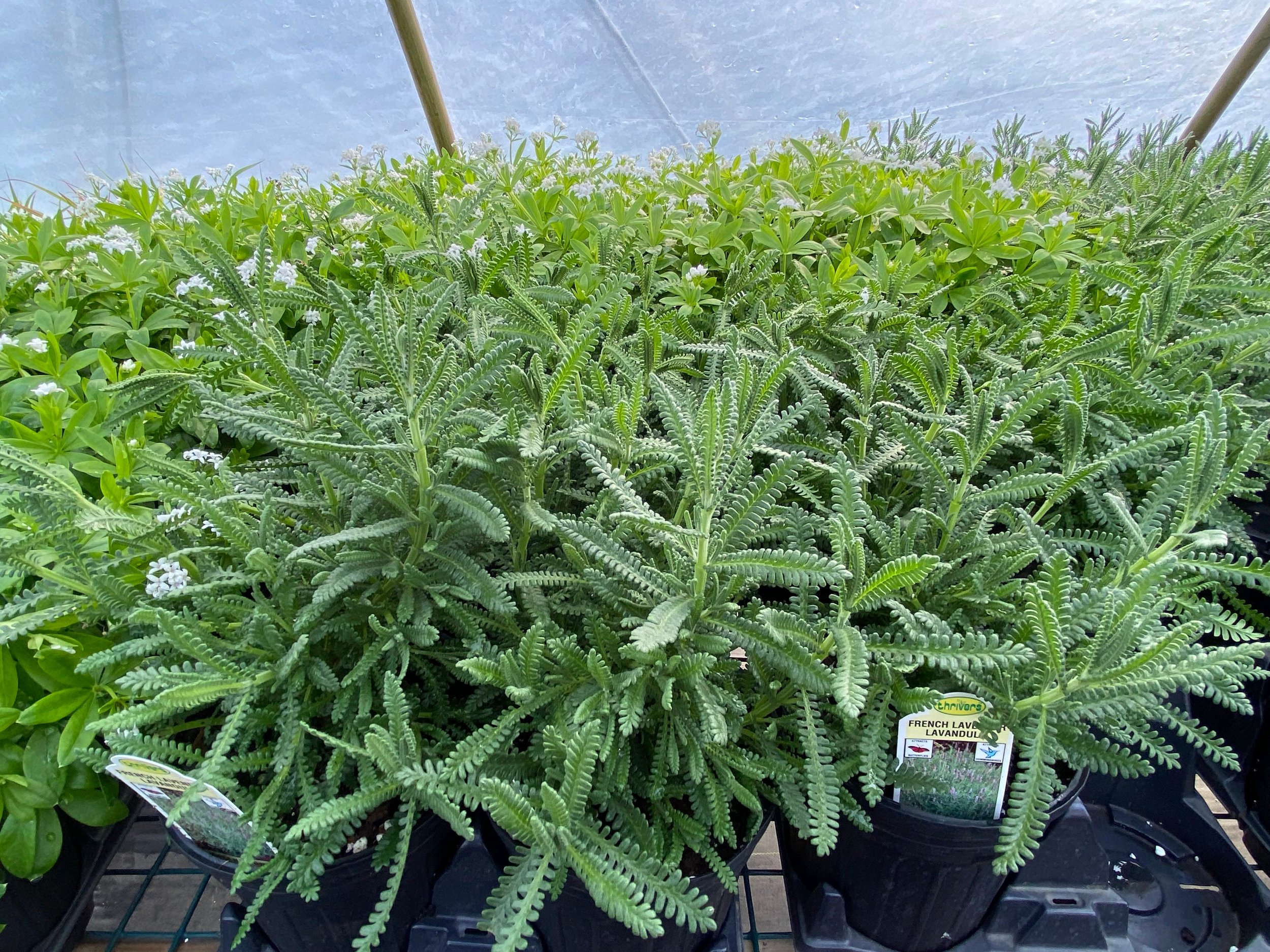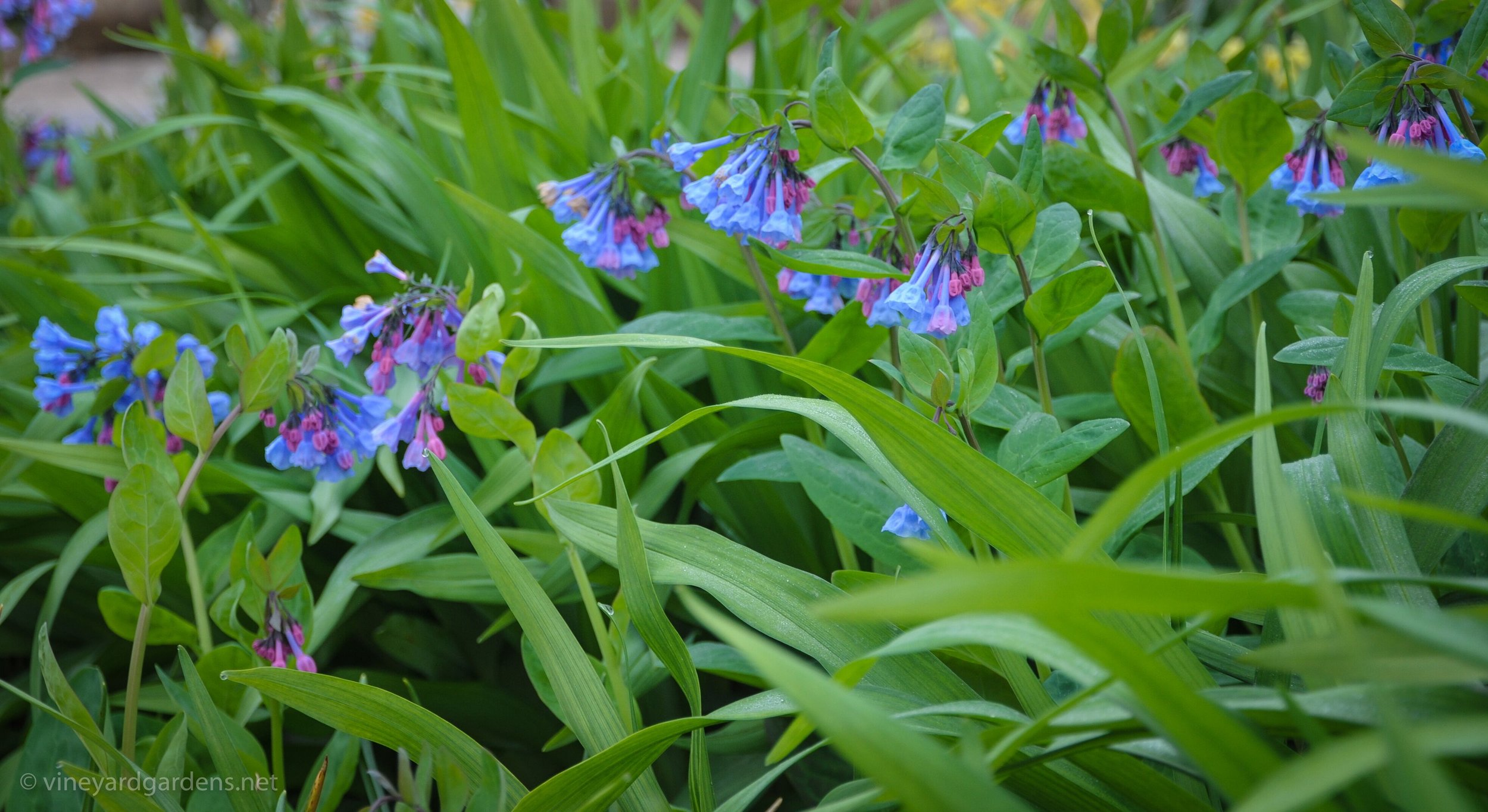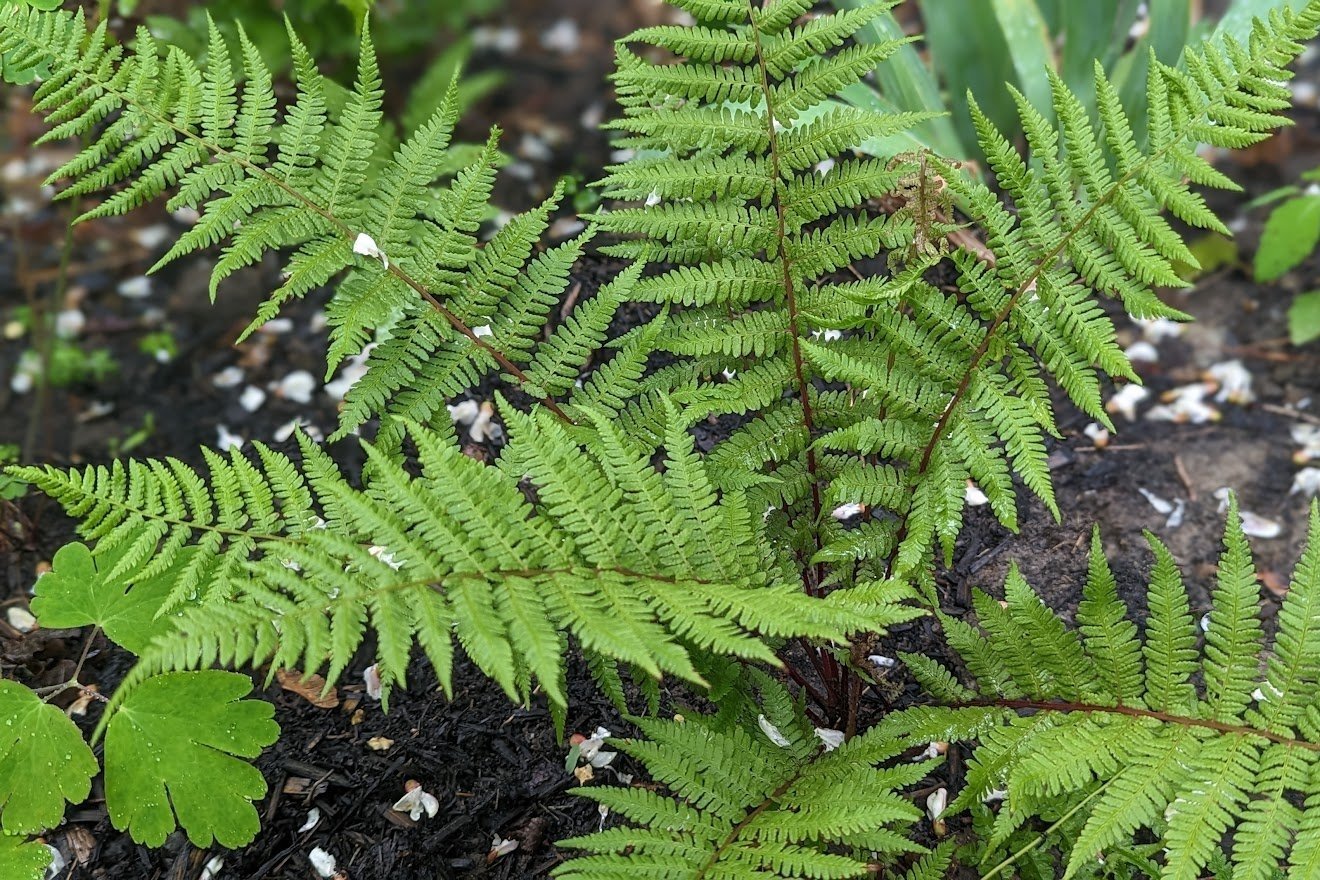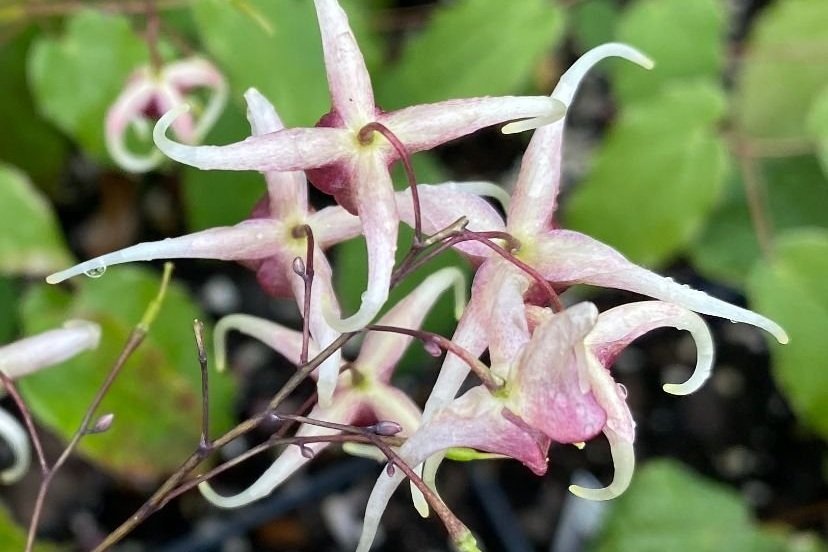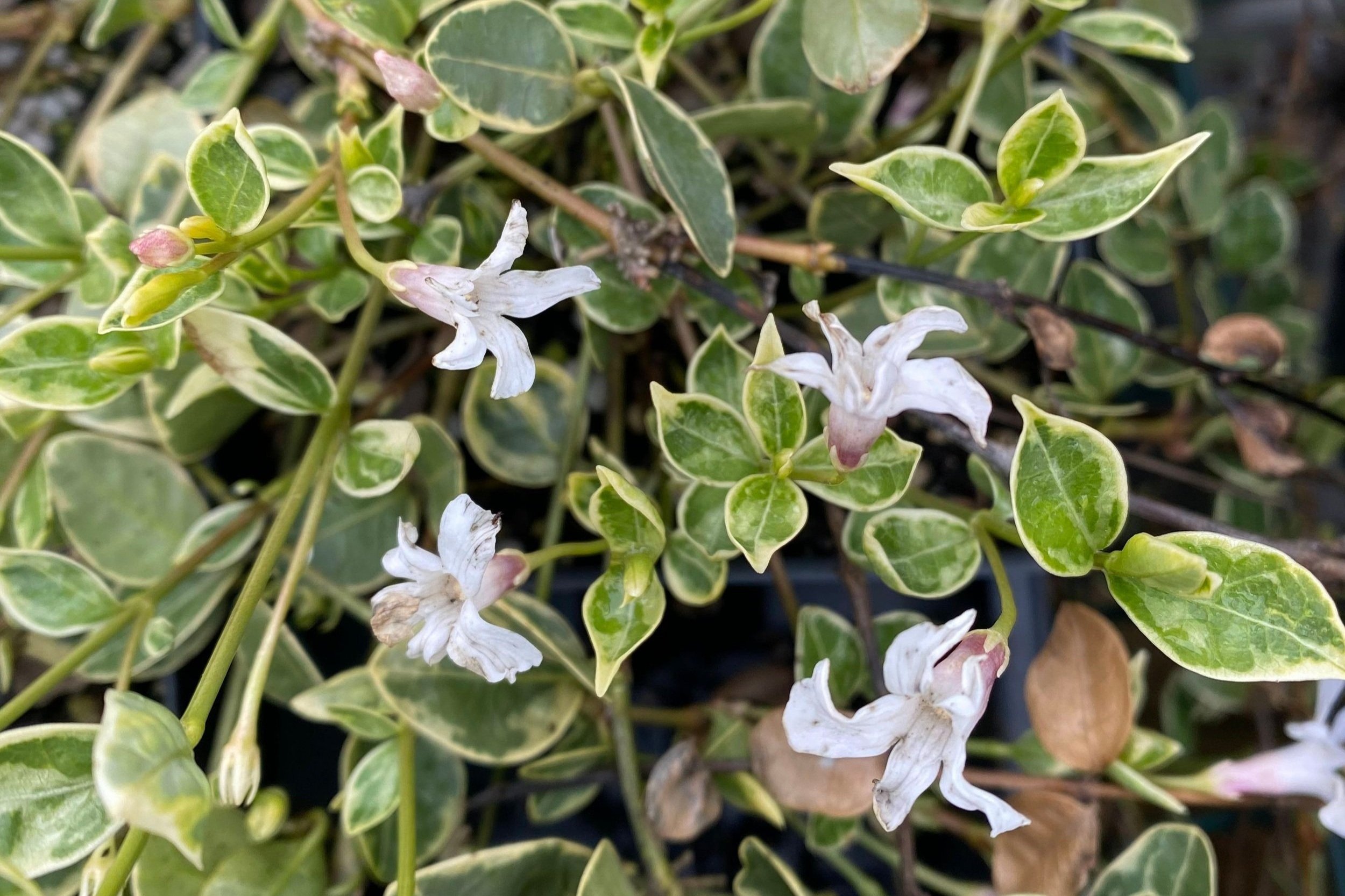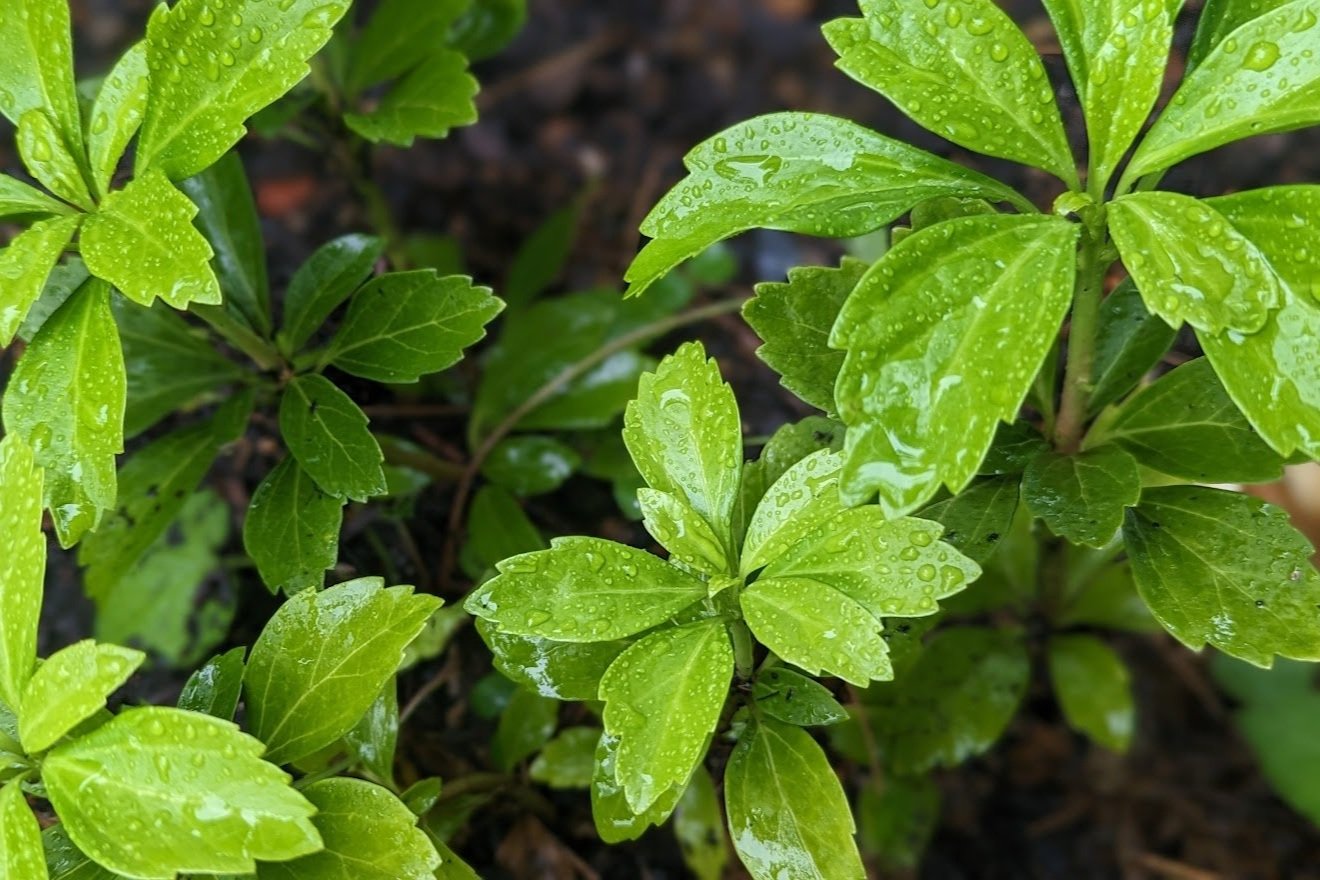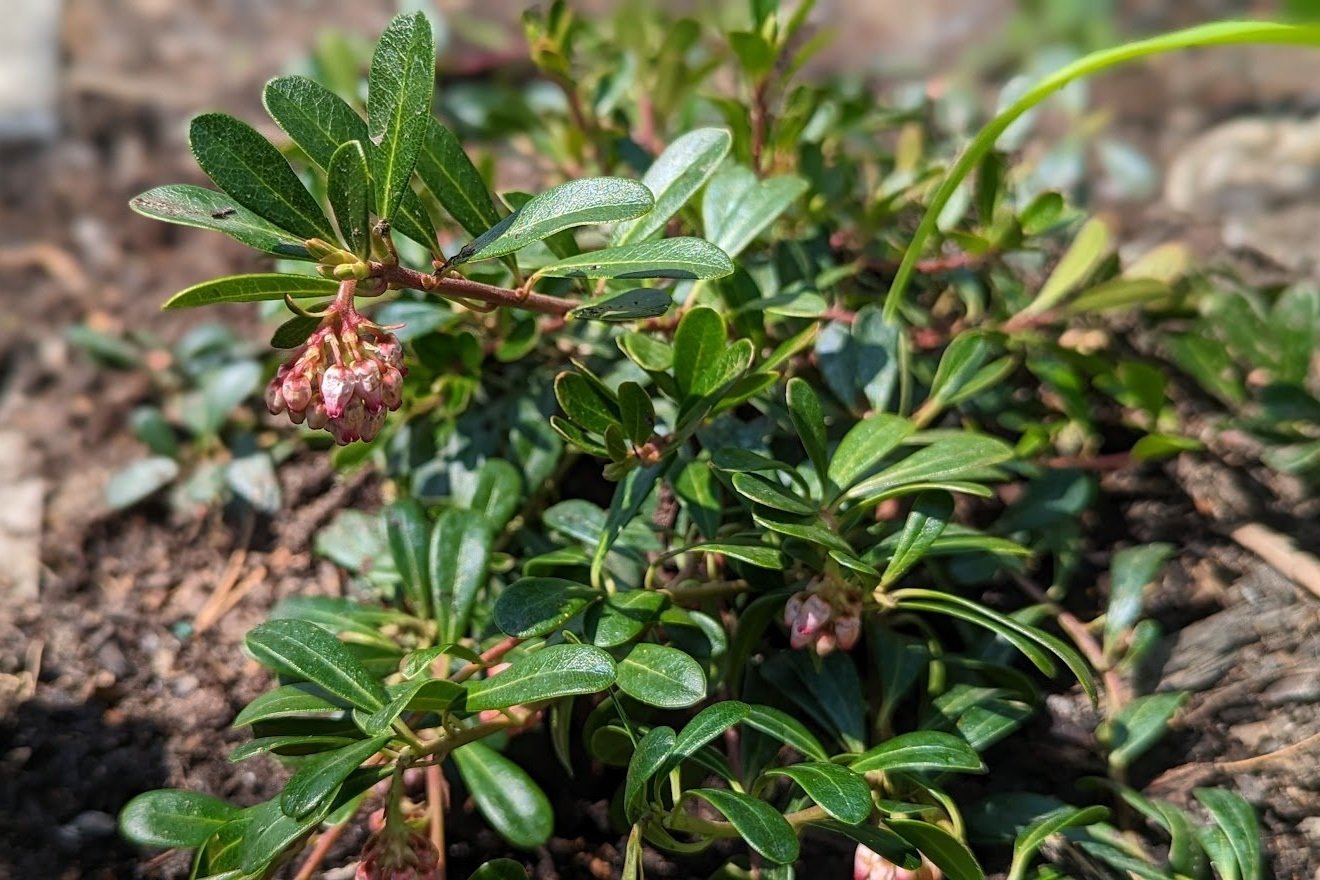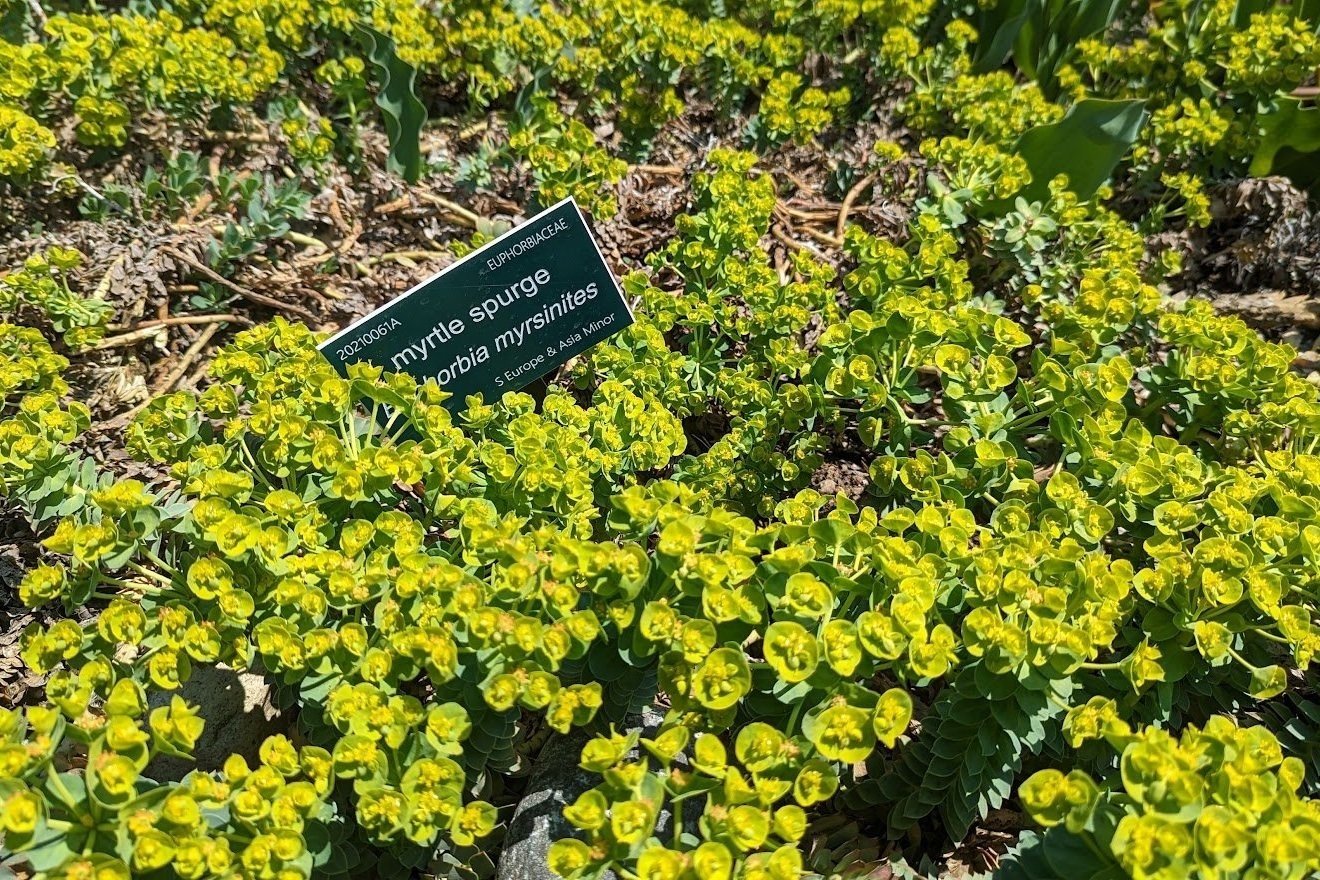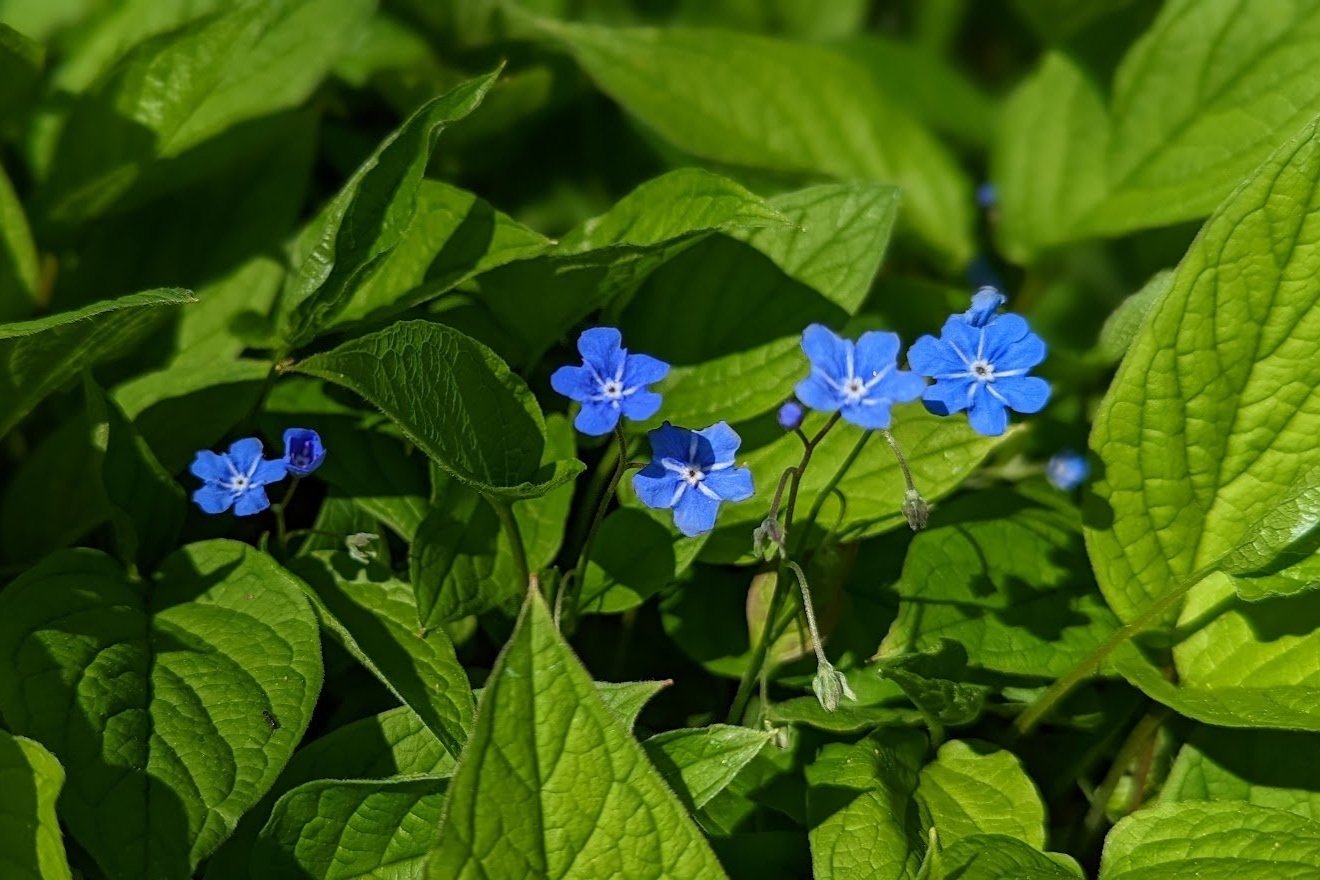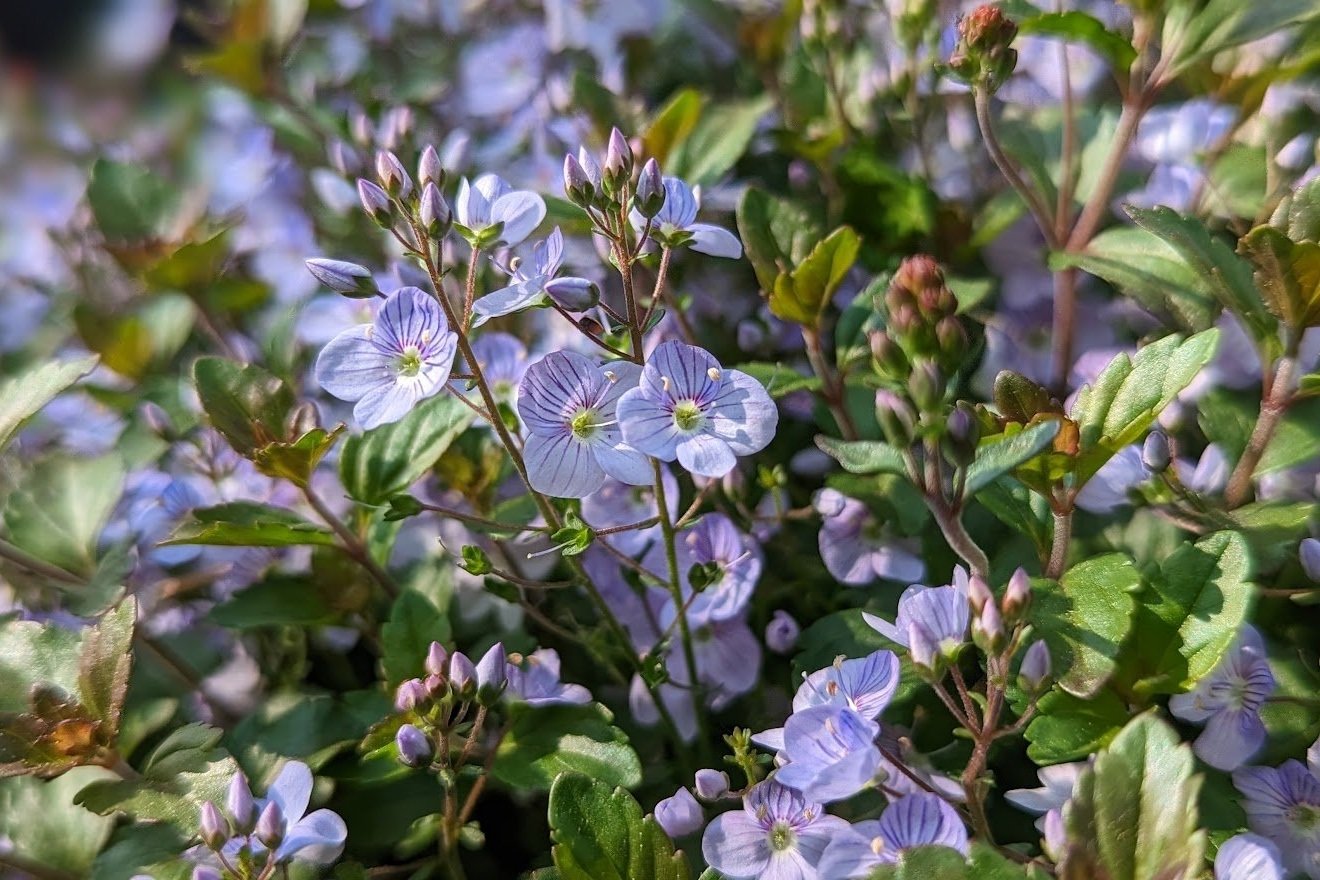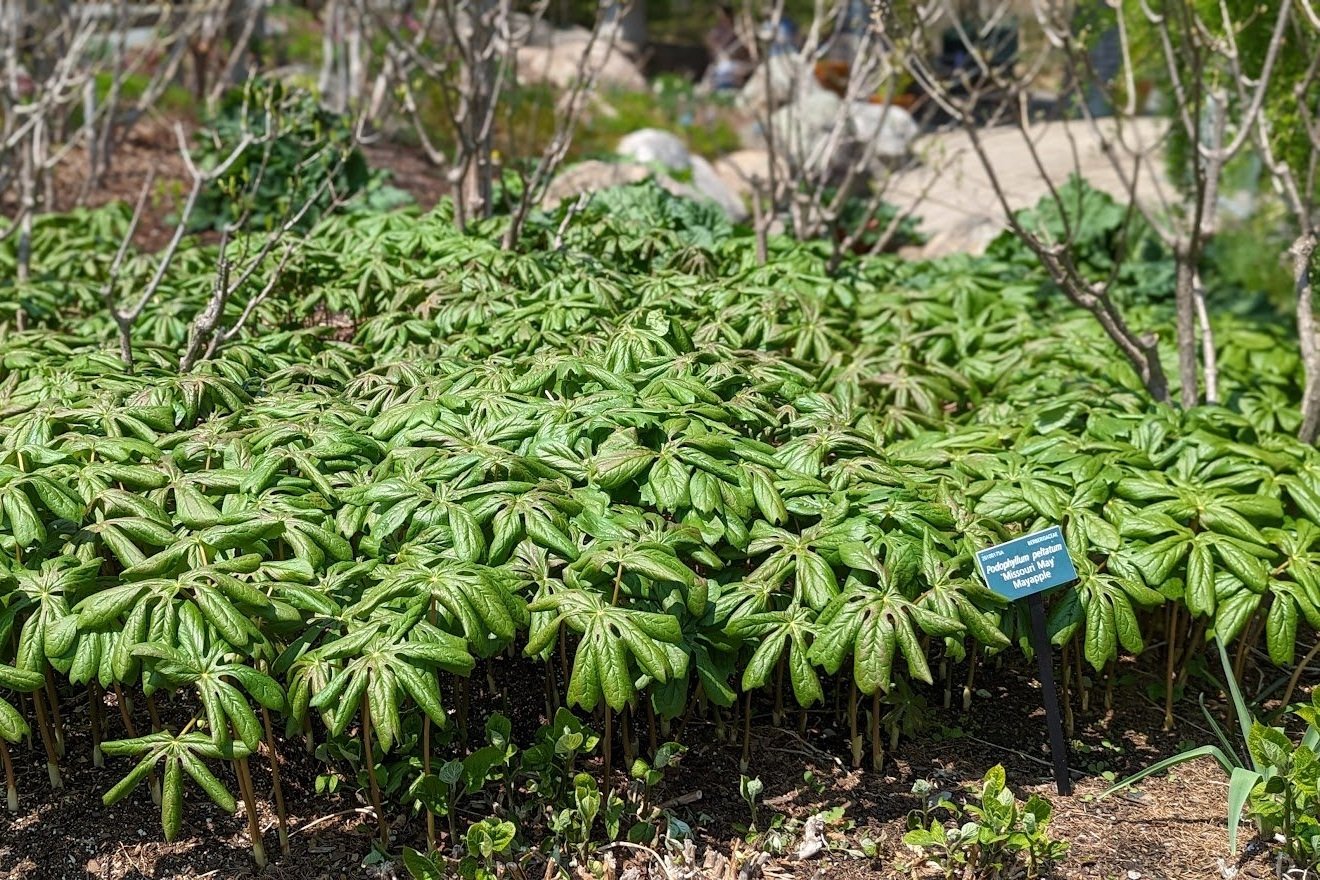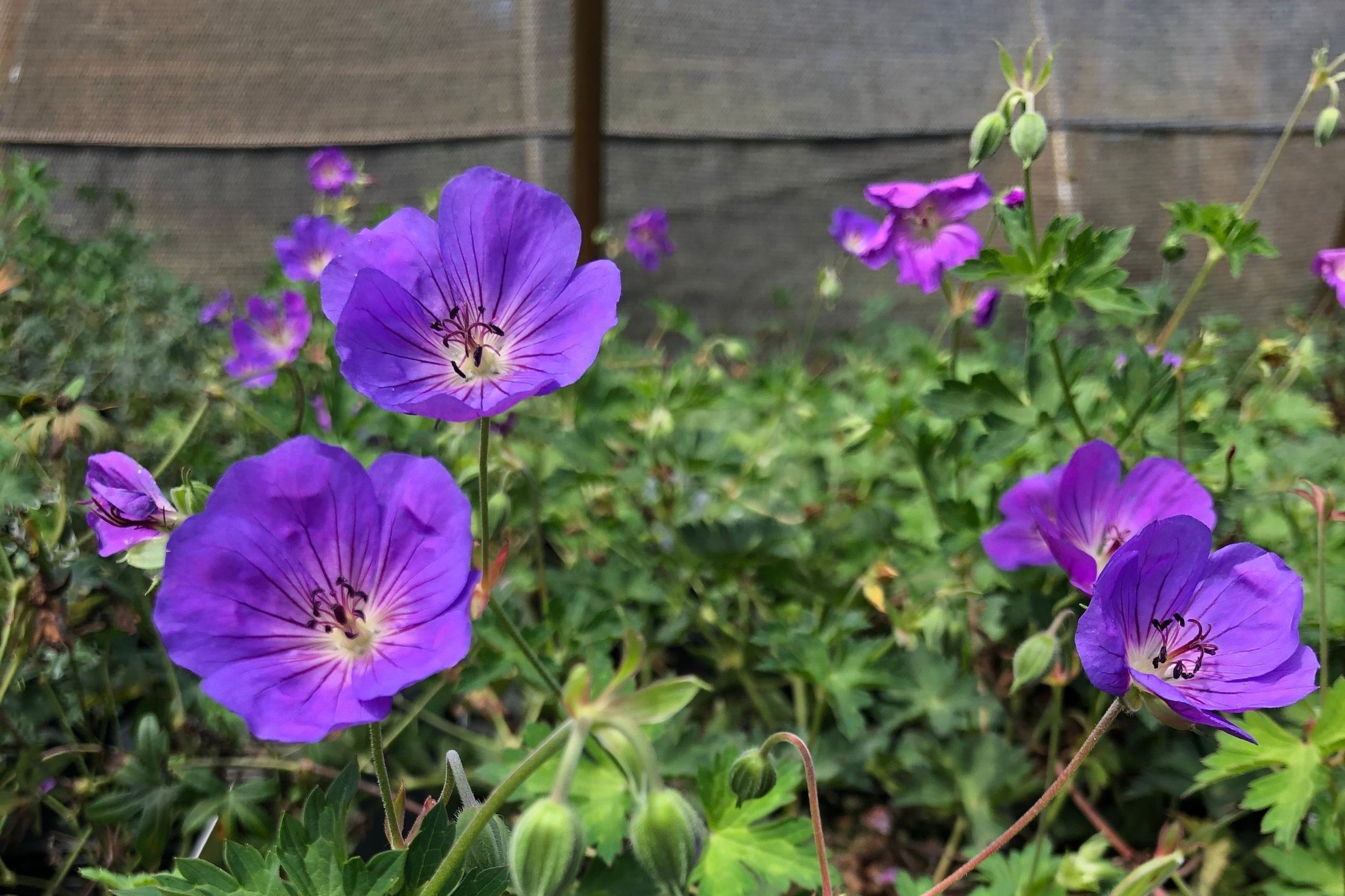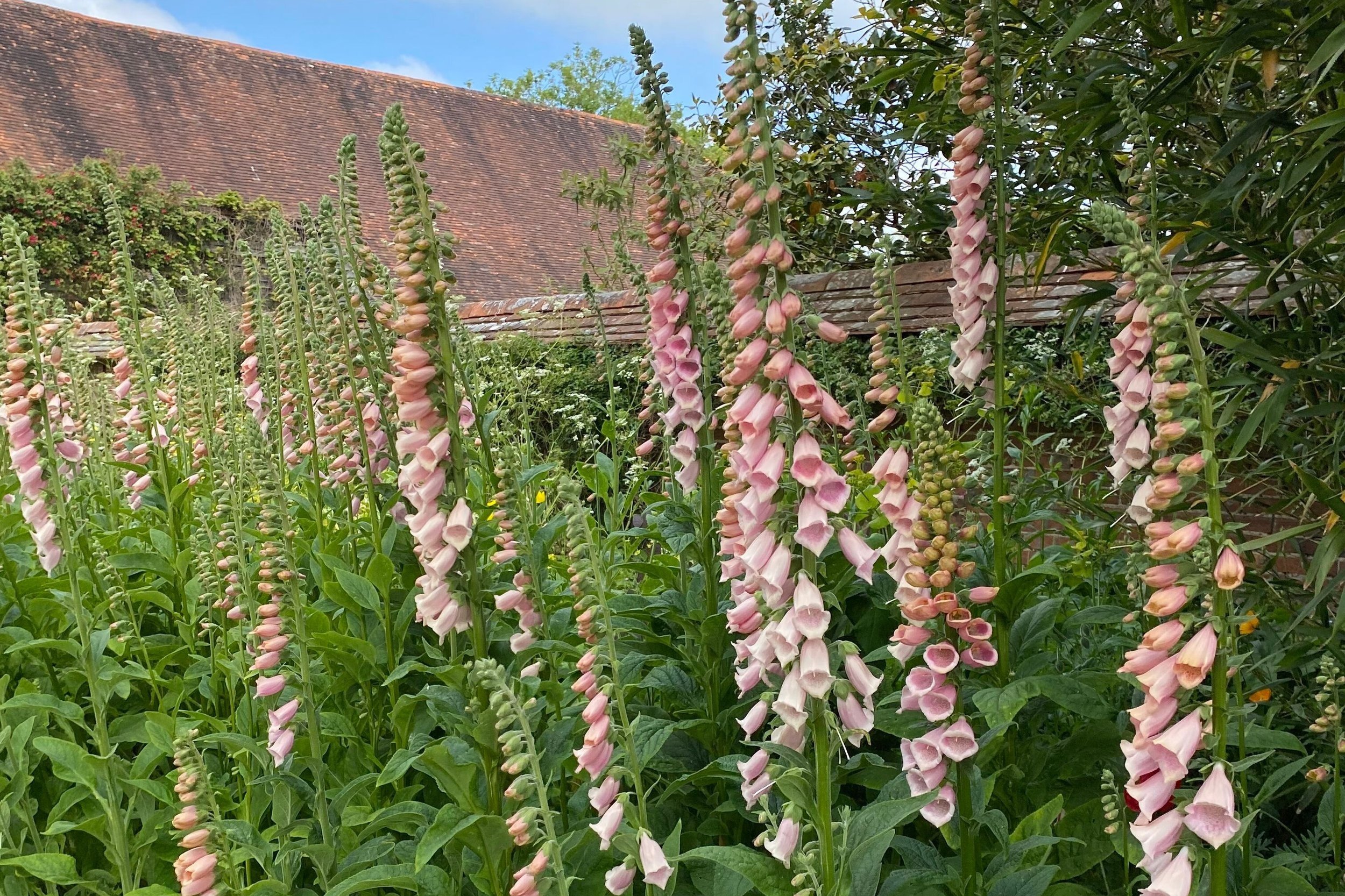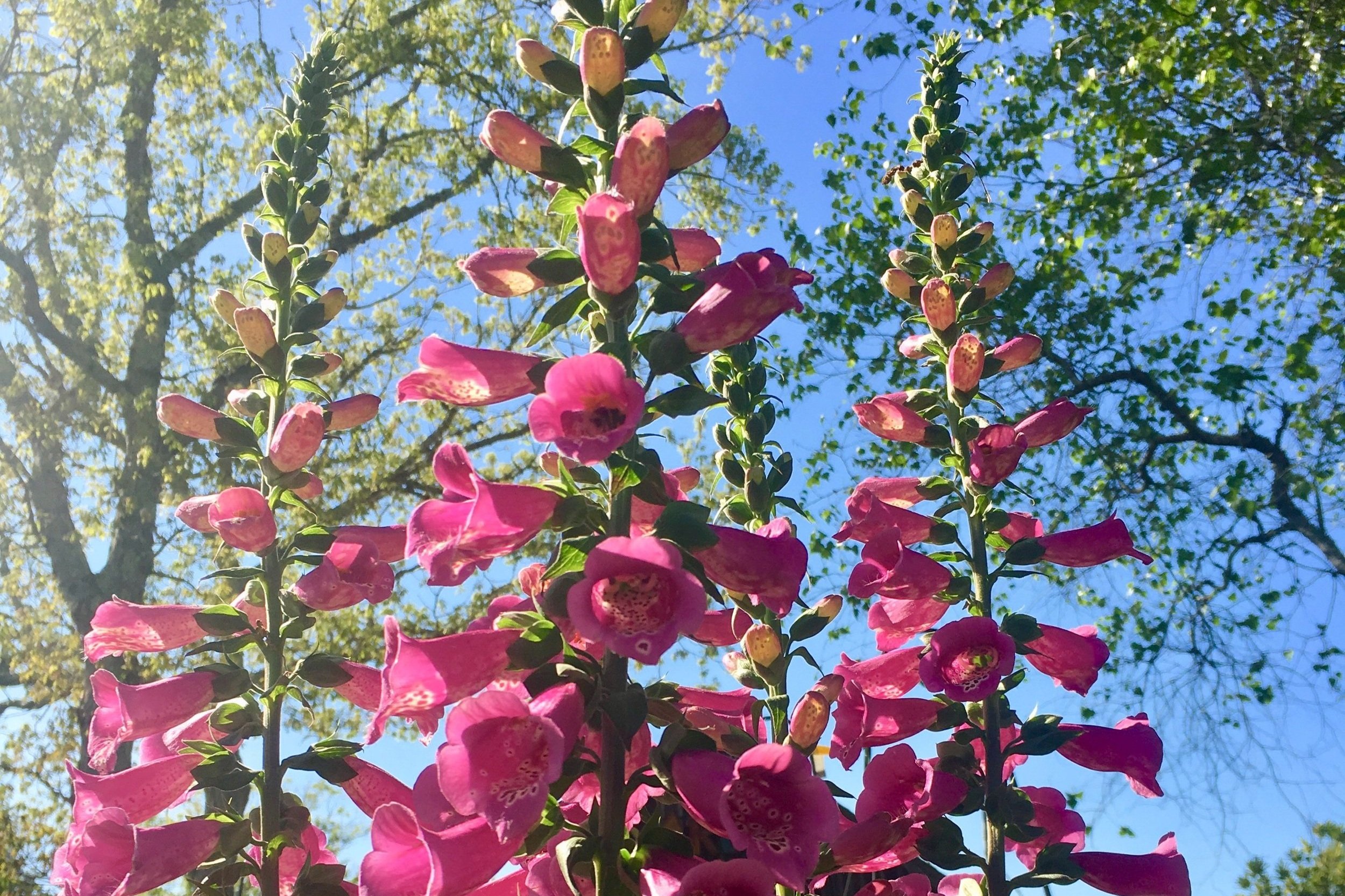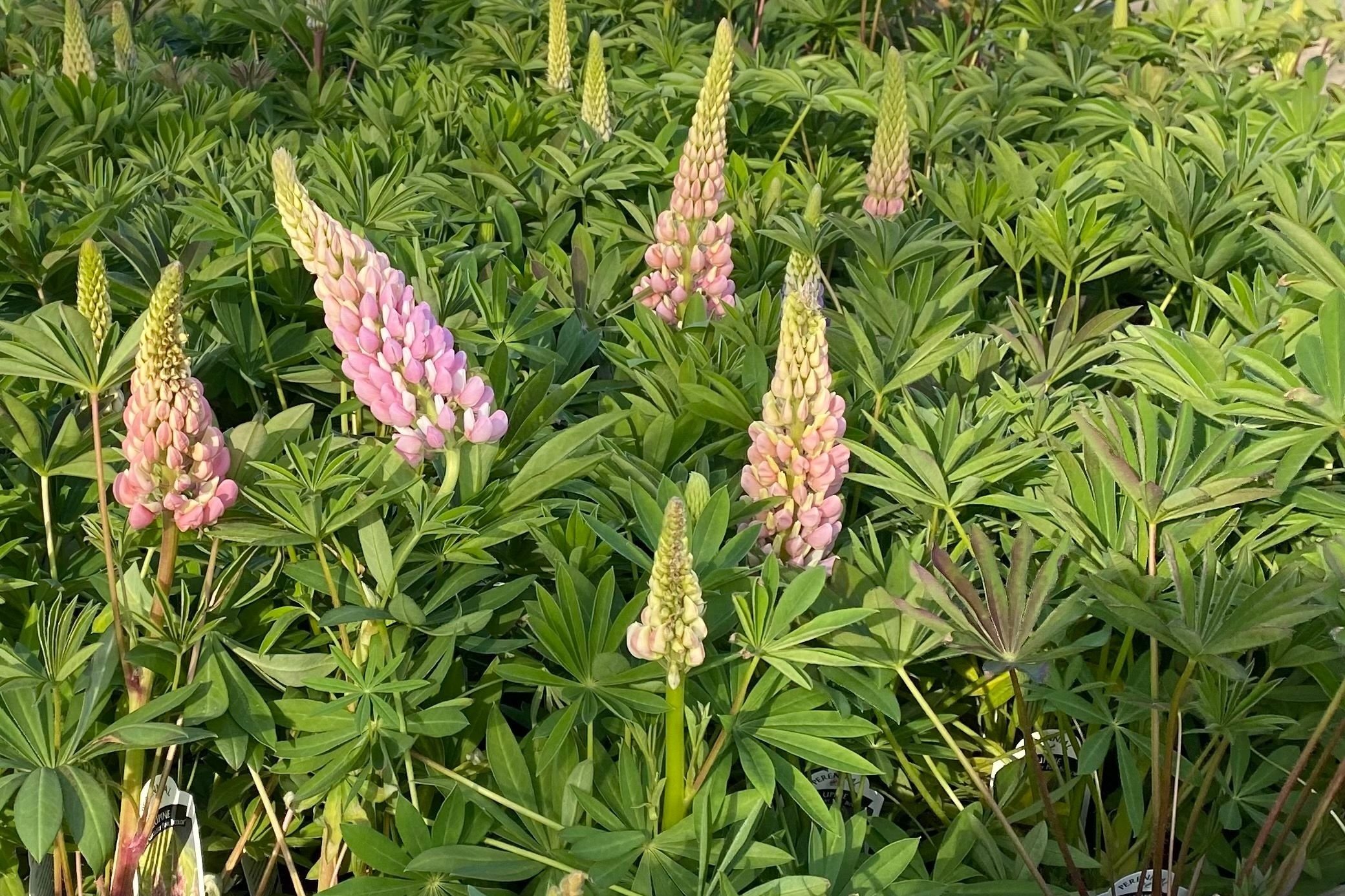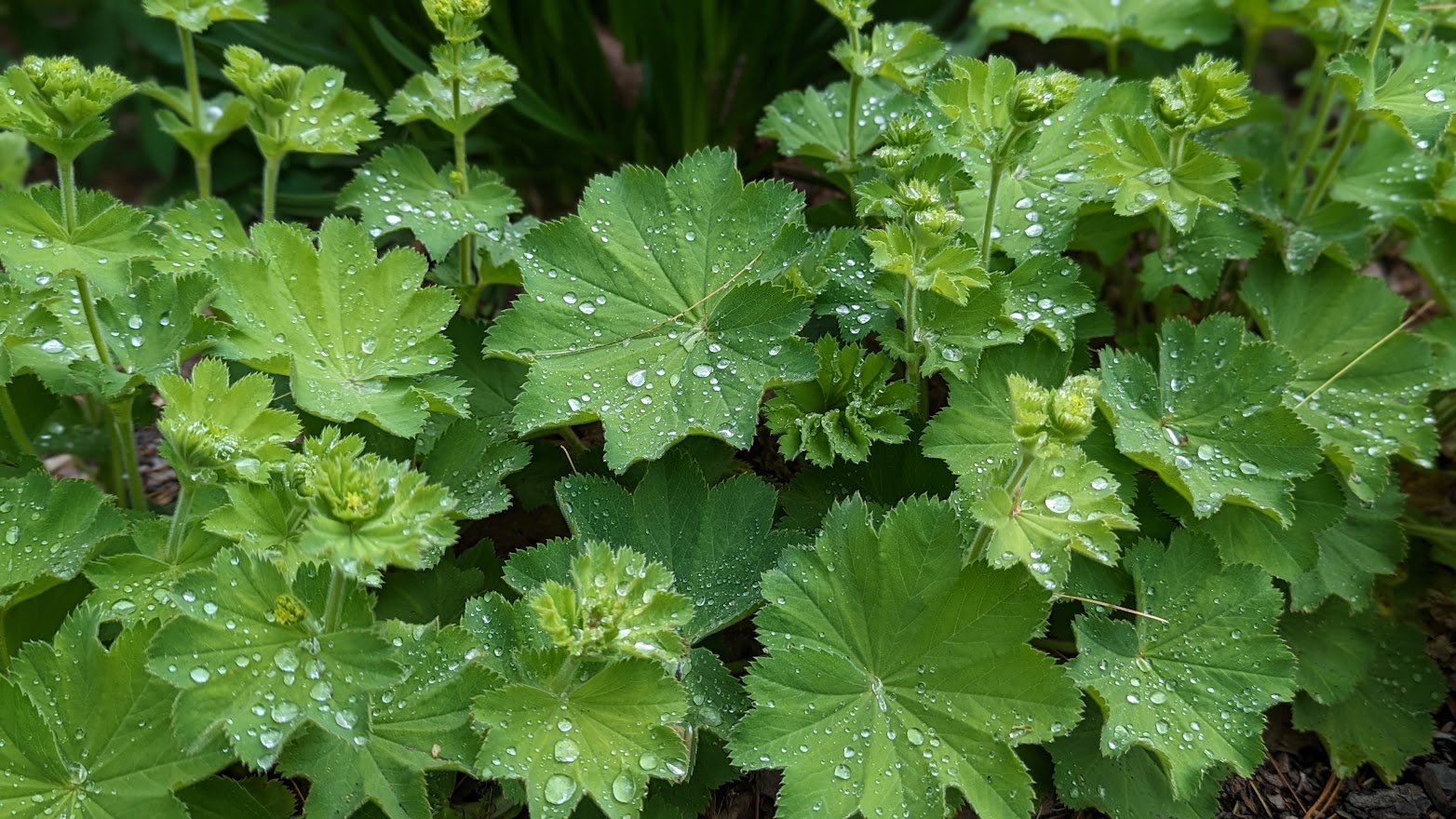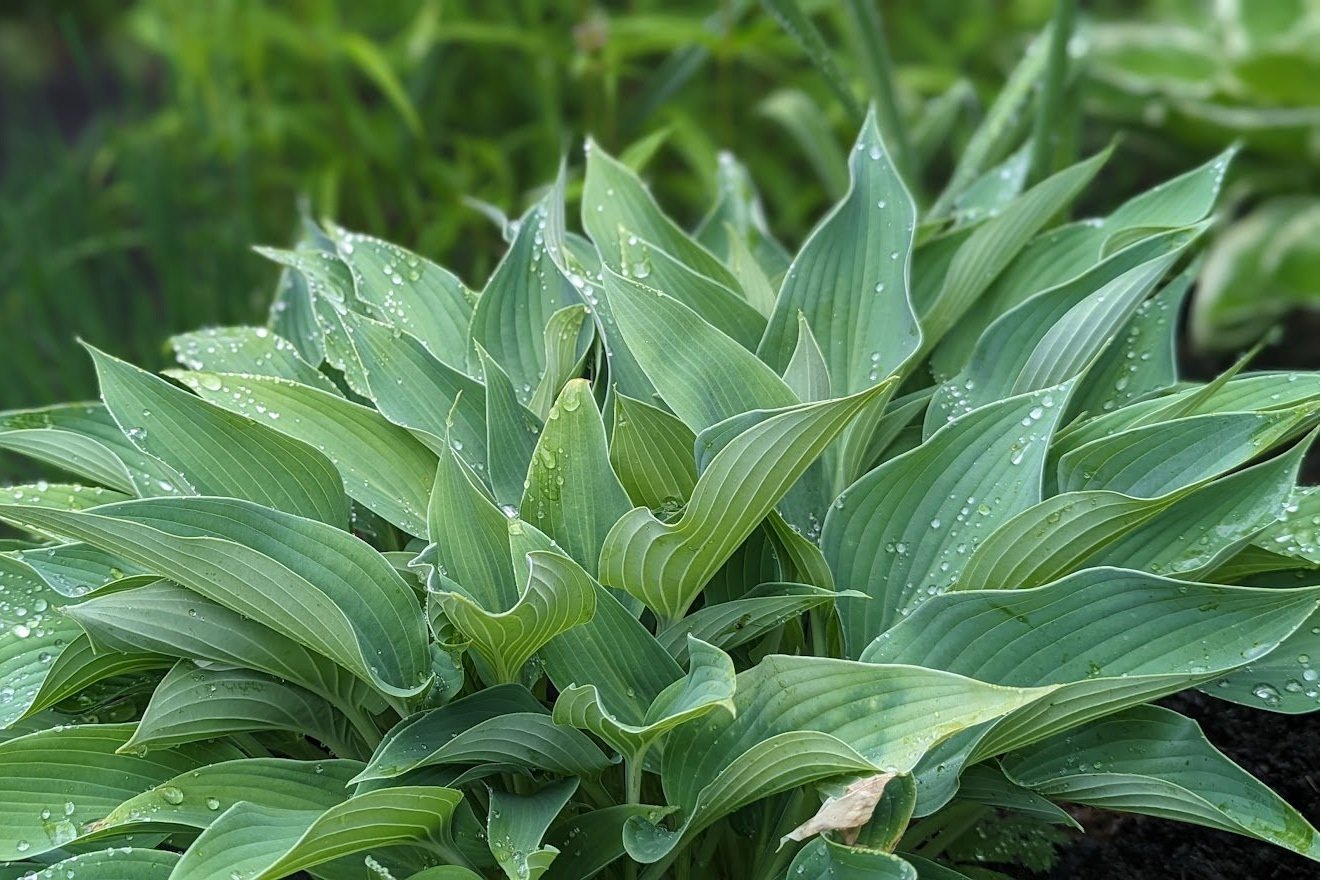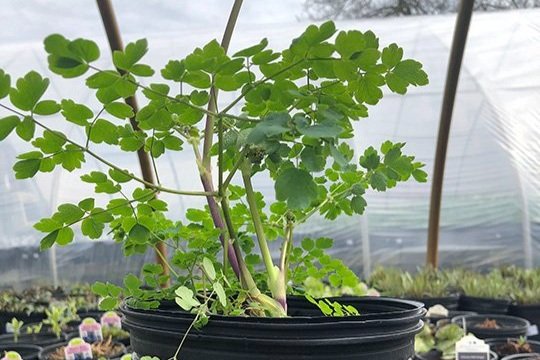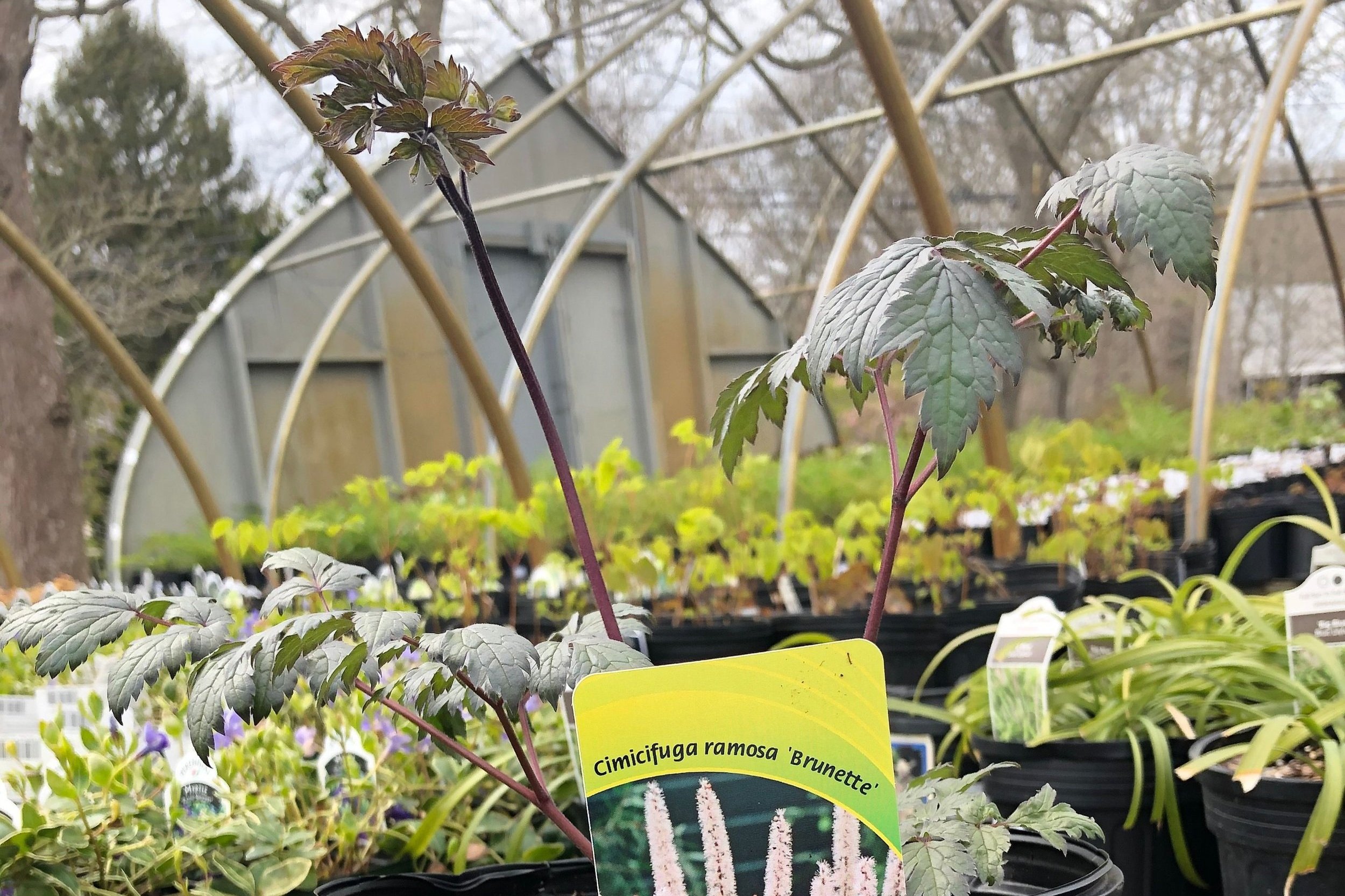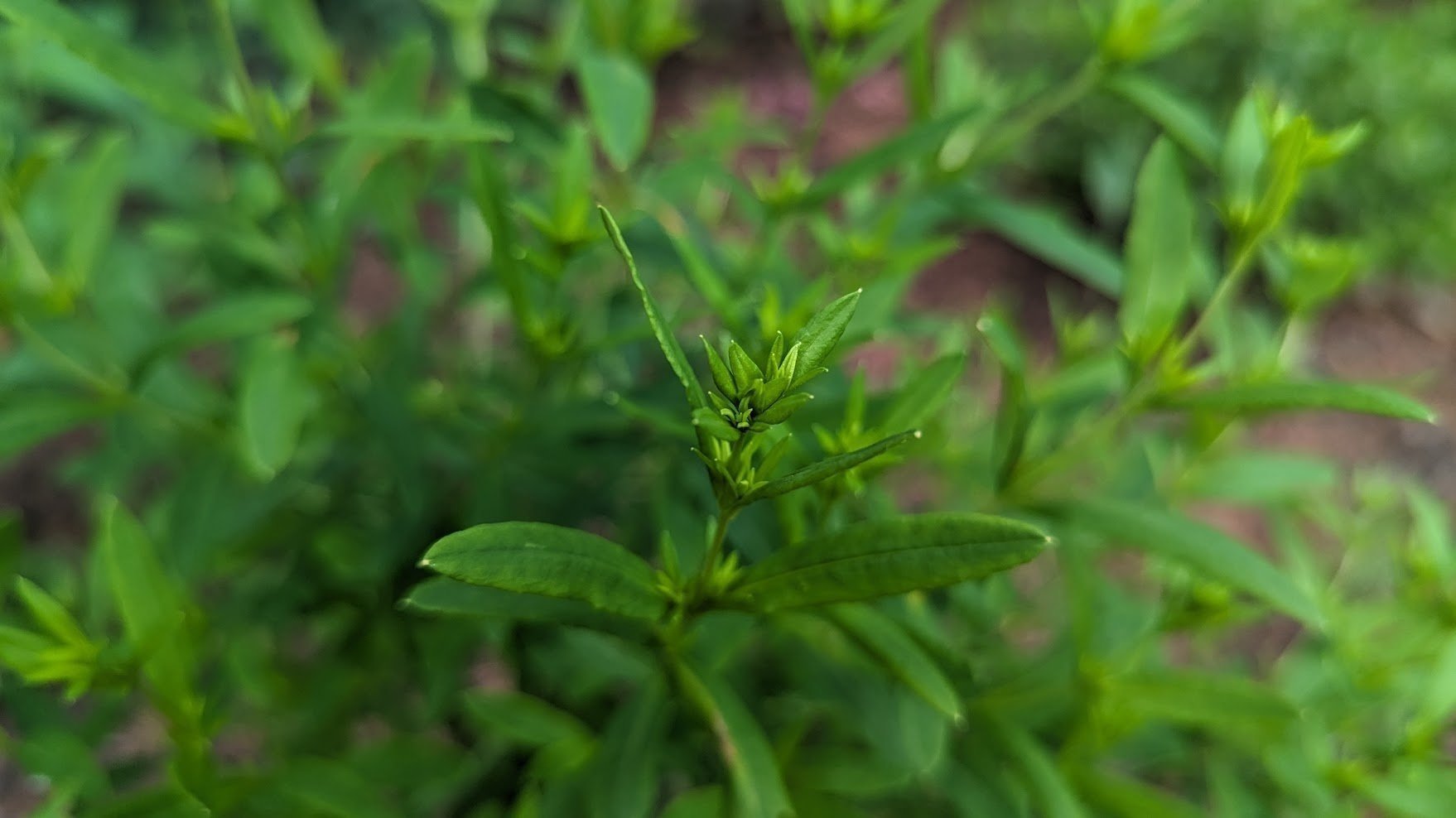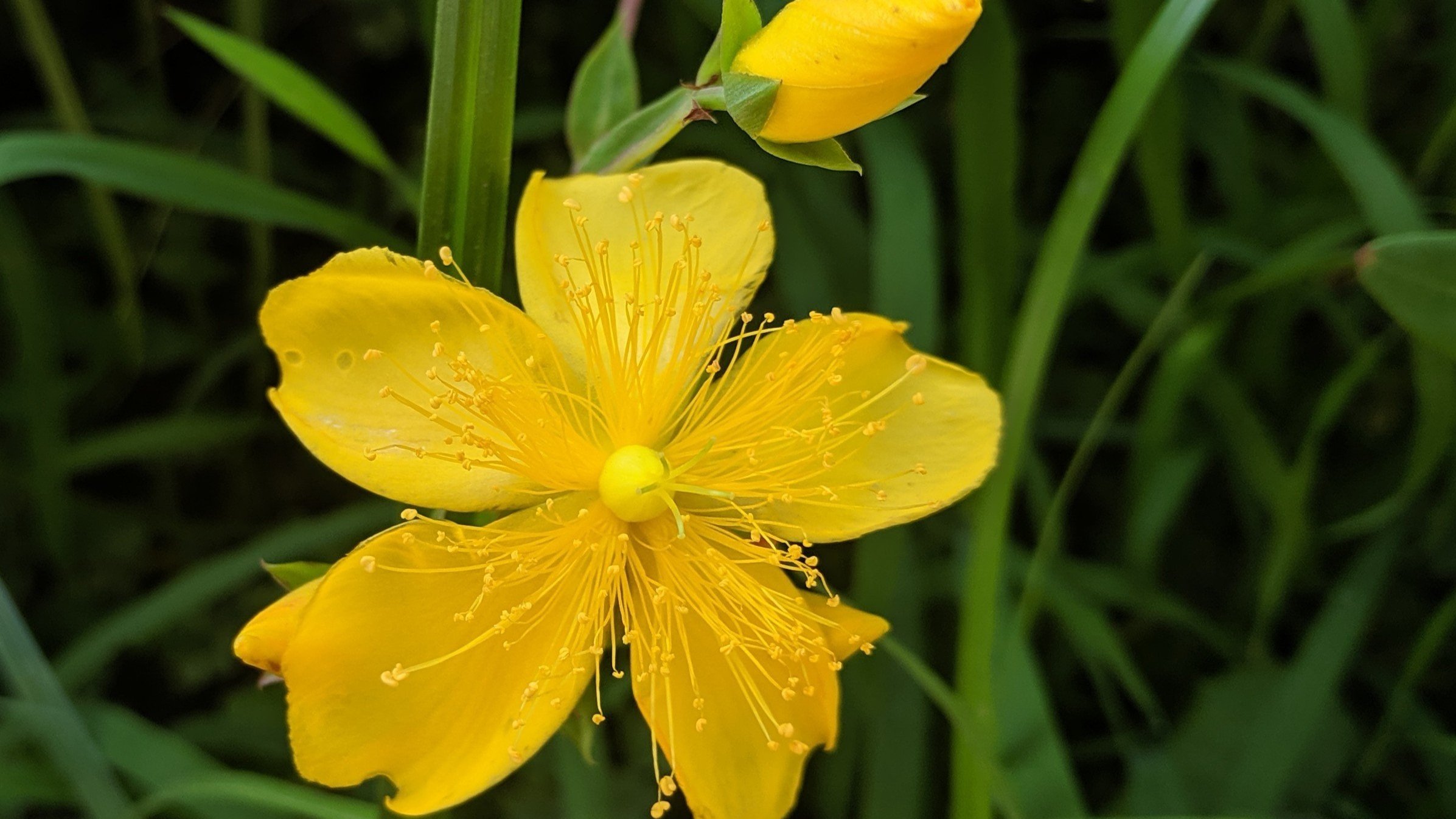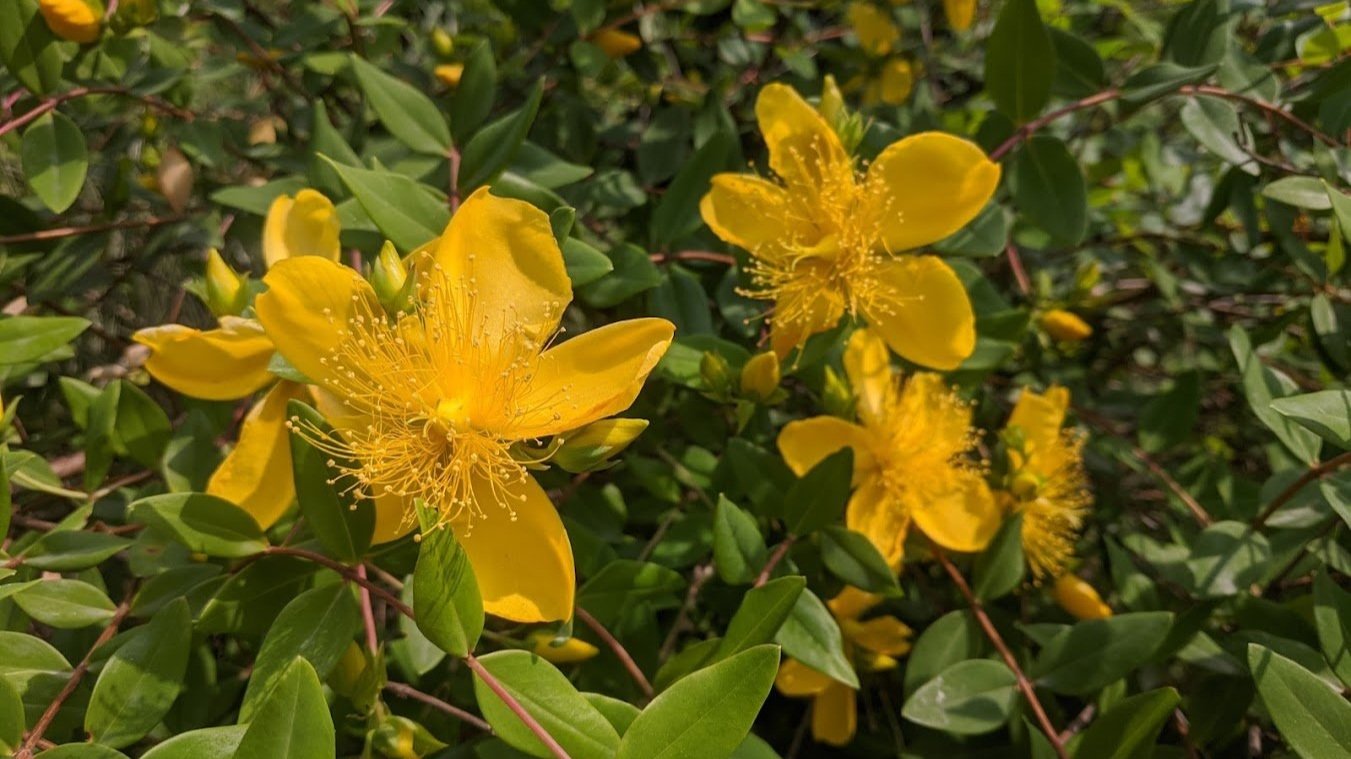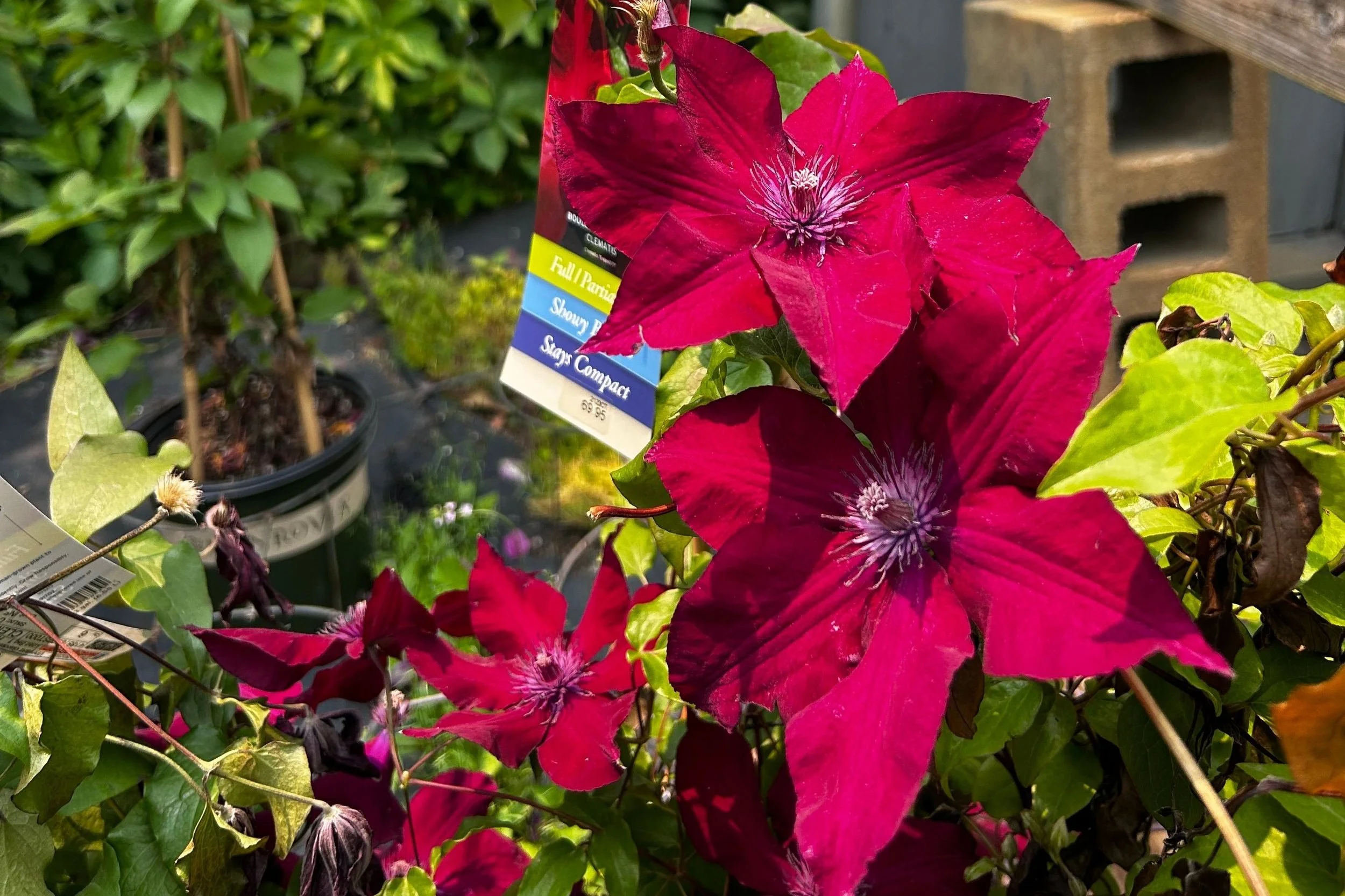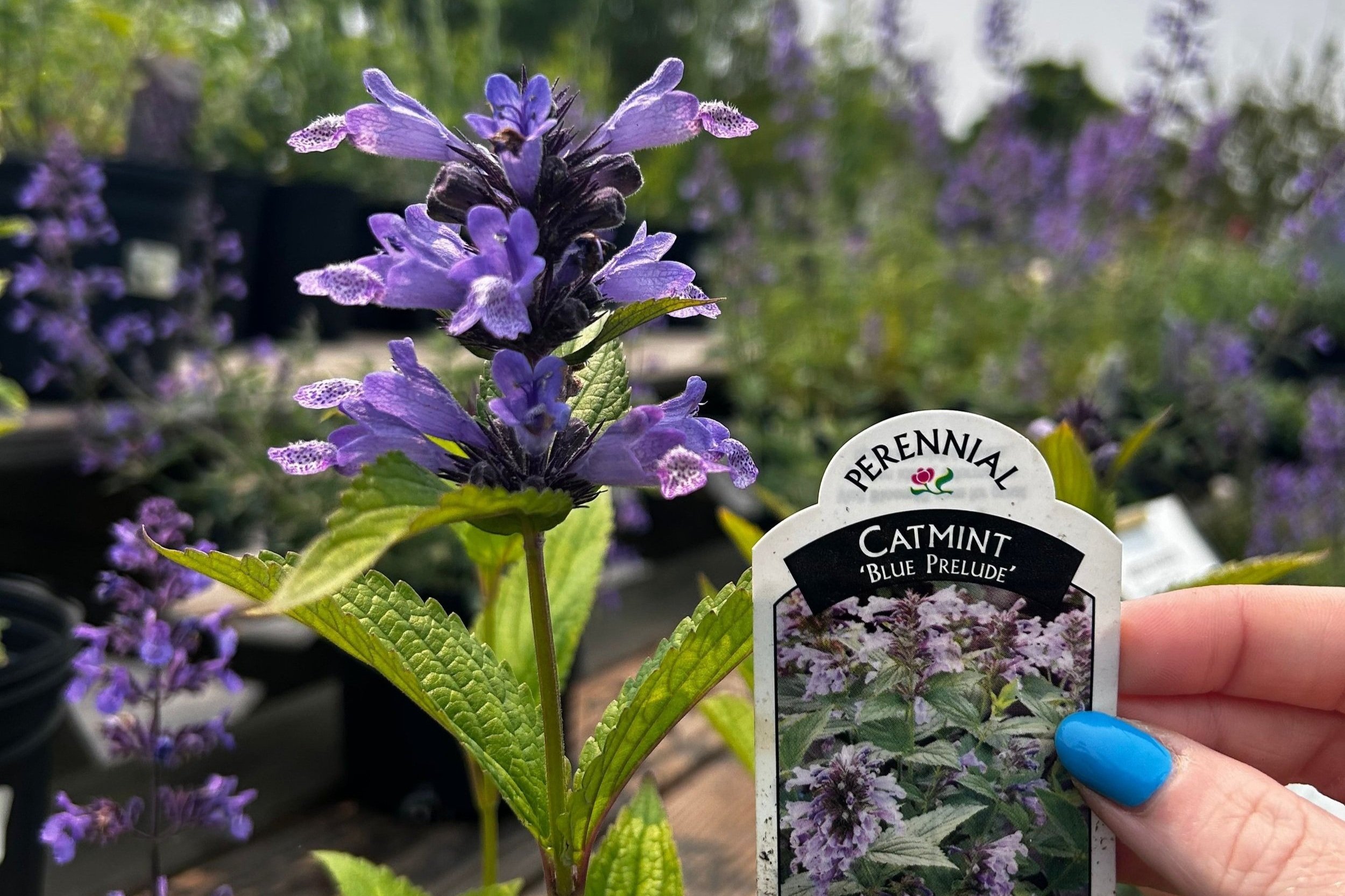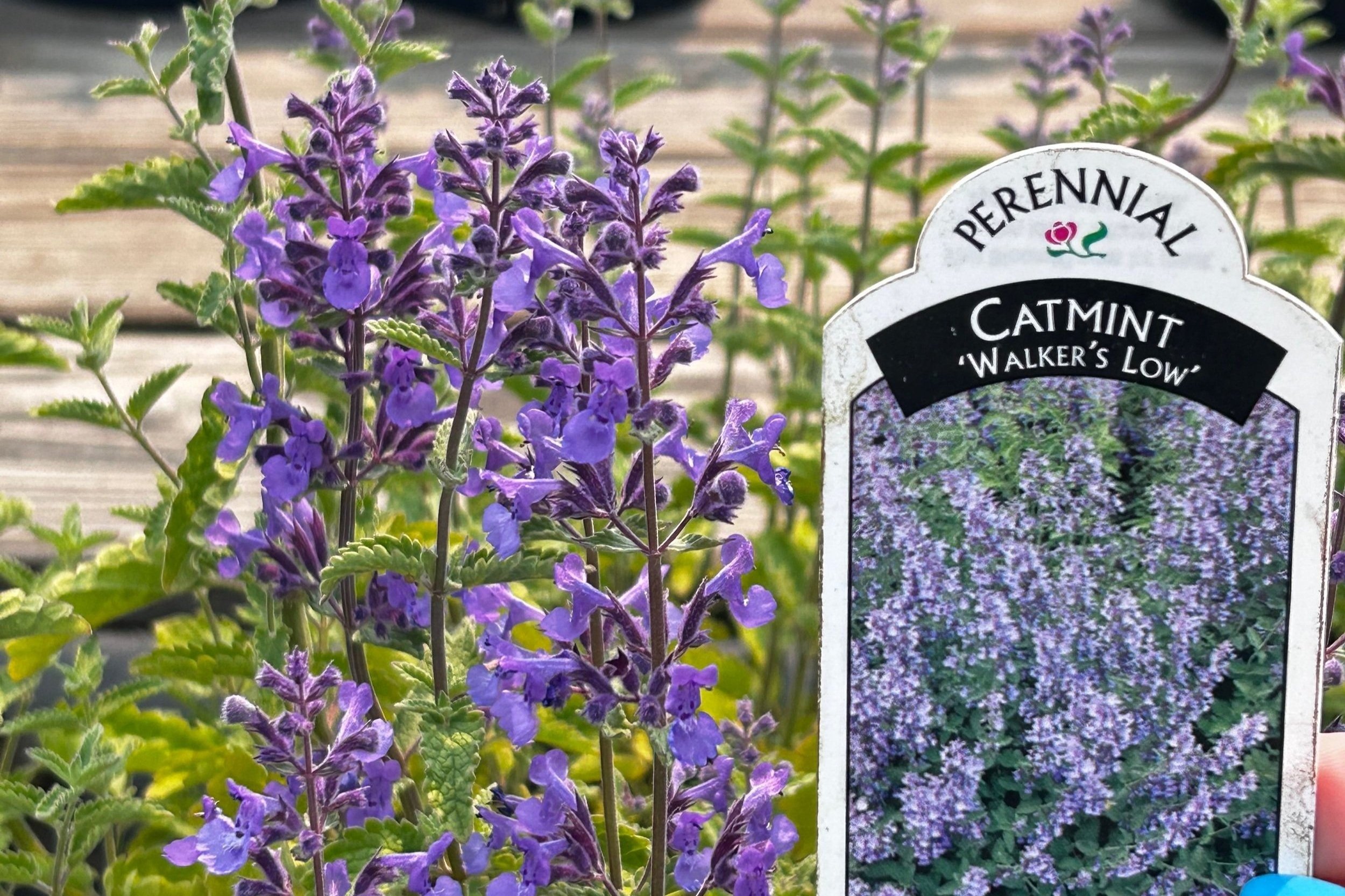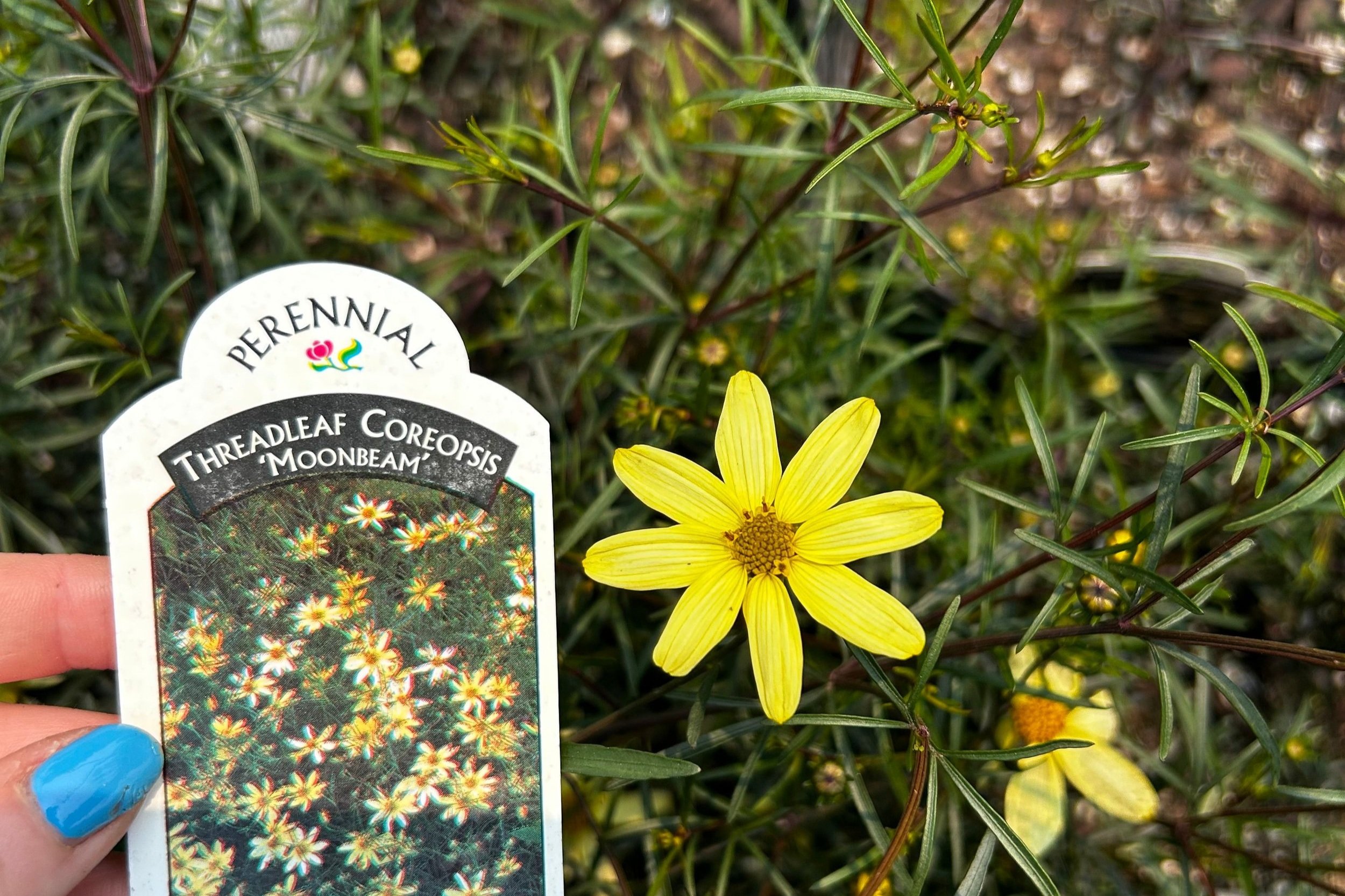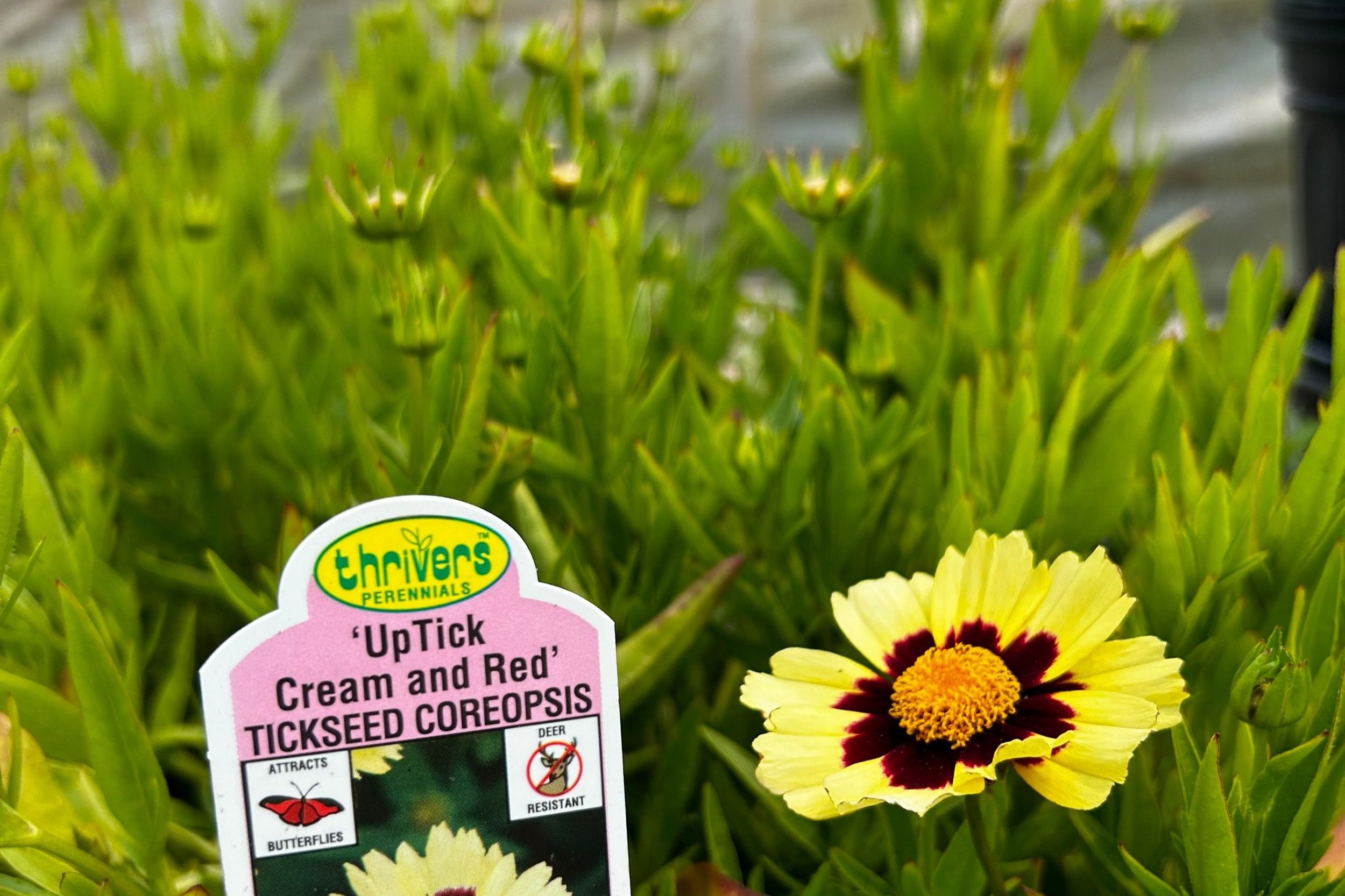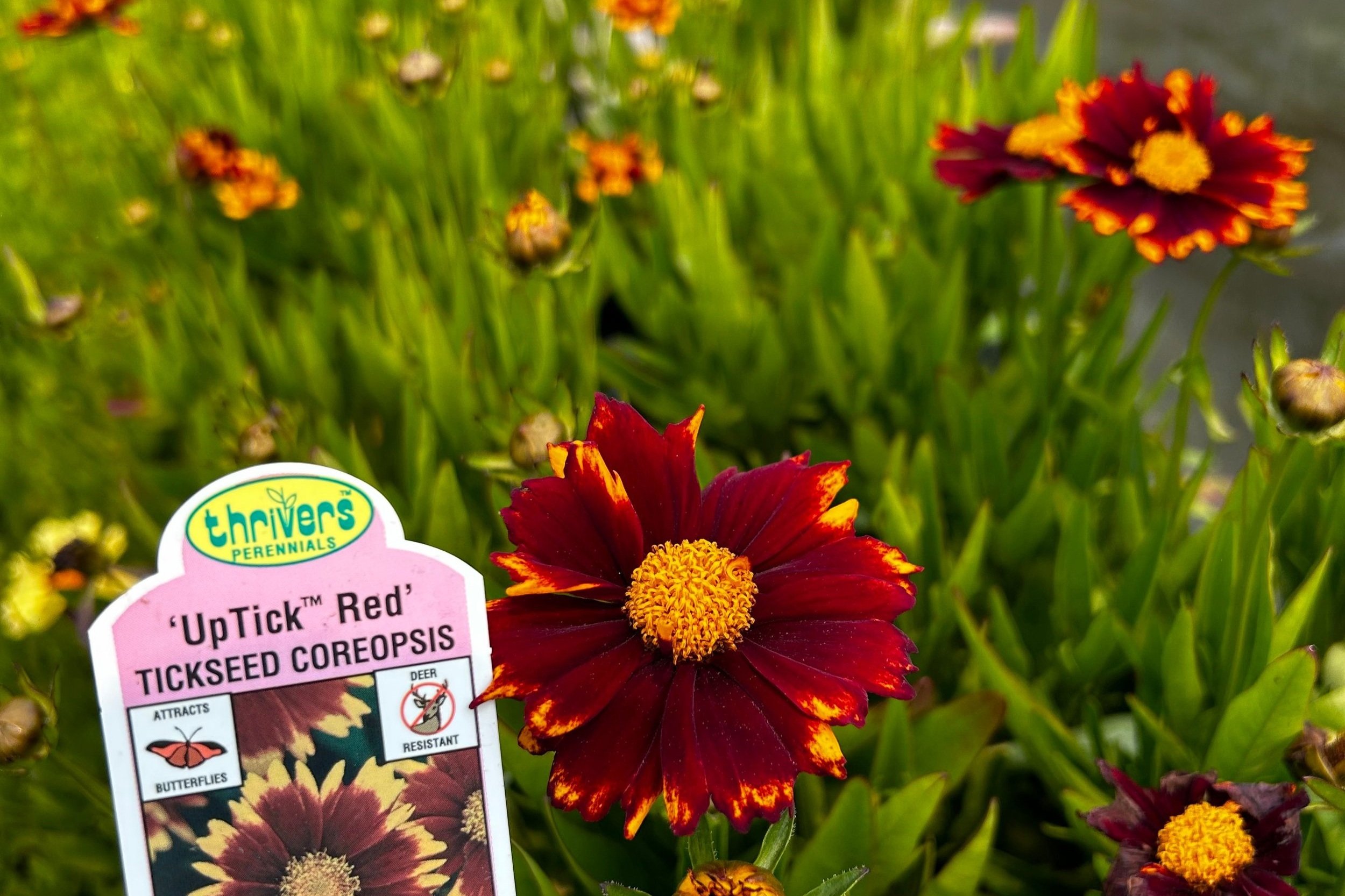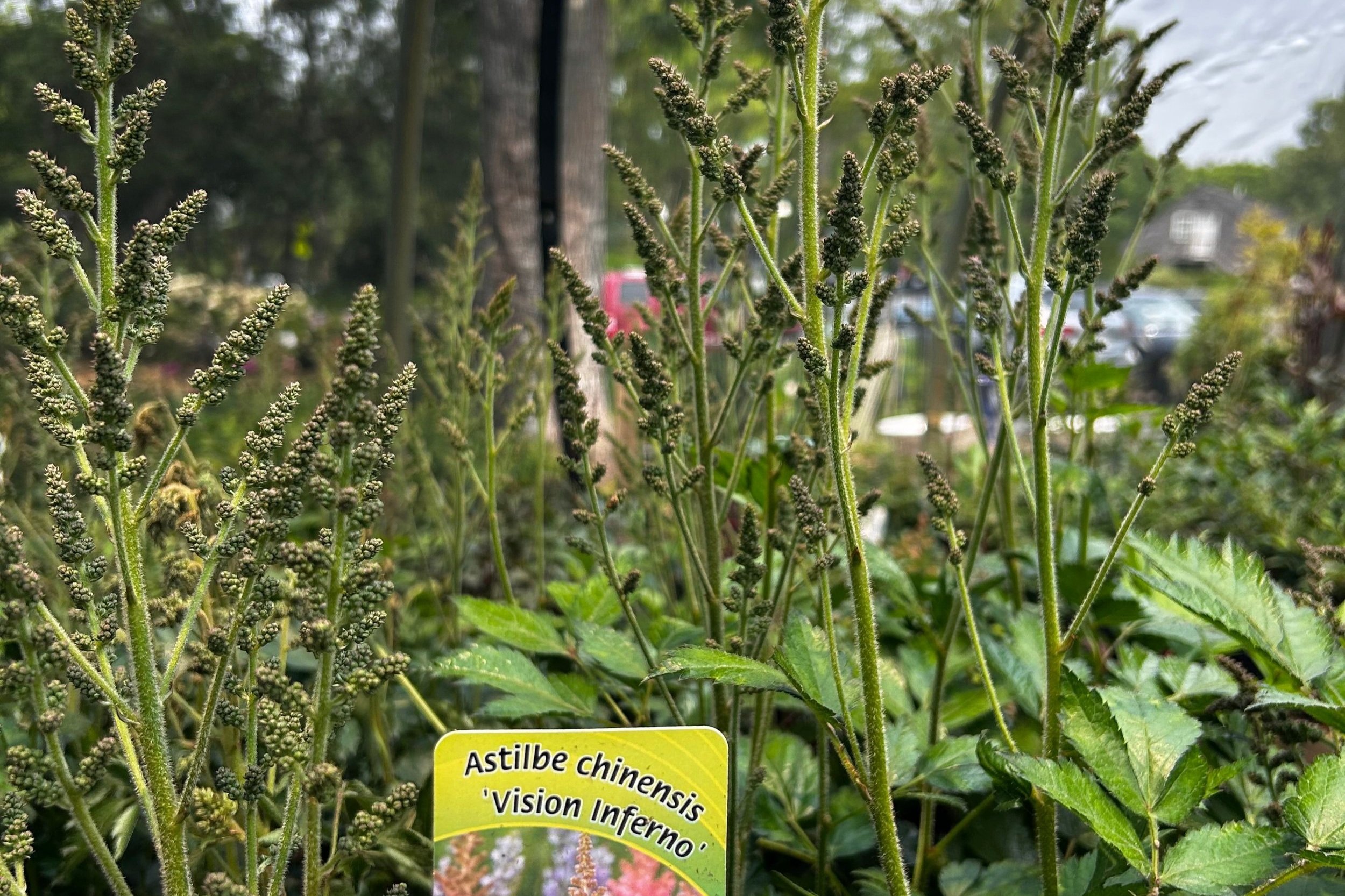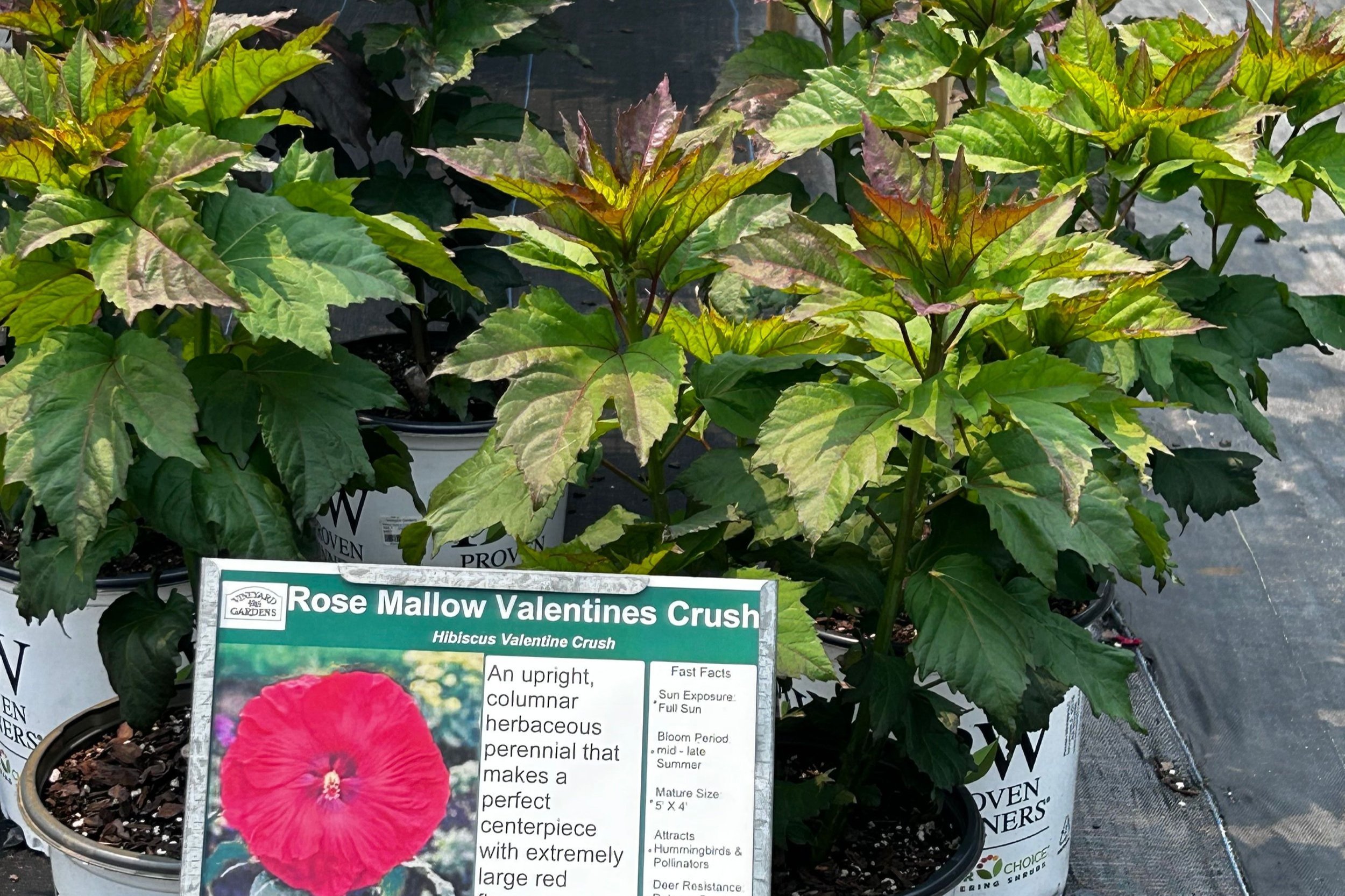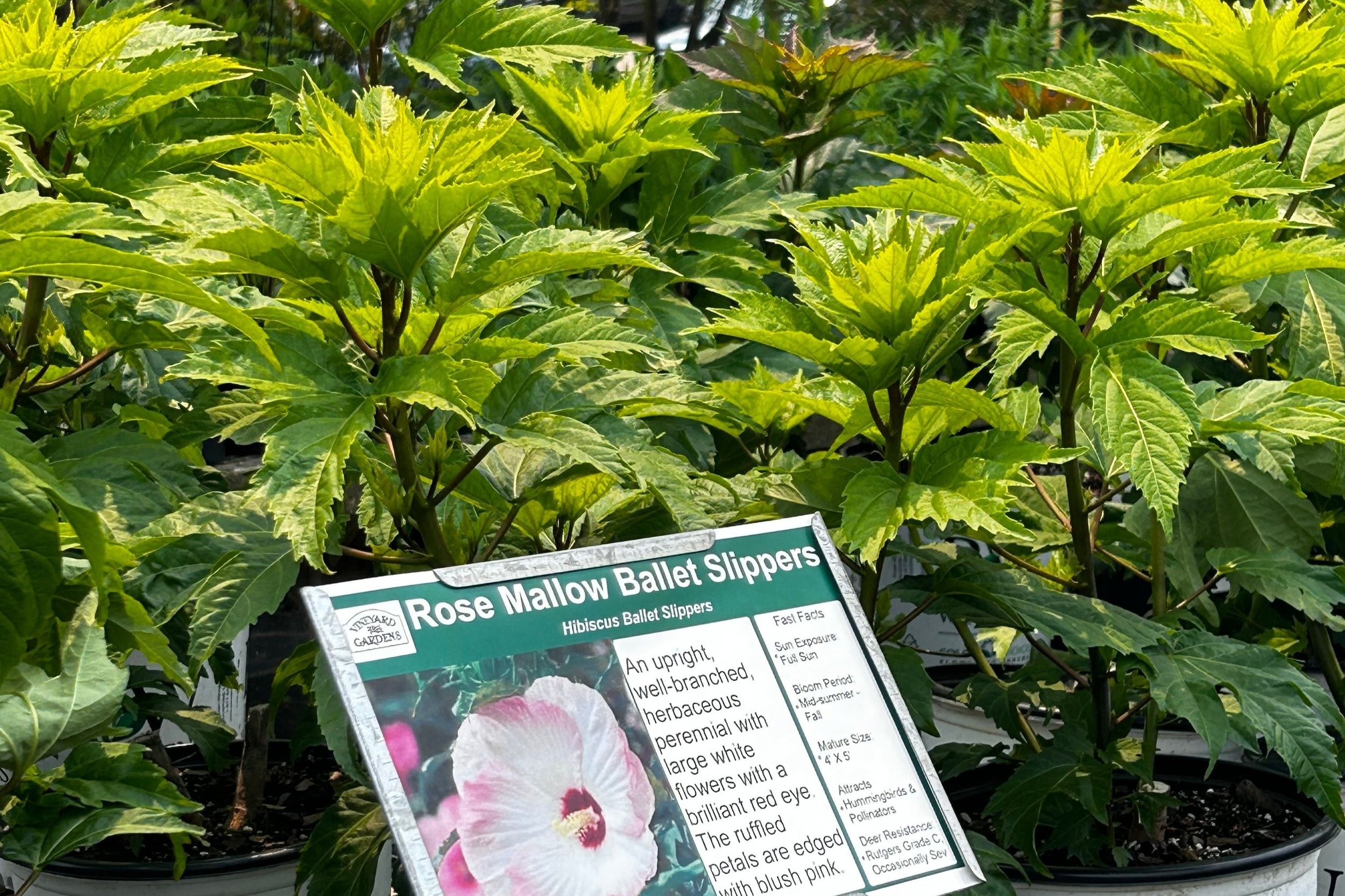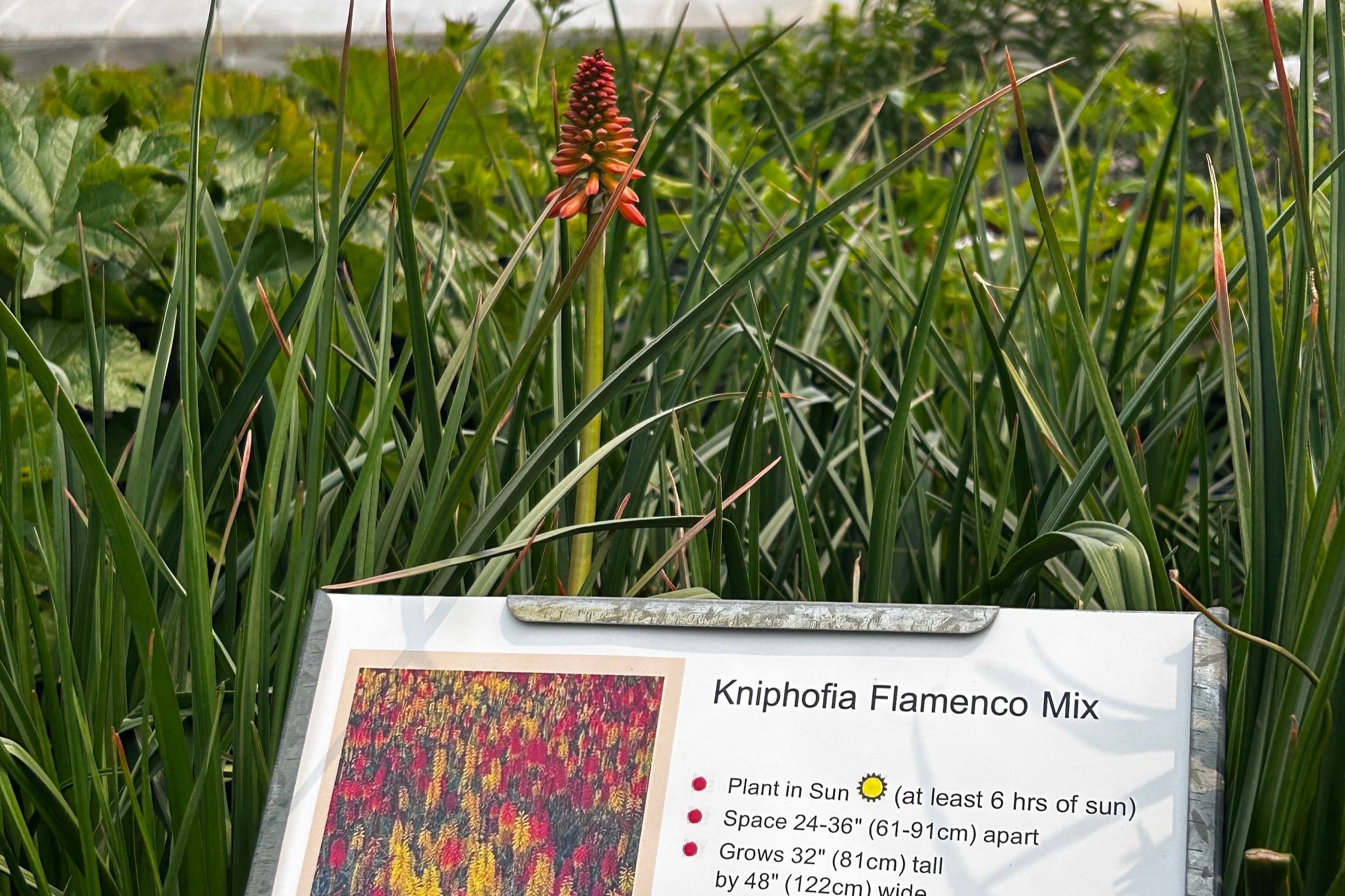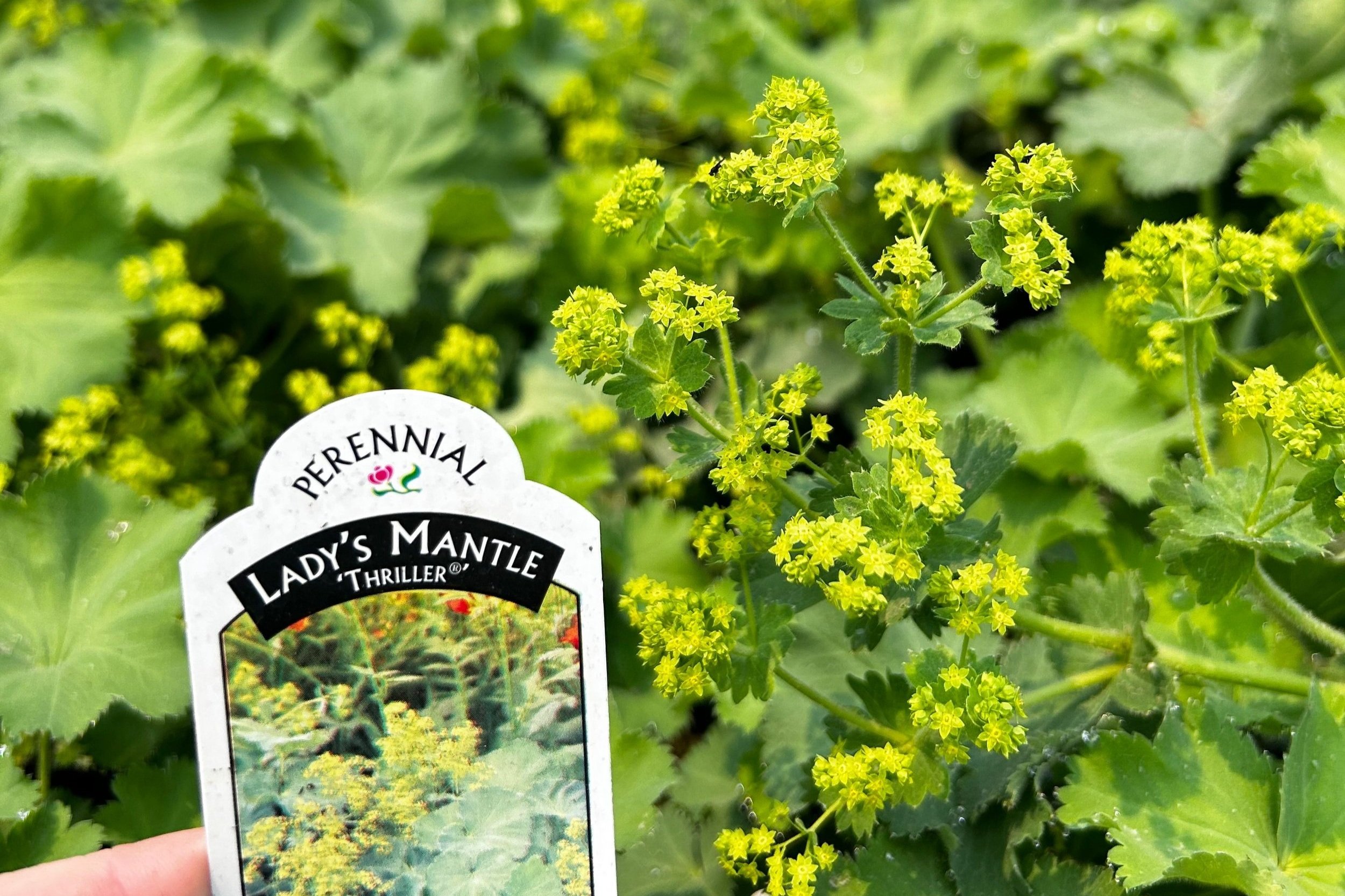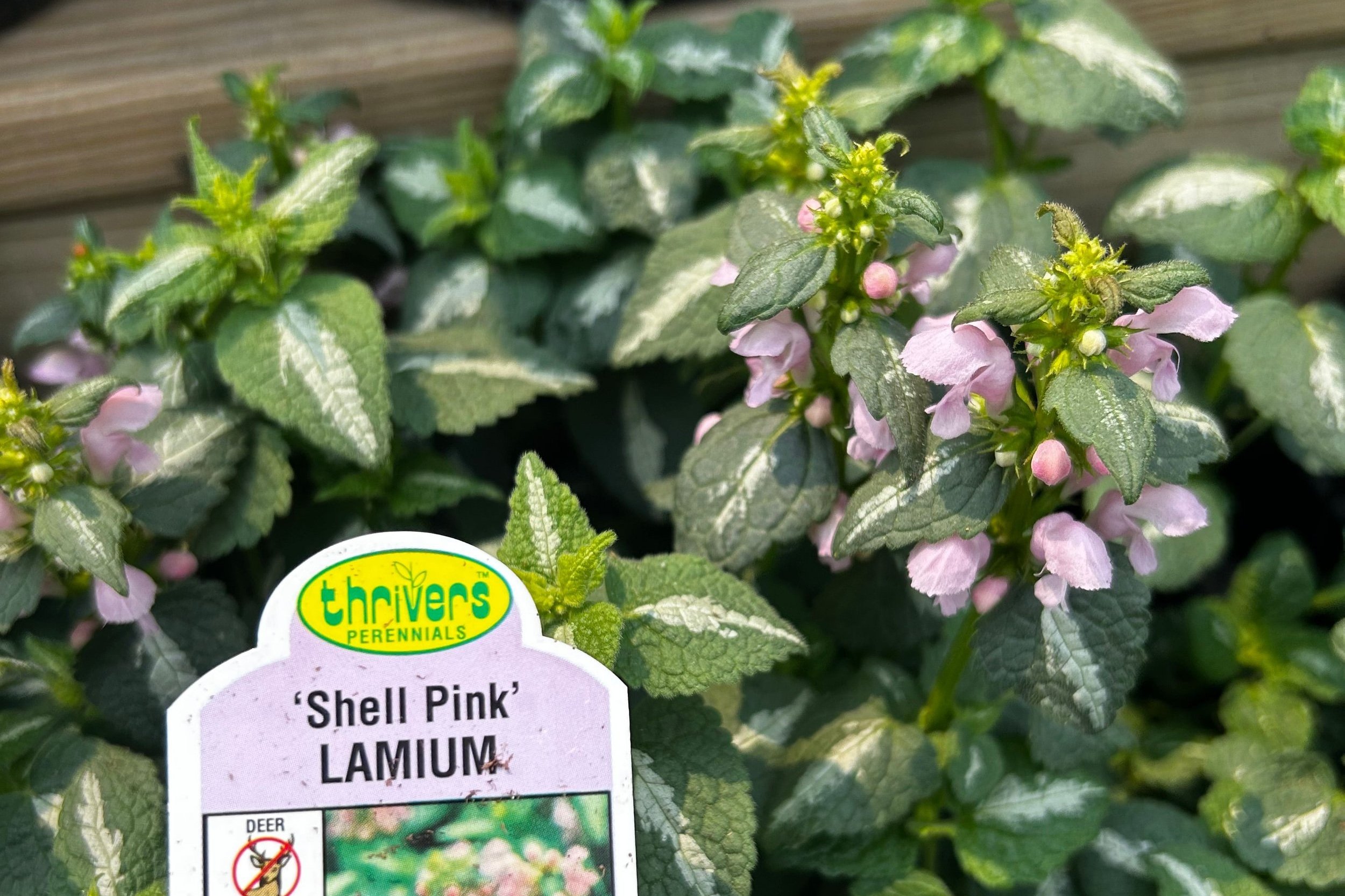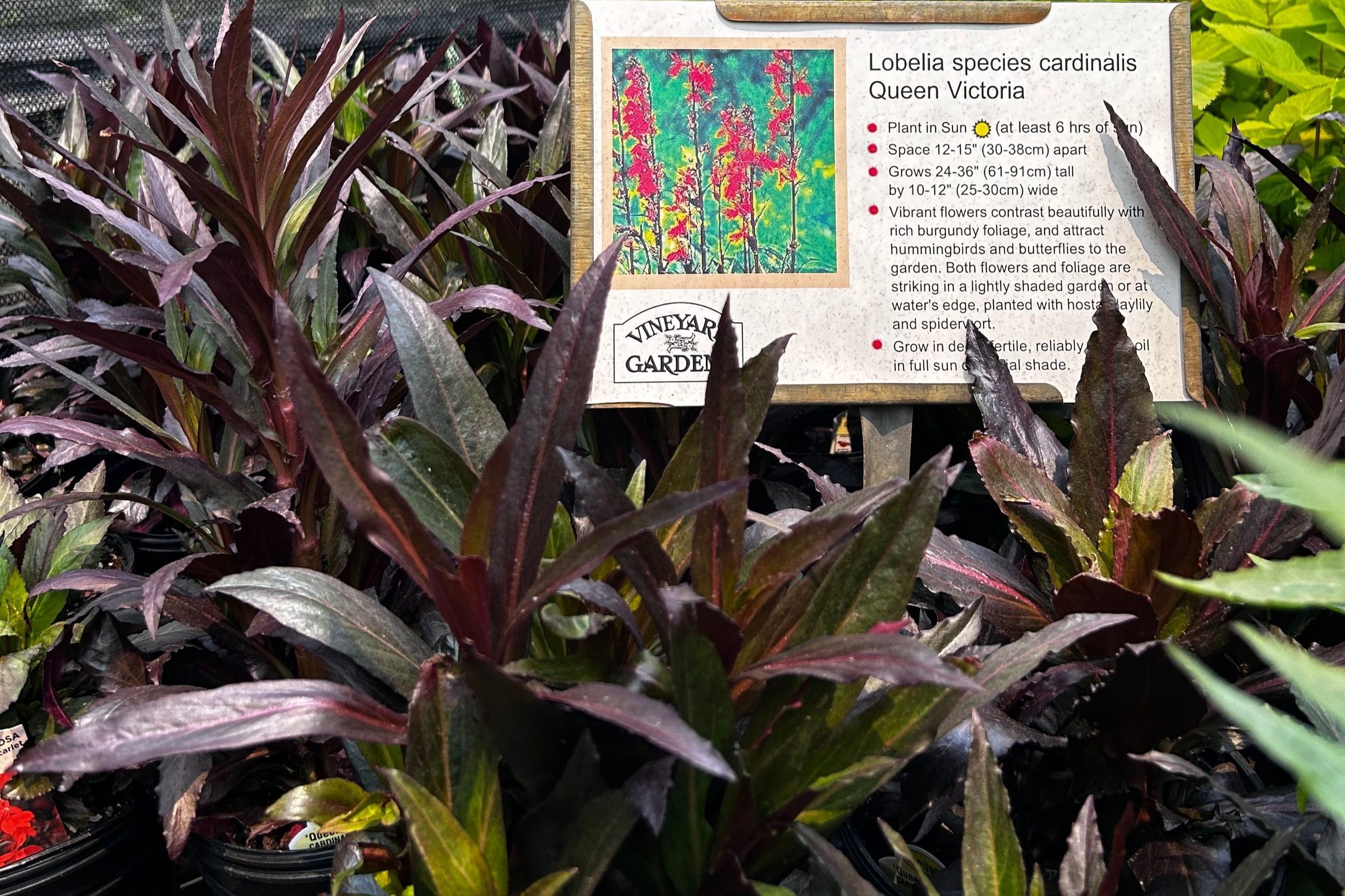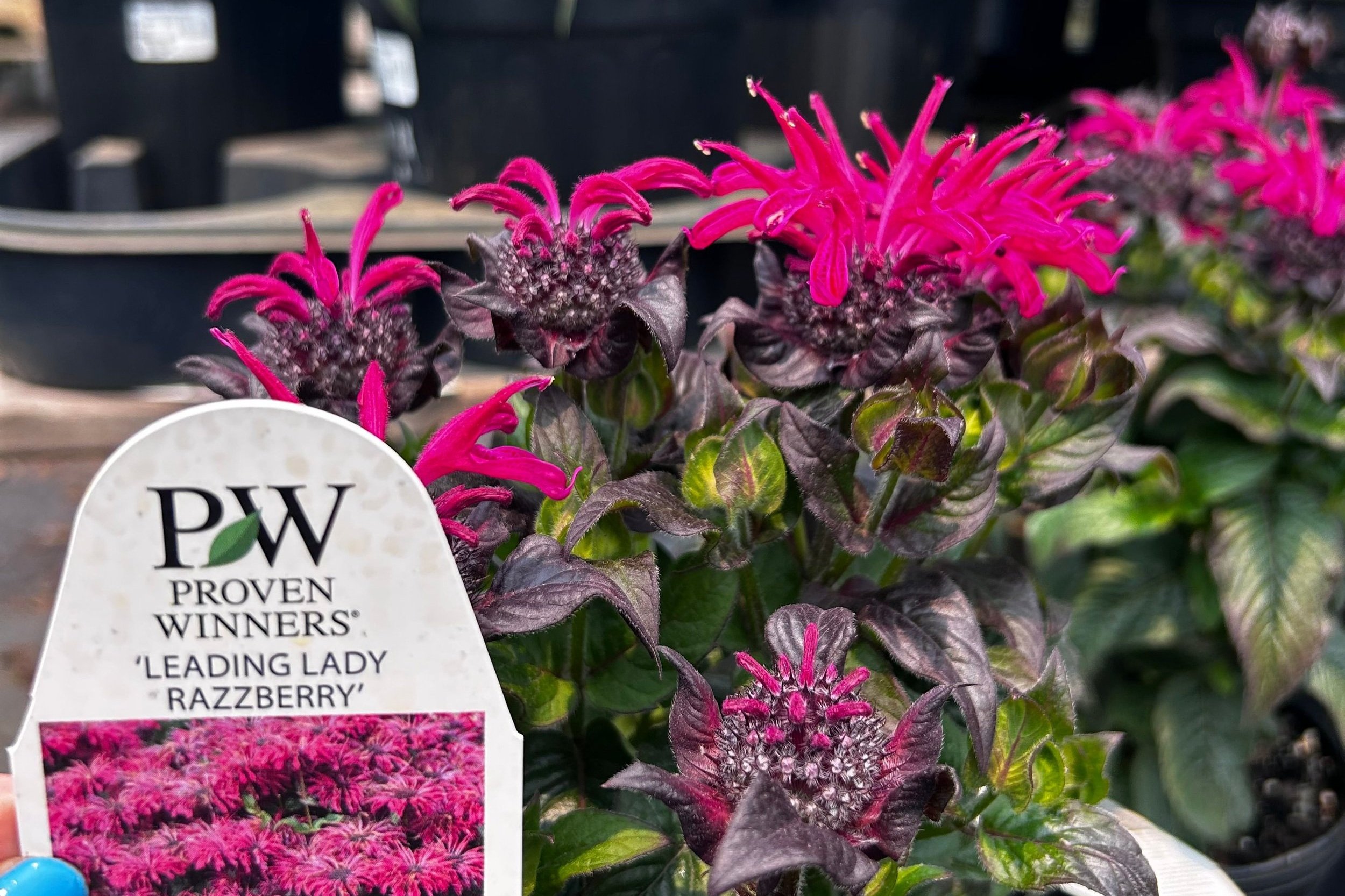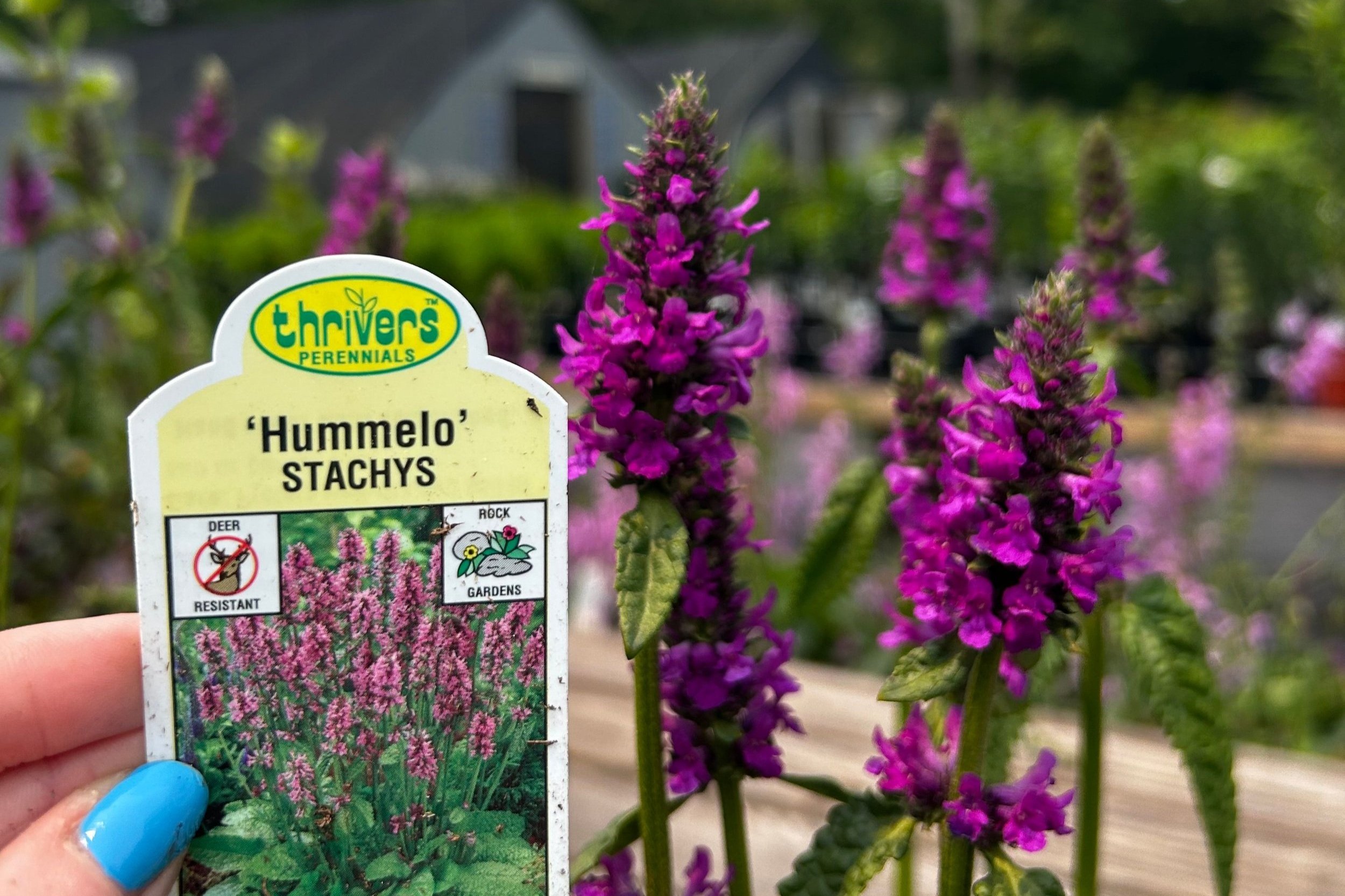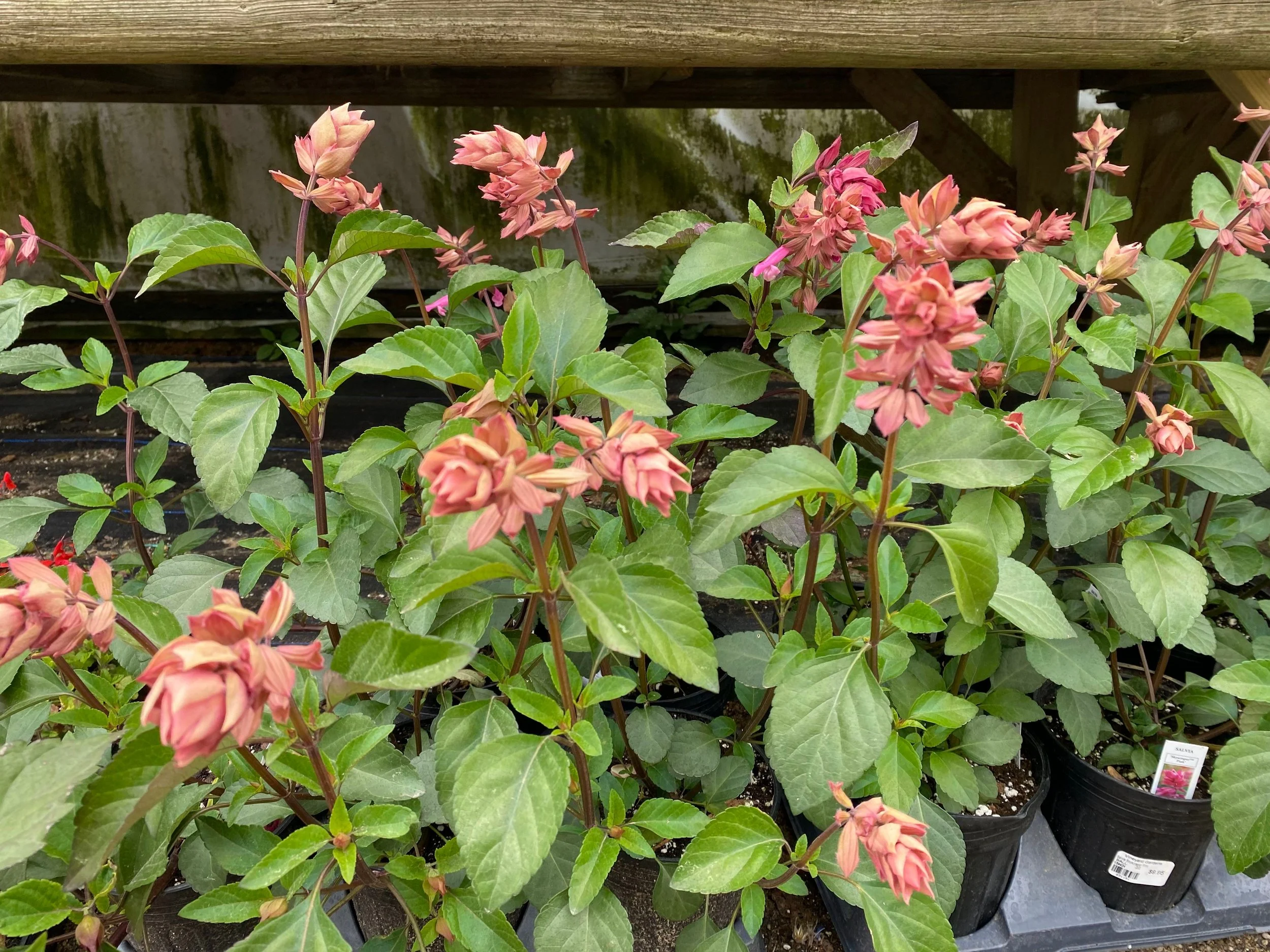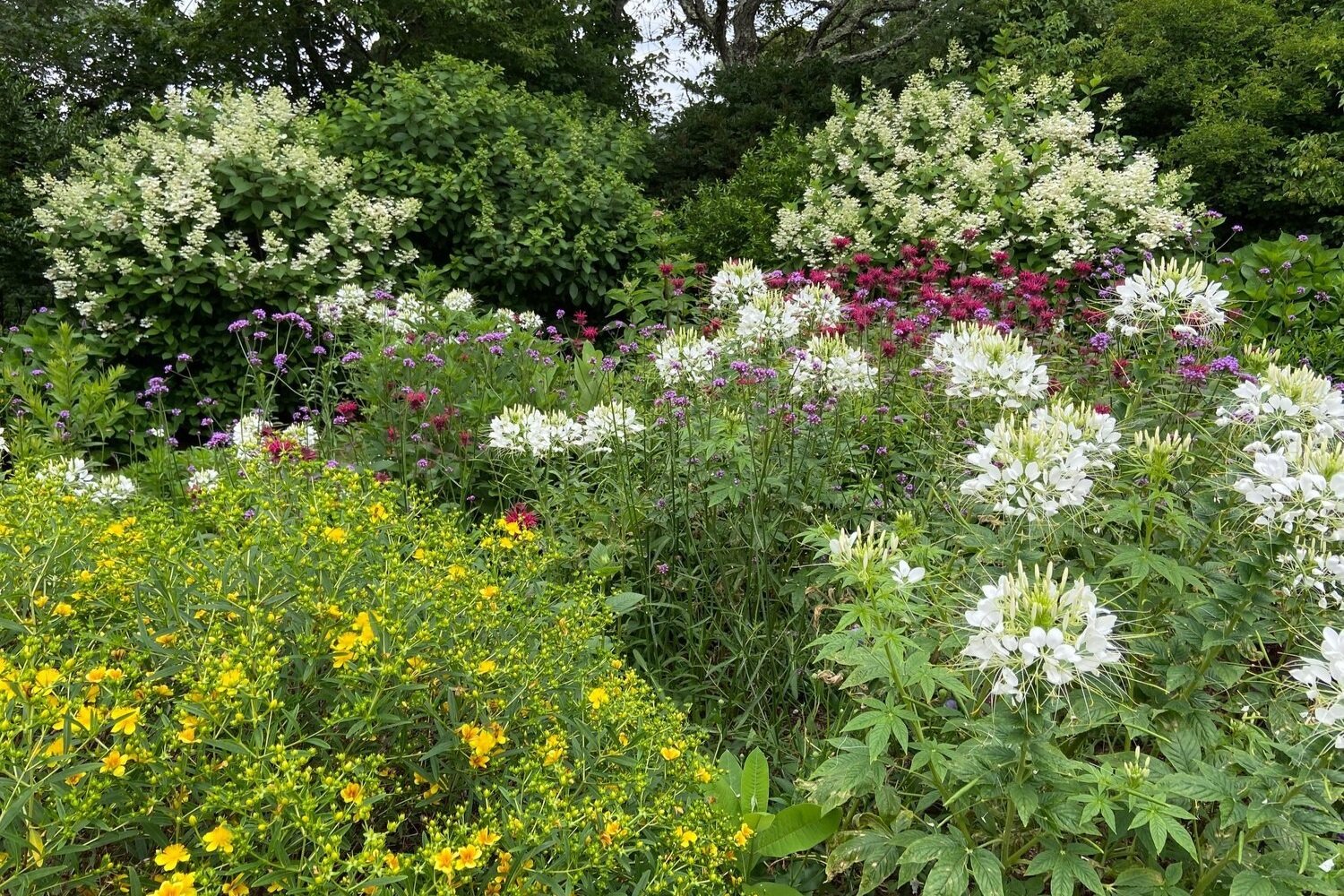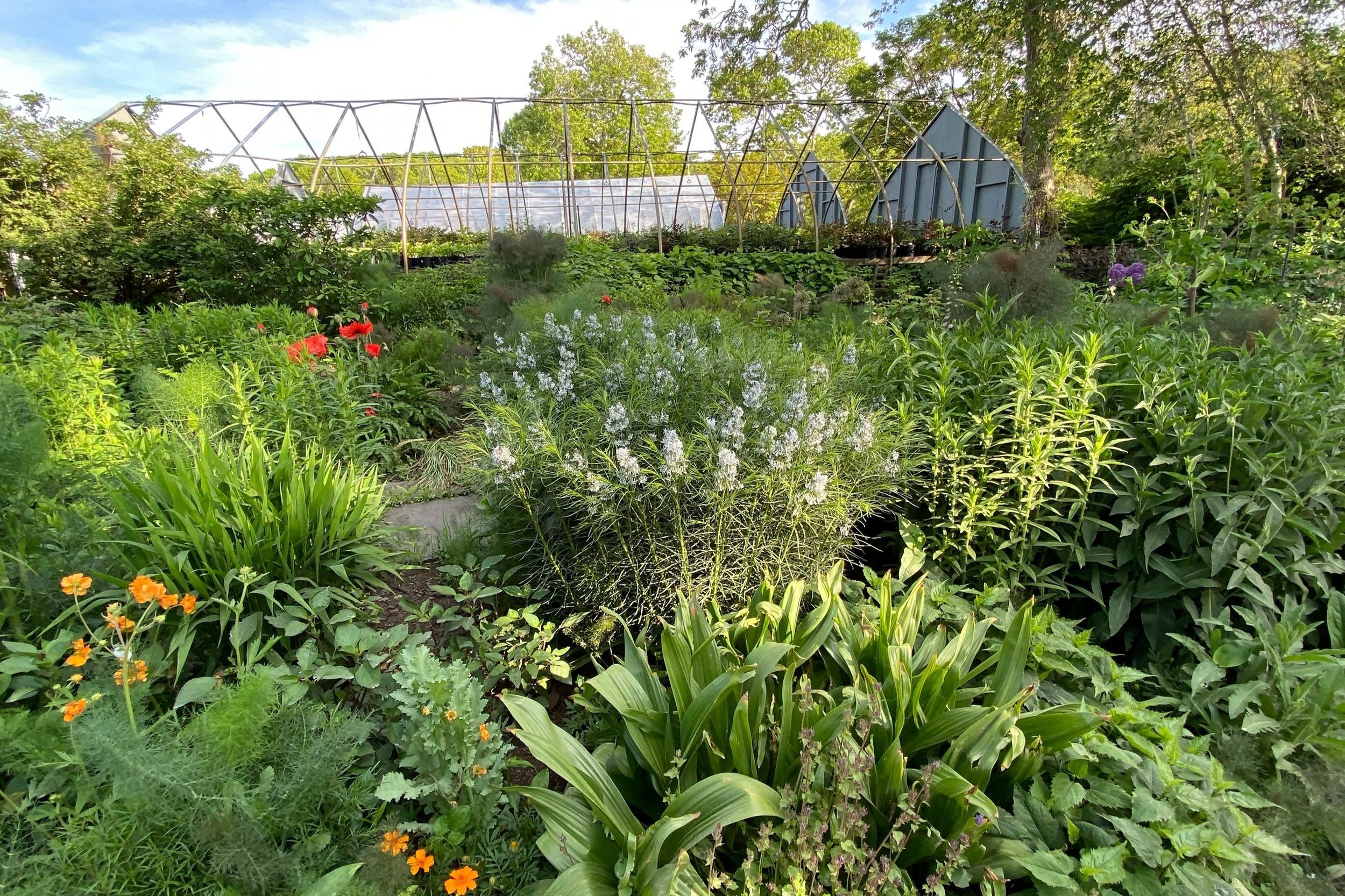AUTUMN GARDEN
by Keith Kurman
Martha's Vineyard has a long, warm and languorous autumn season that can often drift nearly to Christmas. Planning ahead is a key element to success in the late-season garden. With insightful planning you can time-out the garden to be full and flowery from the high summer season through the first frost and possibly beyond. Some plants are not going to start flowering until Labor Day so space must be allotted for them to perform that late in the growing year. Yielding space in the middle and back of your borders can provide strong foliage and substance to set-off the earlier flowering annuals and grow into space left vacant by the May-June perennial displays. Take this space into consideration when planning your garden beds. Distribute your late flowering plants evenly through the border and stagger height and depth, allowing space for earlier flowers.
Challenges these late blooming plants are faced with:
STAKING or HEADING BACK: Perennial mums, Asters, Phlox paniculata and other late-season stalwarts need pinching back before July 4th. It’s important to provide support for some of the tall growing perennials early in the season to allow them to grow into your staking system. Bamboo stakes and jute twine are probably the most straightforward approach but Peony hoops and tomato cages can be very effective as well. Staking may seem a little fussy and early in the season but we are always glad it was done when it comes to these late September weather “events” like Hurricane Josè.
DROUGHT: Irrigation requires constant monitoring and very often requires supplemental water during long dry spells. Over the course of the gardening year any number of things can happen to disturb a basic irrigation system including plant blockage or punctured lines.
DEER: Plants may require a regular application of Bobex or other repellent, plant caging or possibly companion planting
CATEPILLARS (and other pests): Plants may require regular applications of sprays like Safer Soap, Neem Oil or any of the Pyrethrum derivatives.
Lespedeza thunbergii and Pycnanthemum (Mountain Mint) at Polly Hill Arboretum
September Border with Crepe Myrtles, Vitex, Rudbeckia and Hibiscus
PLANTS THAT ARE LOOKING FANTASTIC IN THE GARDENS RIGHT NOW
PERENNIALS:
Asters, Mums (the hardy types), Agastashe, Phlox, Japanese Anemone’s, Tricyrtis, late
flowering Hosta, Helianthus, Hibiscus moscheutos, Rudbeckia, Kirengeshoma palmata,
Aconitum (Monkshood) Chelone, Patrinia scabiosifolia, Pycnanthemum (Mountain Mint)
Physostegia (careful, its invasive!), Solidago’s and the ultra-violet flowers of the late to emerge
ground cover, Ceratostigma plumbaginoides
Autumn Crocus (Colchicum "Waterlily")
annual Rudbeckia variety
Chrysanthemum x Clara Curtis
Kirengeshoma palmata, Marginal Fern and Tricyrtis
Symphyotrichum novae-anglia or what we call, New England Aster
Patrinia scabiosifolia
Hedychium coronarium
Japanese Anemone and Impatiens balfourii
ANNUALS:
Salvias, Dahlias, Cosmos, Marigolds, Rudbeckia, Tithonia, Arctotis, Petunias, Celosia,
Browallia, Ricinus, Coleus, Ginger… and oh so many more!
Petunia and Coleus
Coleus and Tithonia "Torch"
Dahlias and Salvia gaurinitica "Black and Blue"
Petunia violacea
FLOWERING SHRUBS:
Hydrangea p.g. “Tardiva”, some of the Buddleia and Spirea’s (if they had been being dead-
headed through the season), Caryopteris, Lespedeza thunbergii, Crepe Myrtle, Vitex, Abelia x
grandiflora, Clethra, Camellia sasanqua varieties
A yellow-leafed selection of Bluebeard or Caryopteris x clandonensis "Aurea"
late season spent flowers of Hydrangea macrophylla
Hydrangea paniculata grandiflora "Tardiva" and (front) Hydrangea "Annabelle"
Abelia x grandiflora
PLANTS for FOLIAGE:
Fothergilla, Itea japonica, the mop-headed Hydrangea’s, scented Geranium’s, Virginia Creeper
(Parthenocissus quinquefolia), Sumac’s, Witch Hazel’s (Hamamelis and Parrotia)
Viburnum dilatatum "Michael Dodge" and Virginia Creeper
Quaking Oat Grass Chasmanthium latifolium
PLANTS for FRUIT:
Viburnum, Winterberry (Ilex verticillata), Beauty Berry (Callicarpa dichotoma), Roses,
Crabapples, Porcelain Berry (Ampelopsis brevipedunculata “Variegata”)
miniature Roses will continue flowering well past first frost
Beauty Berry (Callicarpa dichotoma)
This list is just a starting point, there are so many more wonderful plants to choose, from the ferns and grasses to the autumn flowering bulbs. For the most part, these should be planted out in the spring so take a look at your garden now and plan where you might need some color or height next year.
Autumn tones in the display gardens at Vineyard Gardens














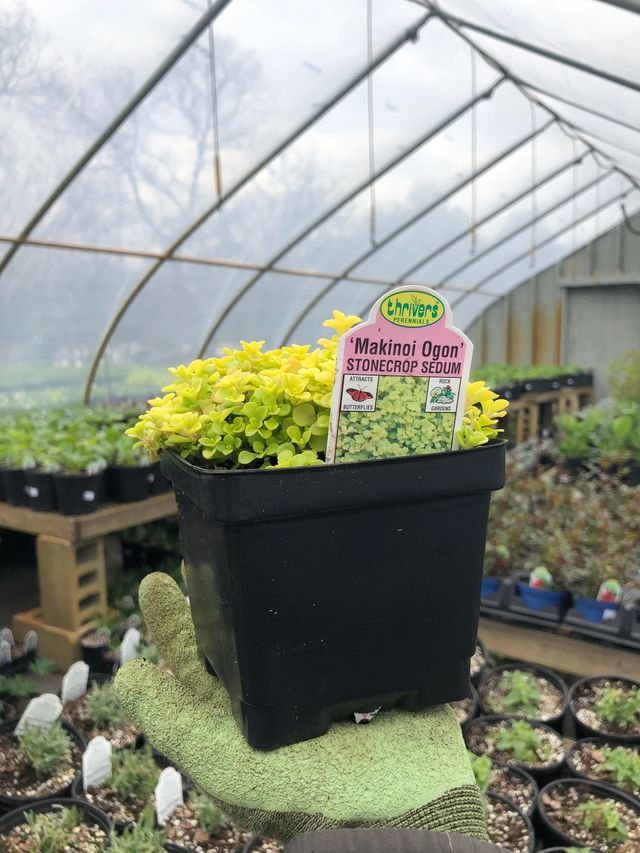





















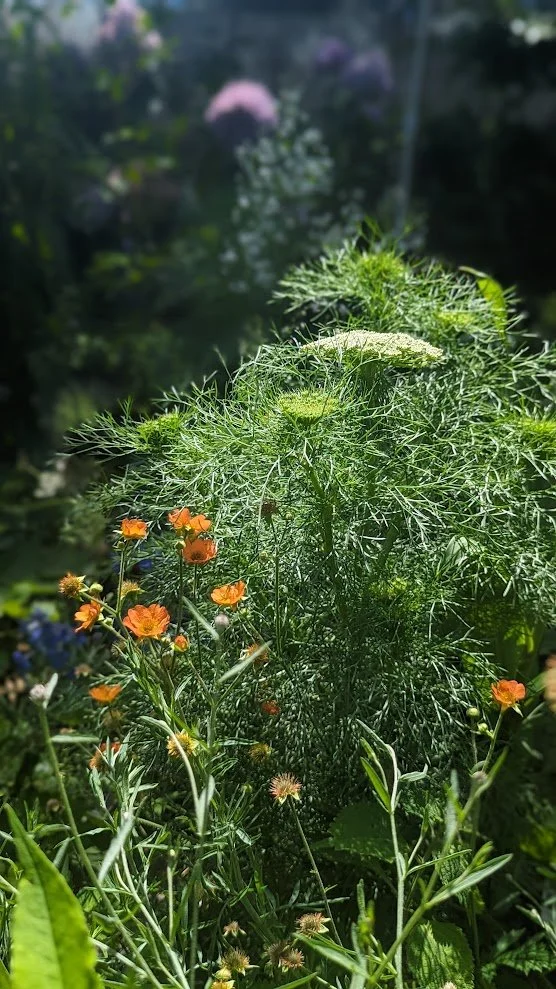





























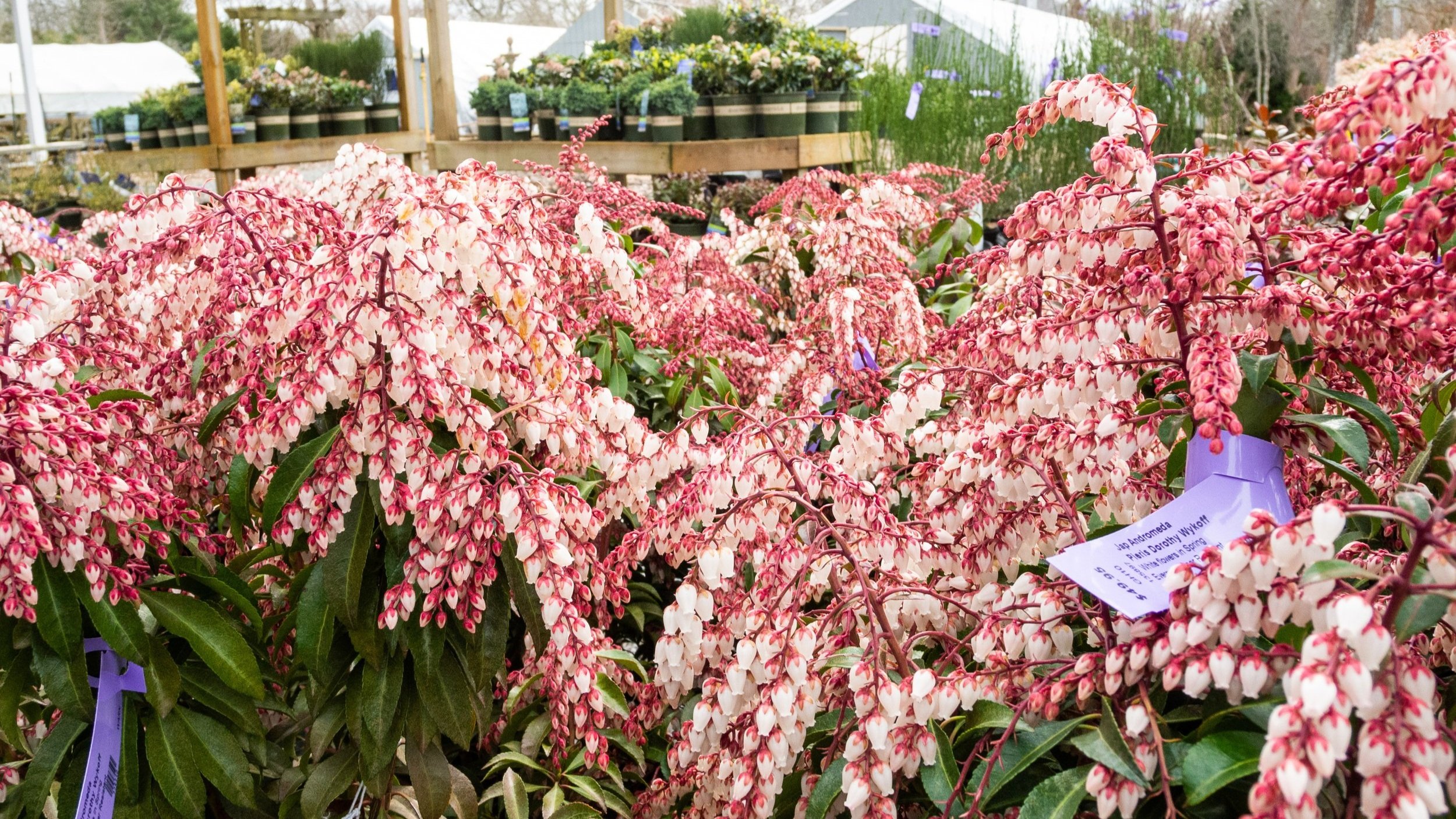
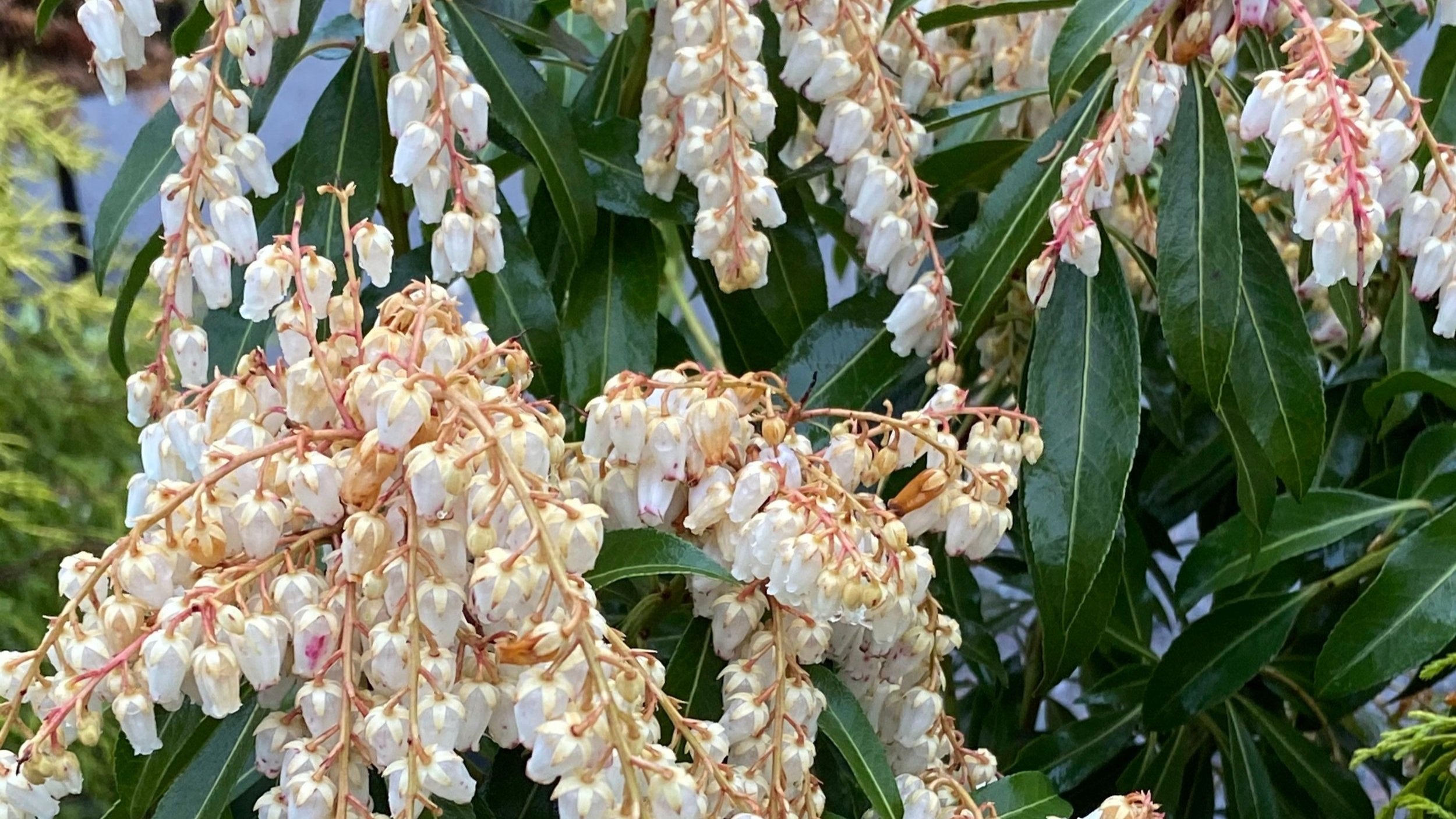
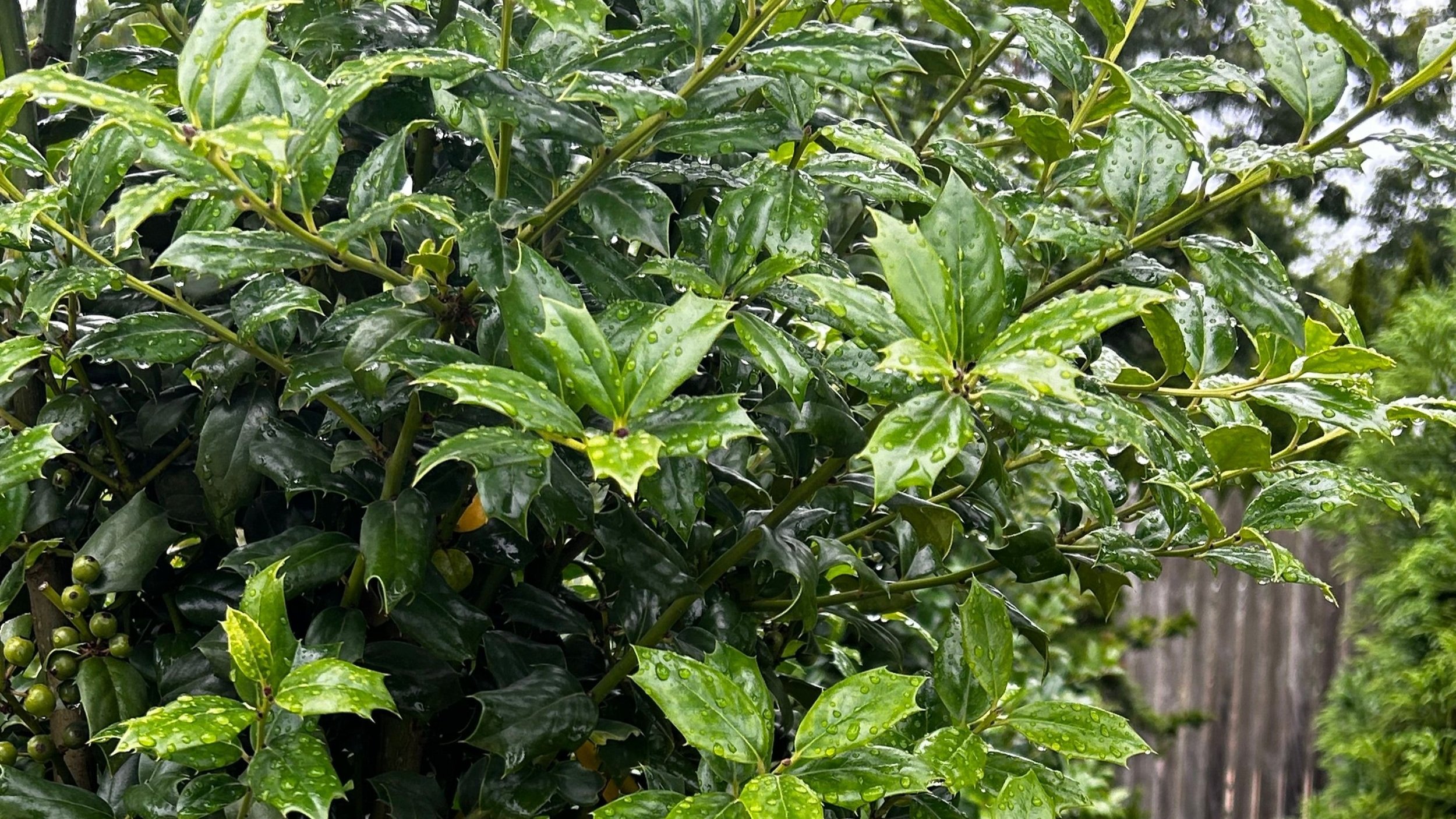
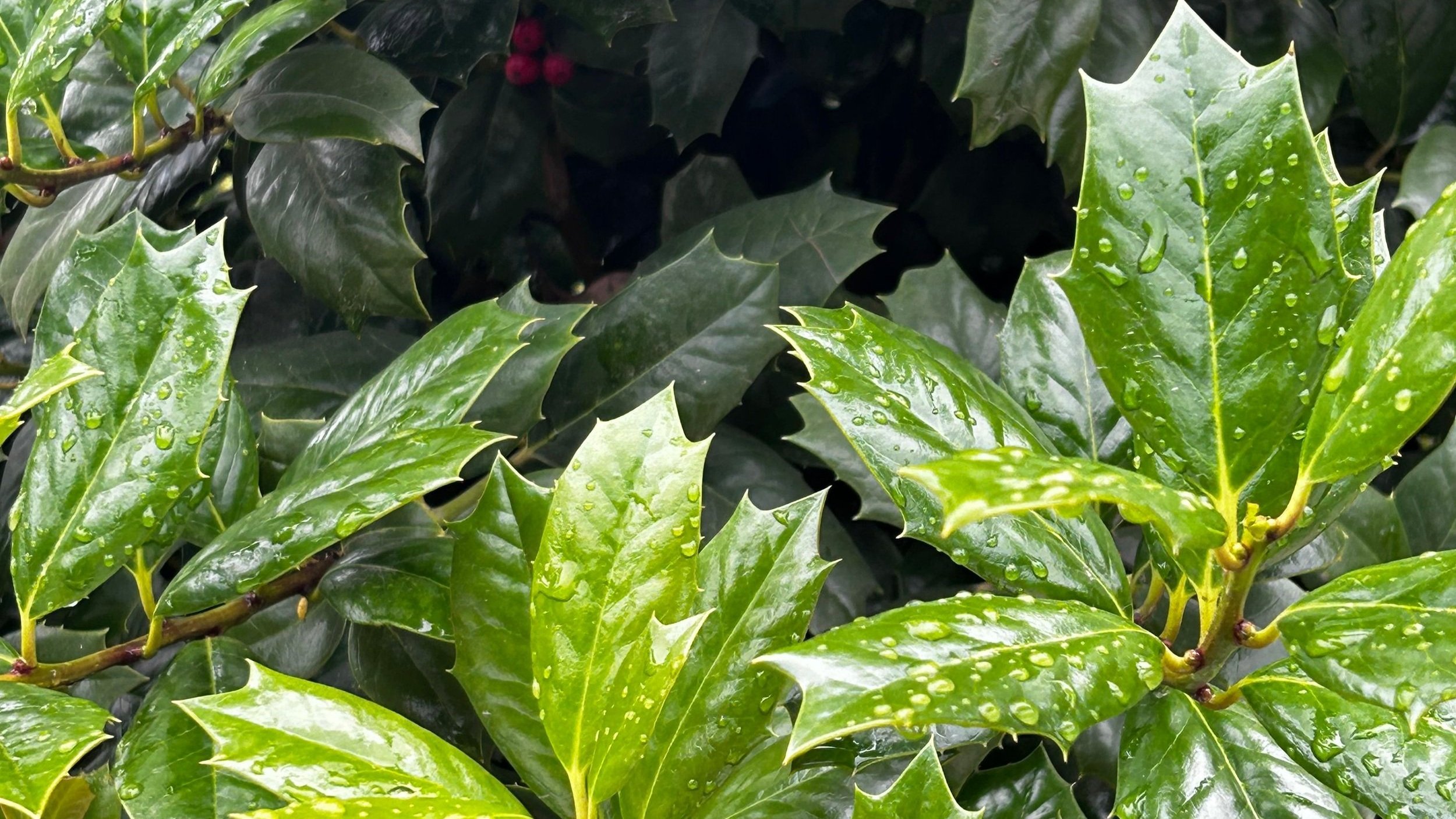
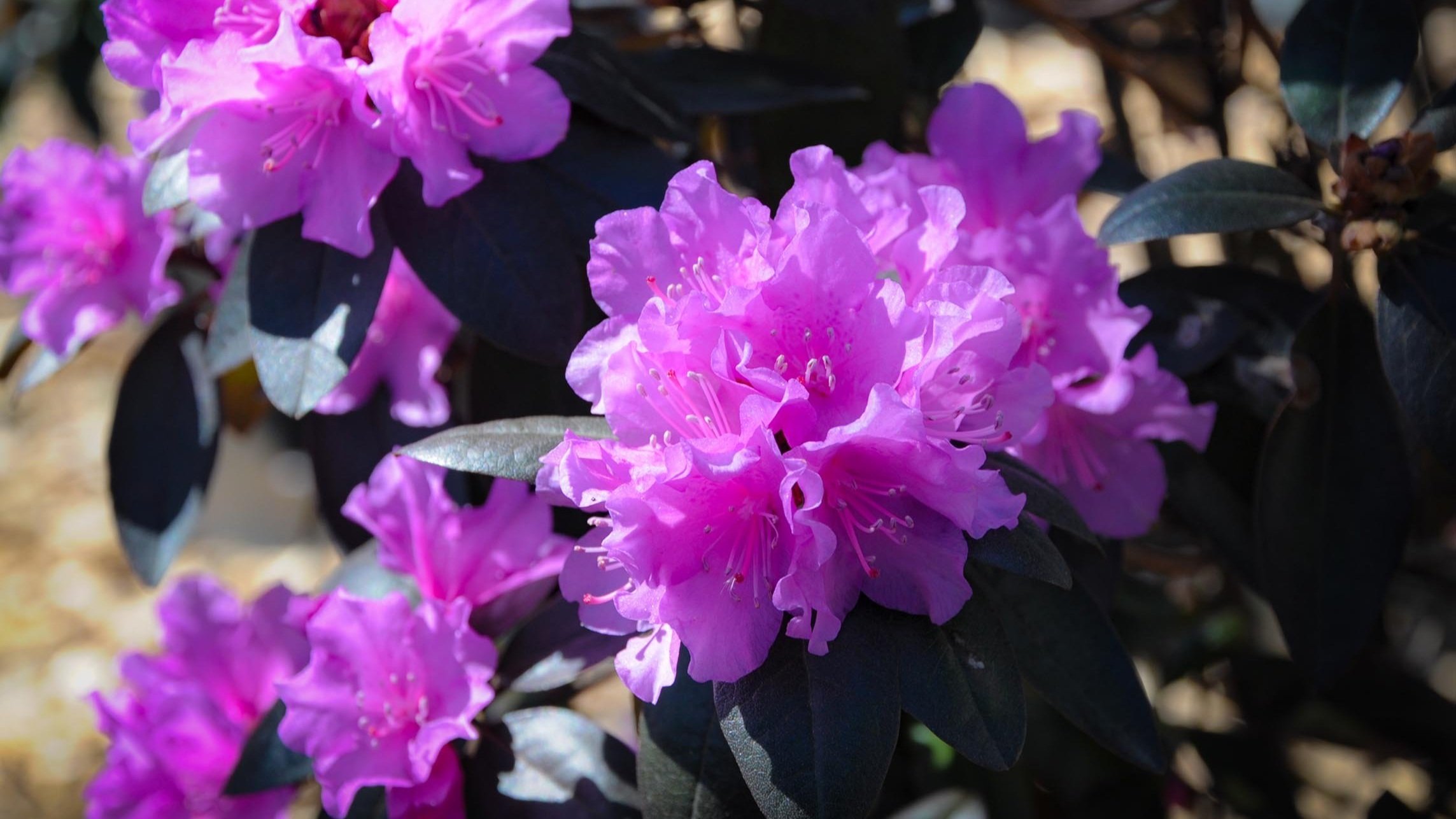
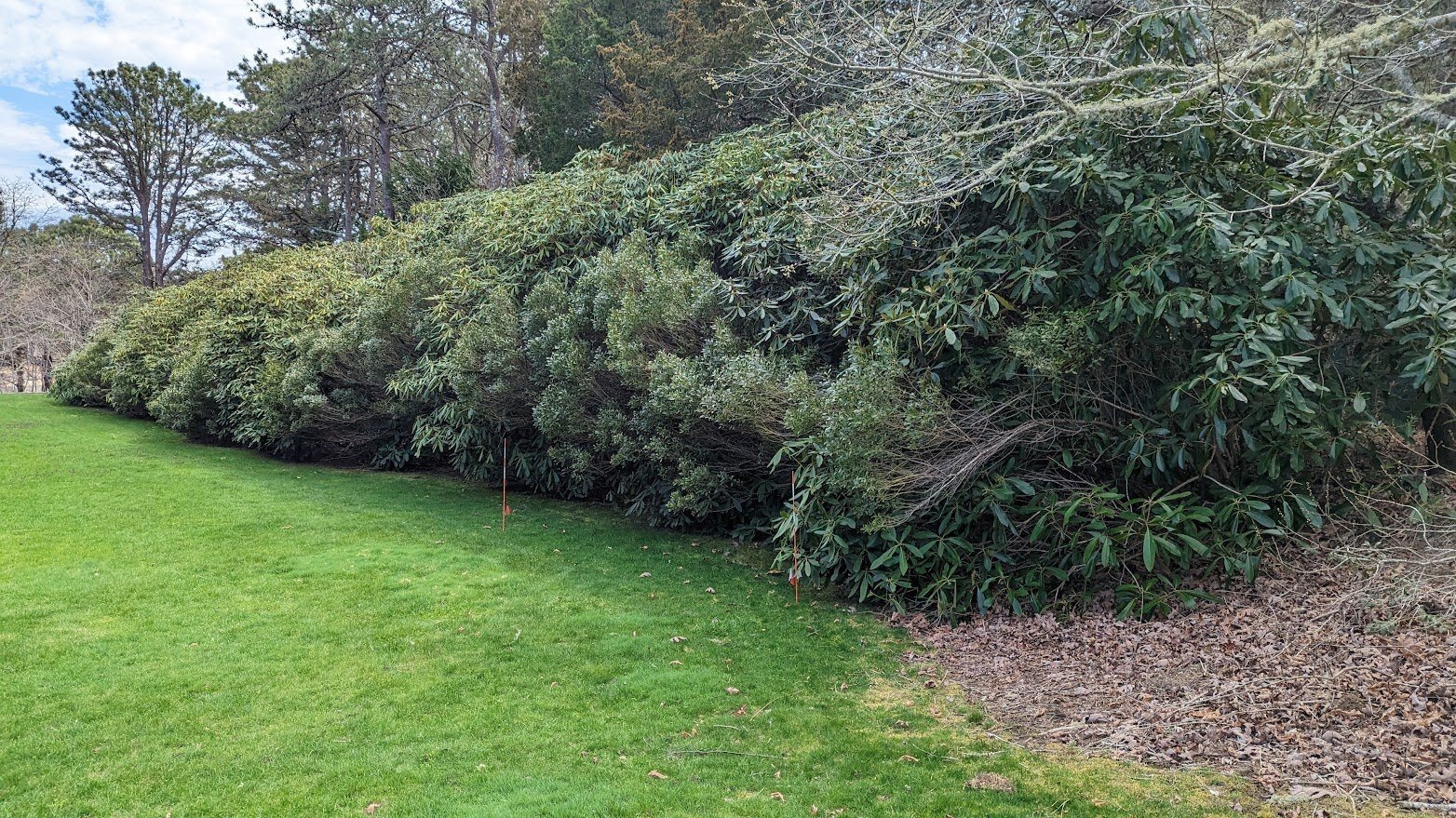
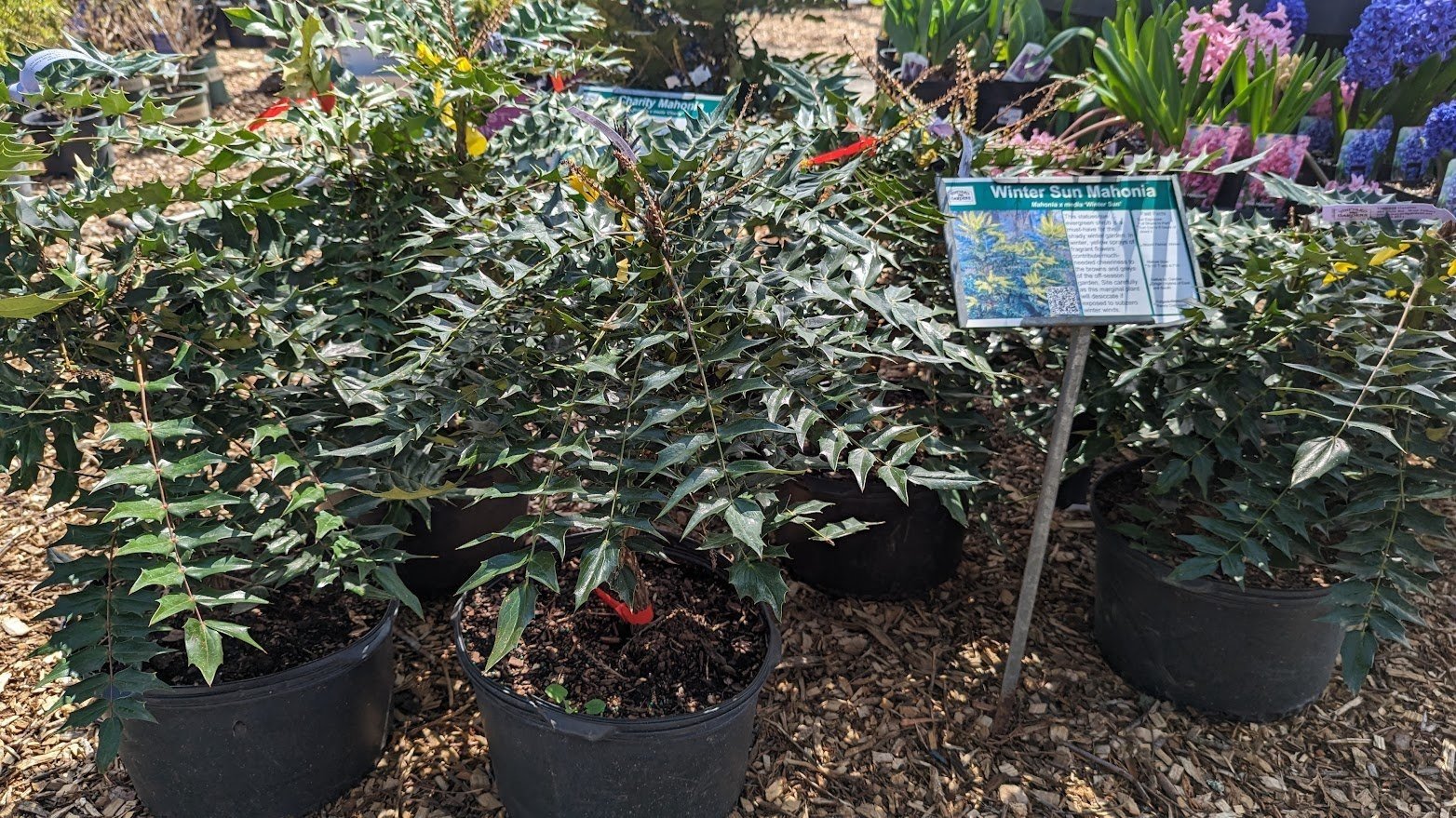
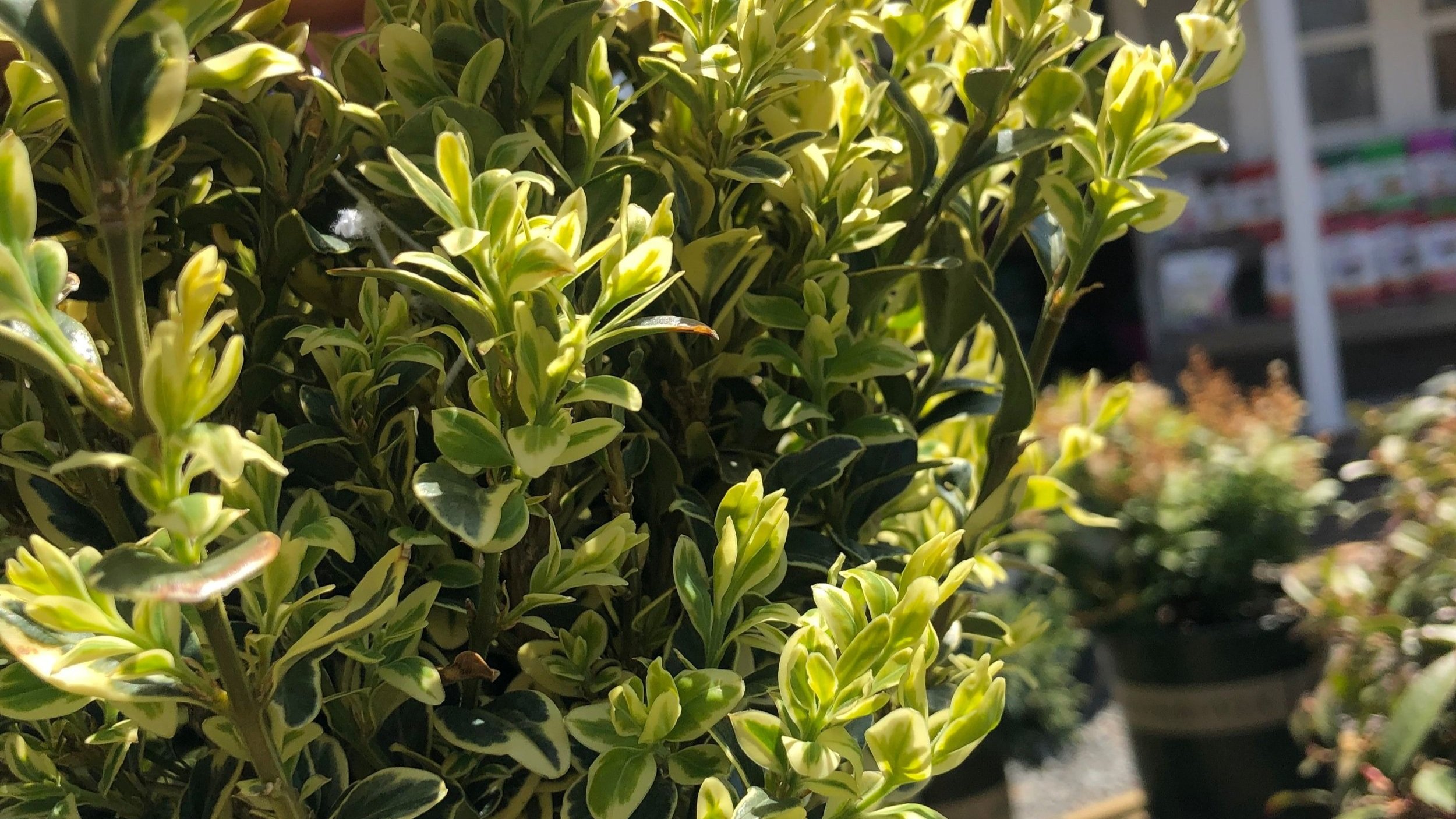

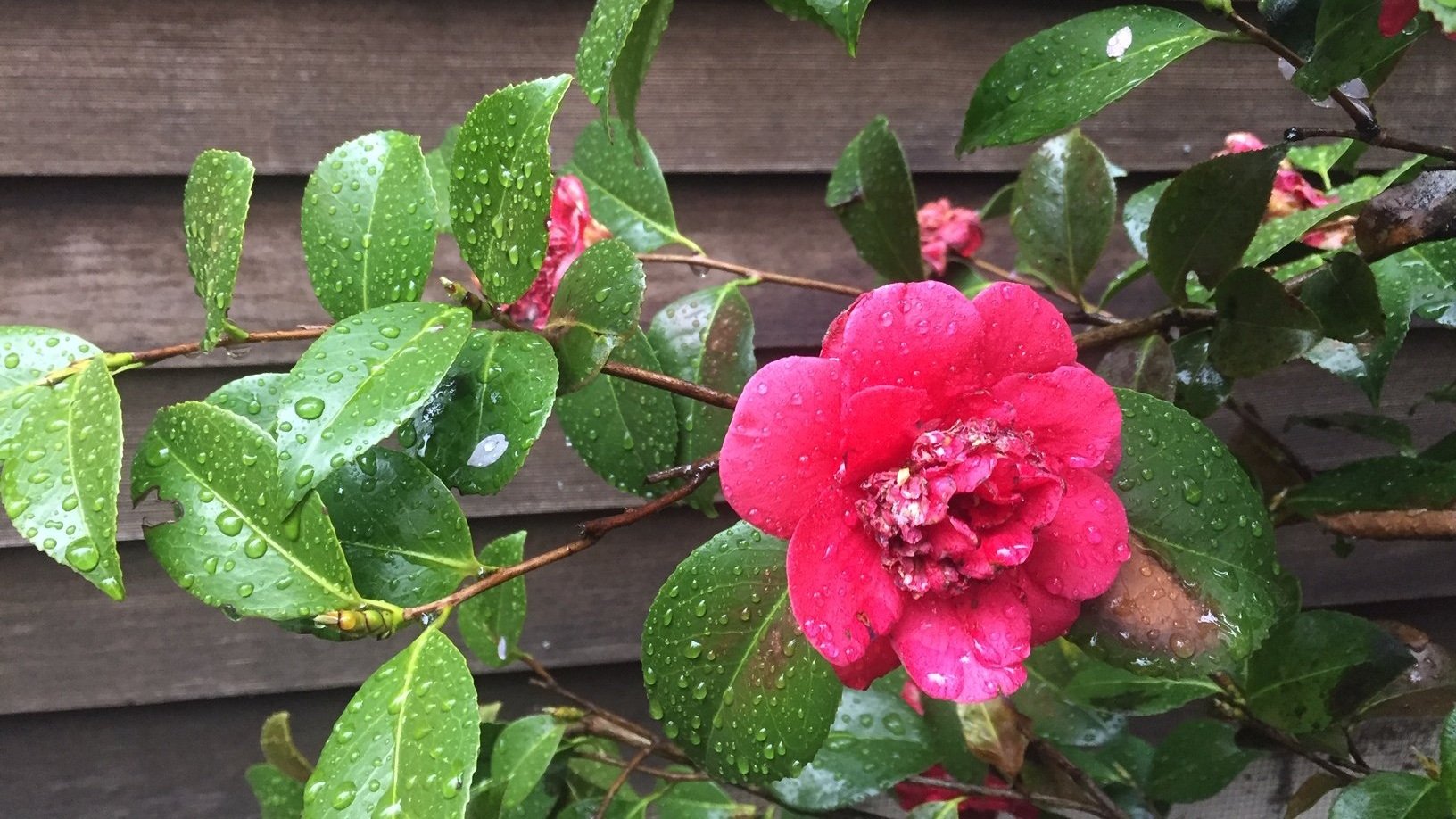
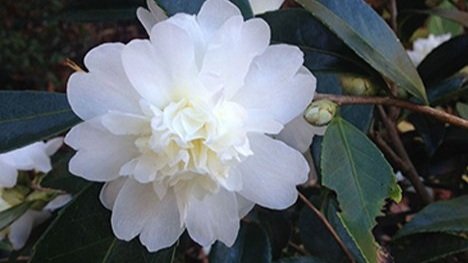




![Hibiscus 'Berry Awesome' [photo credit Walters Gardens, Inc]](https://images.squarespace-cdn.com/content/v1/581a4aee8419c21ac8e2a58f/1721184861844-DEORC3R0F76KLRQFY25J/Hibiscus+%27Berry+Awesome%27+PP27936+CPBR5647+0001+high+res_waltersgarden.jpg)
![Hibiscus 'Berry Awesome' [photo credit Walters Gardens, Inc]](https://images.squarespace-cdn.com/content/v1/581a4aee8419c21ac8e2a58f/1721184873731-T9TMW5MLVHJR7IHM3RZO/Hibiscus+%27Berry+Awesome%27+PP27936+CPBR5647+0002+high+res_waltersgarden.jpg)
![Hibiscus 'Candy Crush' [photo credit Walters Gardens, Inc]](https://images.squarespace-cdn.com/content/v1/581a4aee8419c21ac8e2a58f/1721184873328-XDJQOX1NMIOCNLIL52Q6/Hibiscus+%27Candy+Crush%27+PP32587+CPBRAF+0000+high+res-waltersgarden.jpg)
![Hibiscus 'Dark Mystery' [photo credit Walters Gardens, Inc]](https://images.squarespace-cdn.com/content/v1/581a4aee8419c21ac8e2a58f/1721184875920-V9A6T09VI7TWQOHKPYNS/Hibiscus+%27Dark+Mystery%27+PP32036+0001+high+res.jpg)
![Hibiscus 'Holy Grail' [photo credit Walters Gardens, Inc]](https://images.squarespace-cdn.com/content/v1/581a4aee8419c21ac8e2a58f/1721184884774-AMGUI6E09XHJNL95I3OC/Hibiscus+%27Holy+Grail%27+PP31478+CPBRAF+0005+high+res.jpg)
![Hibiscus 'Marshmallow Moon' [photo credit Walters Gardens, Inc]](https://images.squarespace-cdn.com/content/v1/581a4aee8419c21ac8e2a58f/1721184881911-H4SMV7QWEE6DZATXPBBK/Hibiscus+%27Marshmallow+Moon%27+PP35990+0001+high+res.jpg)
![Hibiscus 'Midnight Marvel' [photo credit Walters Gardens, Inc]](https://images.squarespace-cdn.com/content/v1/581a4aee8419c21ac8e2a58f/1721184884818-SL37C4I1W1F8OW2KI013/Hibiscus+%27Midnight+Marvel%27+PP24079+0001+high+res.jpg)
![Hibiscus 'Perfect Storm' [photo credit Walters Gardens, Inc]](https://images.squarespace-cdn.com/content/v1/581a4aee8419c21ac8e2a58f/1721184888055-55KI3BZMLO5FXZKYFJBX/Hibiscus+%27Perfect+Storm%27+PP27880+CPBR5648+0003+high+res.jpg)
